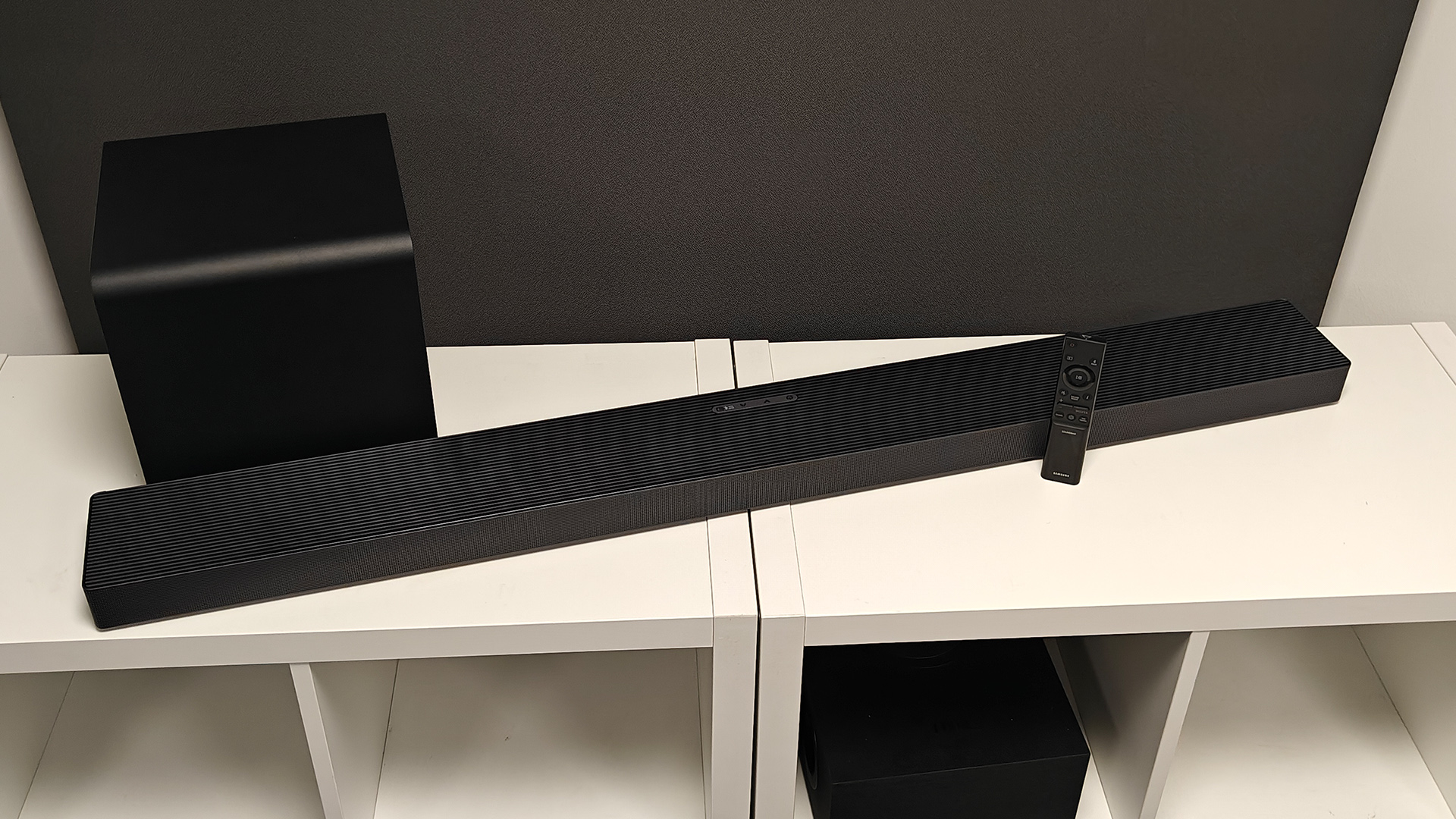Best AirPods Max alternatives 2025: amazing options picked by our experts
Apple's premium over-ears aren't the only game in town...
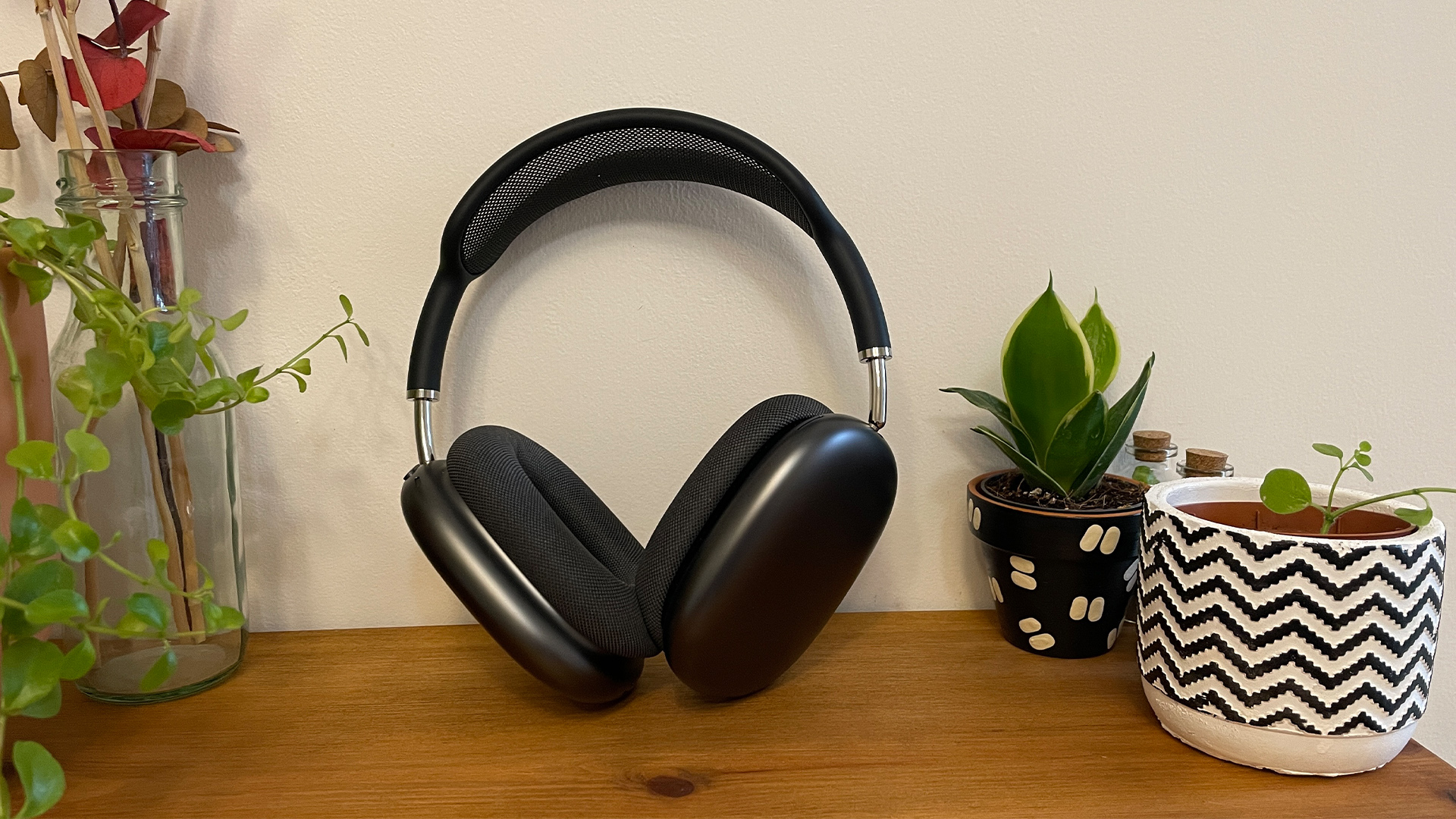
The AirPods Max are still five-star headphones five years after they launched, but they once again missed out an Award this year. In fact, they haven't won since 2021. Even the 2024 refresh didn't earn them a gong.
That's because the competition is fiercer than ever. The last few months alone have seen the launch of the Focal Bathys MG, Bowers & Wilkins Px8 S2 and Bose QuietComfort Ultra Headphones (2nd Gen). Enough to give any headphone maker sleepless nights.
So if you are tempted to shun Apple, you're not short of options.
Below are some of the best over-ear headphones you can buy, and – crucially – they all best the AirPods Max in at least one area, be it sound quality, versatility, price or something else. And they all work just as well with Android devices as they do with iOS.
The Sony WH-1000XM6 are the newest addition to our list in the 'best overall' slot. They replace the Award-winning XM5, and are an improvement in pretty much every area.
With over 150 years of experience between them, our reviewers are well-versed in what makes a good pair of headphones. We test each pair out in the real world, then in our dedicated test rooms to zero in on sound quality.
Whether you're using them in your own listening room or on a packed commuter train, you can rest assured you're getting the best for your money.
We explain more about how we test AirPods Max alternatives below. Or you can read more about how we test headphones.
- Read all about the AirPods Max 2
- AirPods Max vs AirPods Max (2024): what's the difference?
4th November 2025: We've updated the intro and various entries in light of our most recent Awards, though no products have been changed. 4th July 2025: The Sony WH-1000XM6 scored five stars in our review, so they've gone straight into our list as the best all-rounders. They replace their predecessors, the XM5, and promise to be a tough pair to shift.

I have 20 years' experience writing about headphones, and still remember my first Bose QC2s, complete with AAA battery. While Apple might dominate many categories, its headphones face fierce competition from more established industry rivals. That's truer than ever with the AirPods Max – unless you're an Apple diehard, chances are you'll be better served by one of the below.
The best AirPods Max alternatives we recommend in 2025
Why you can trust What Hi-Fi?
Best overall
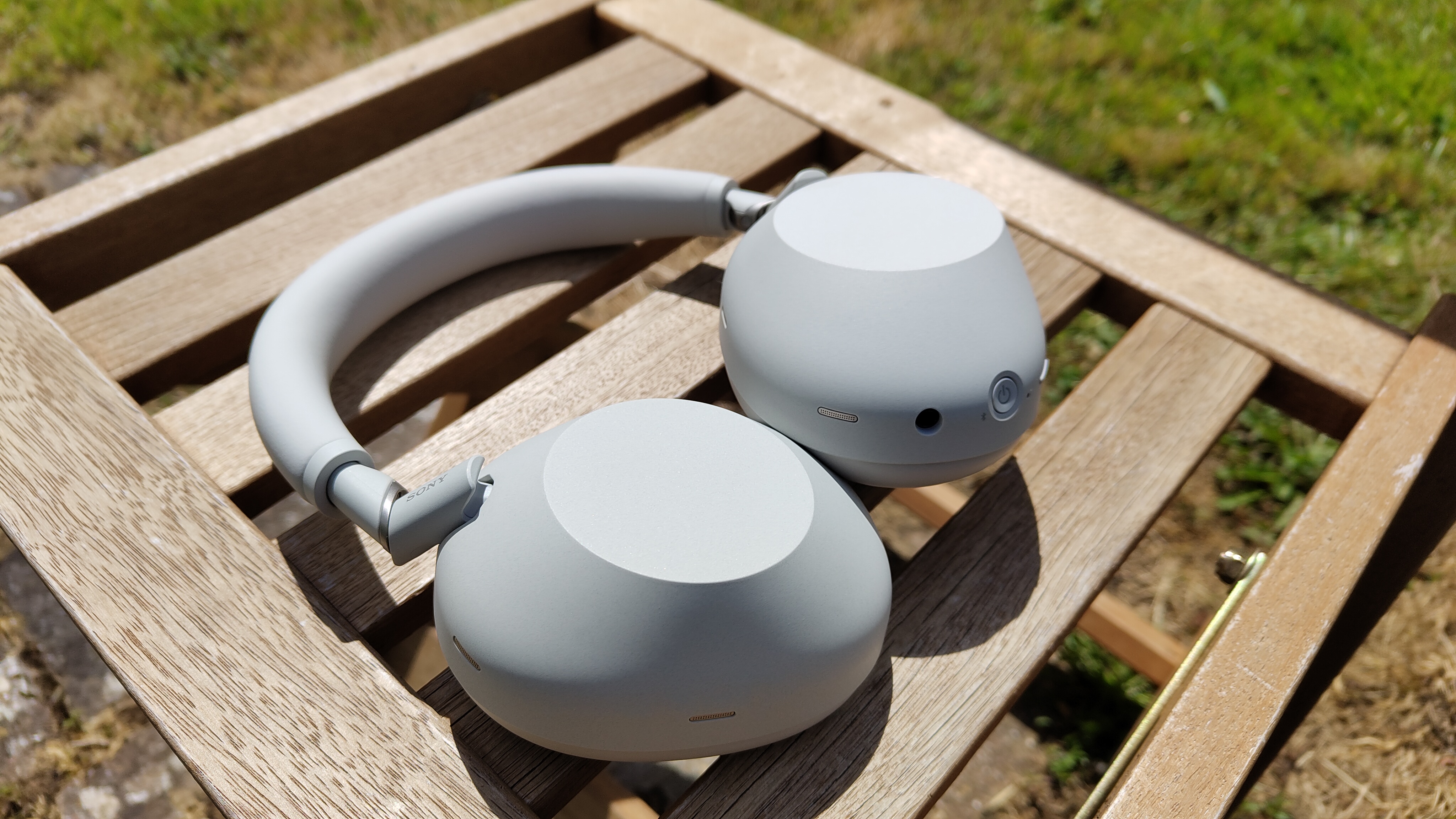
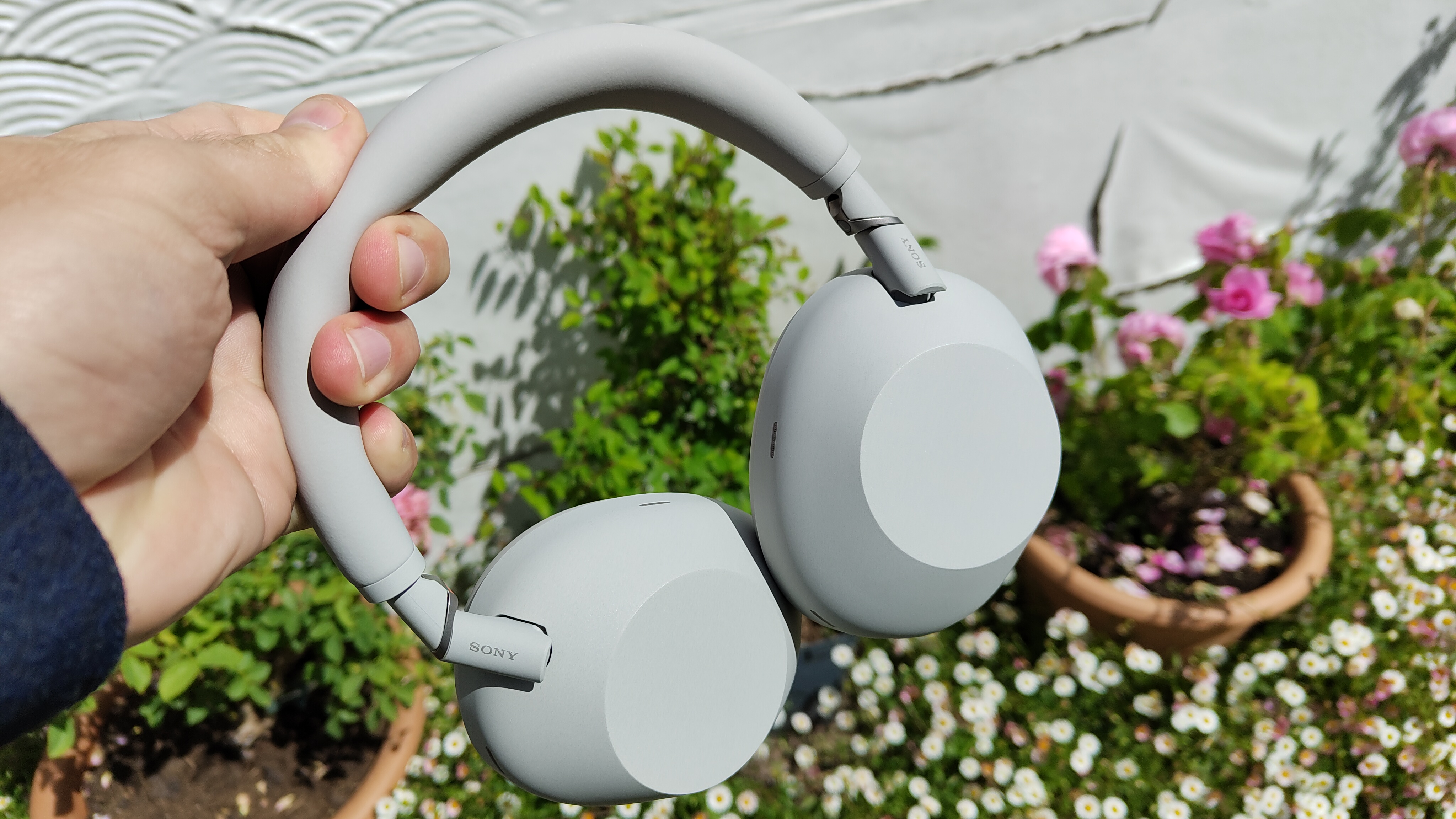
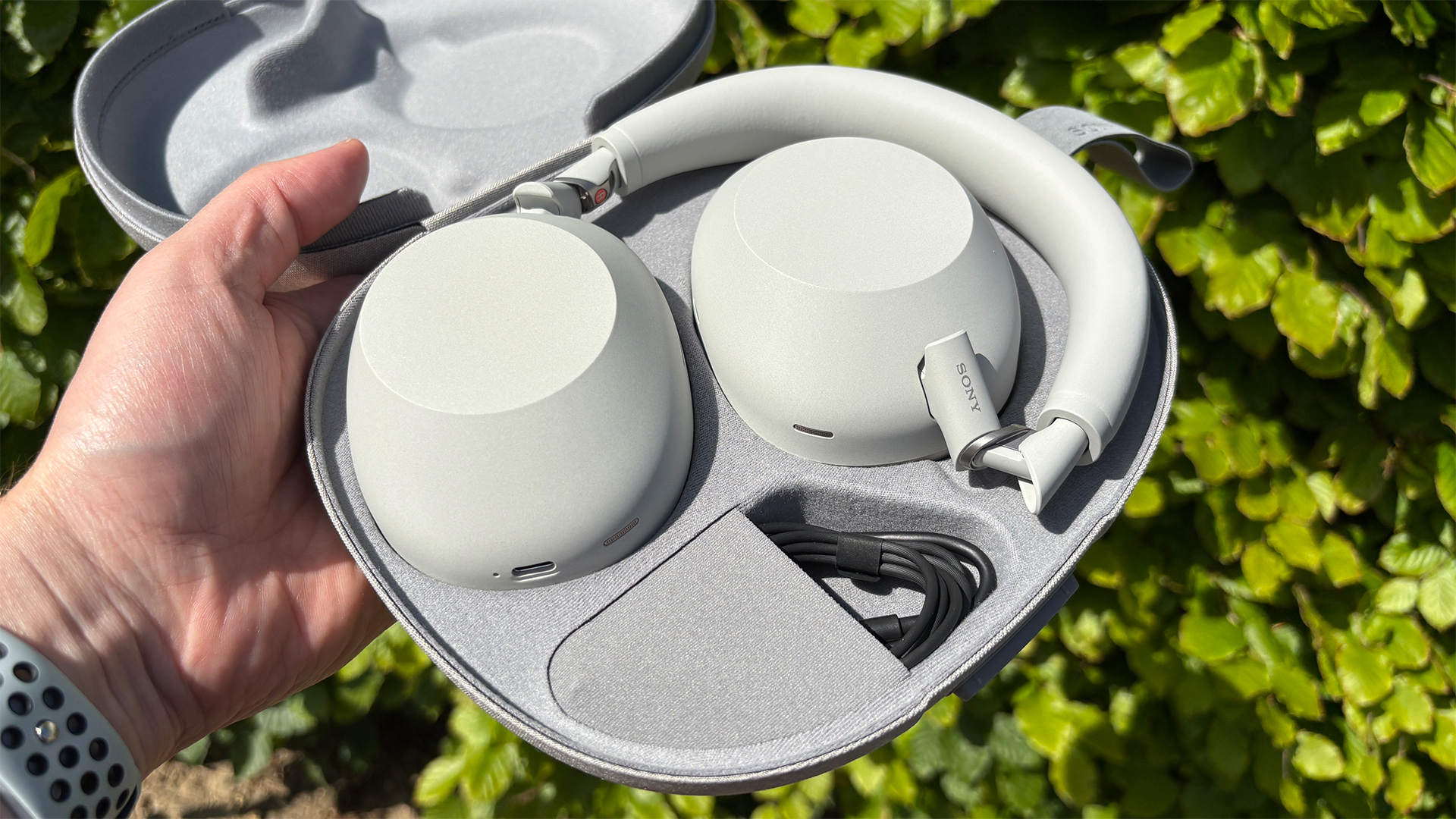
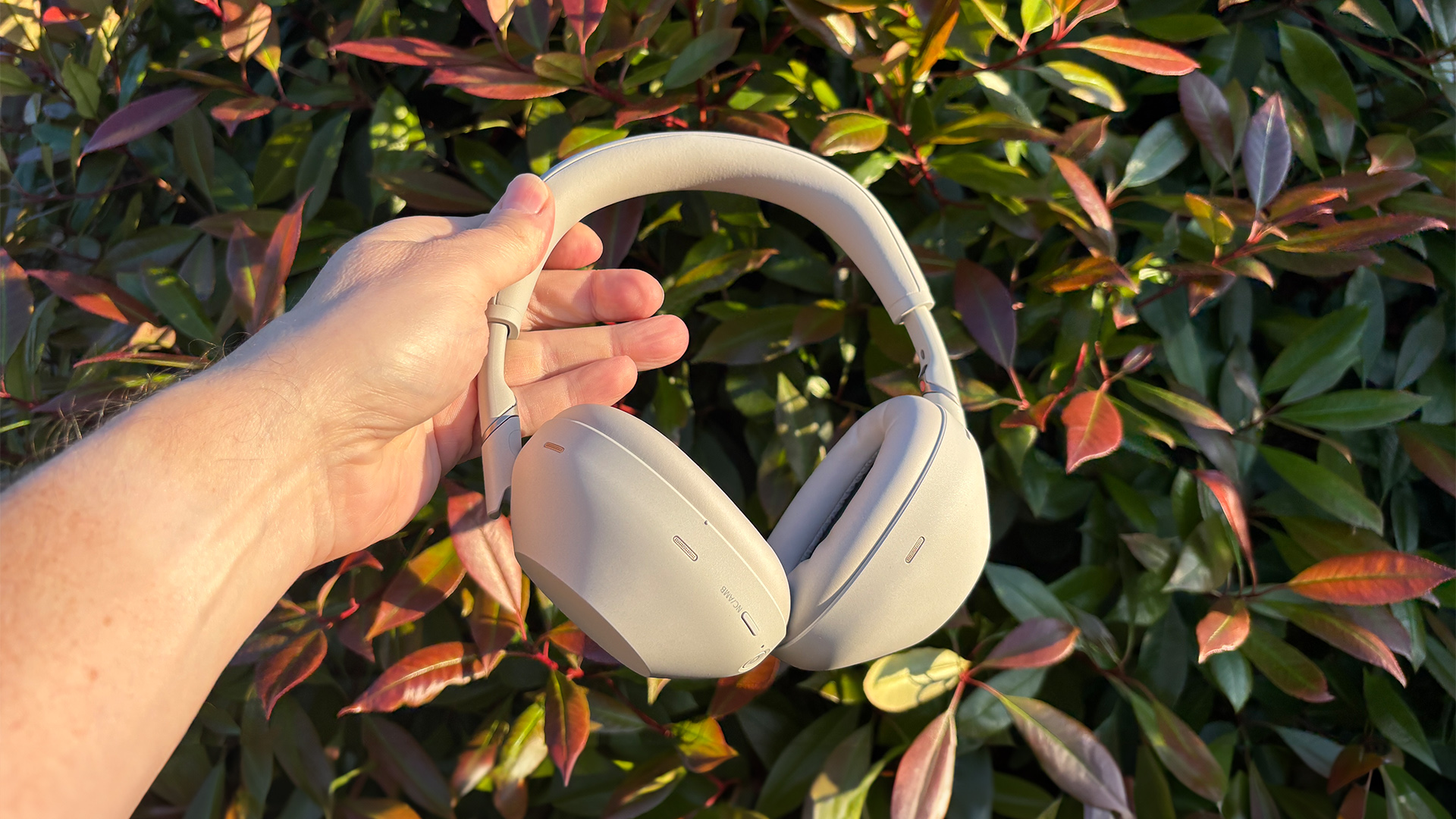
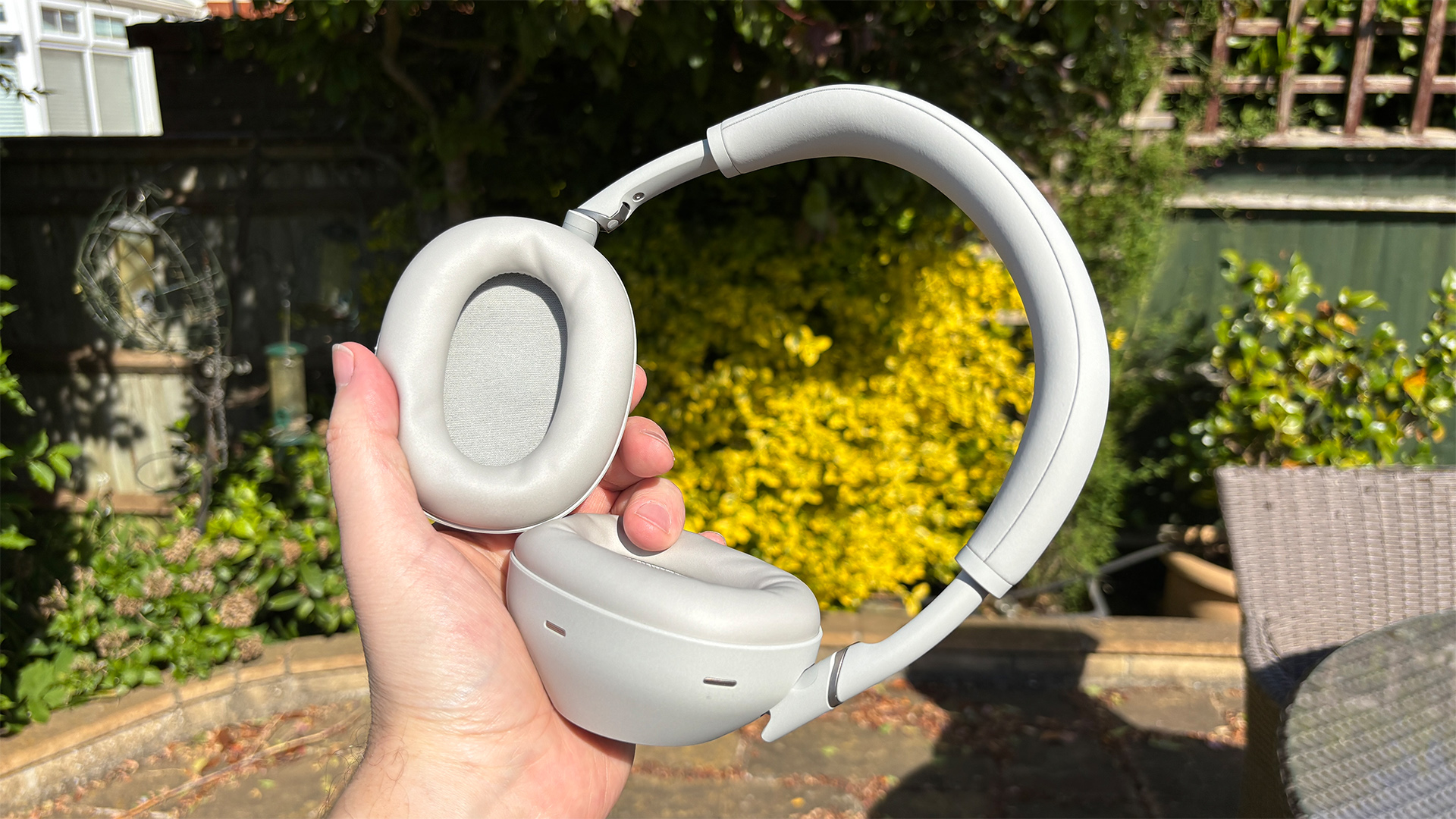
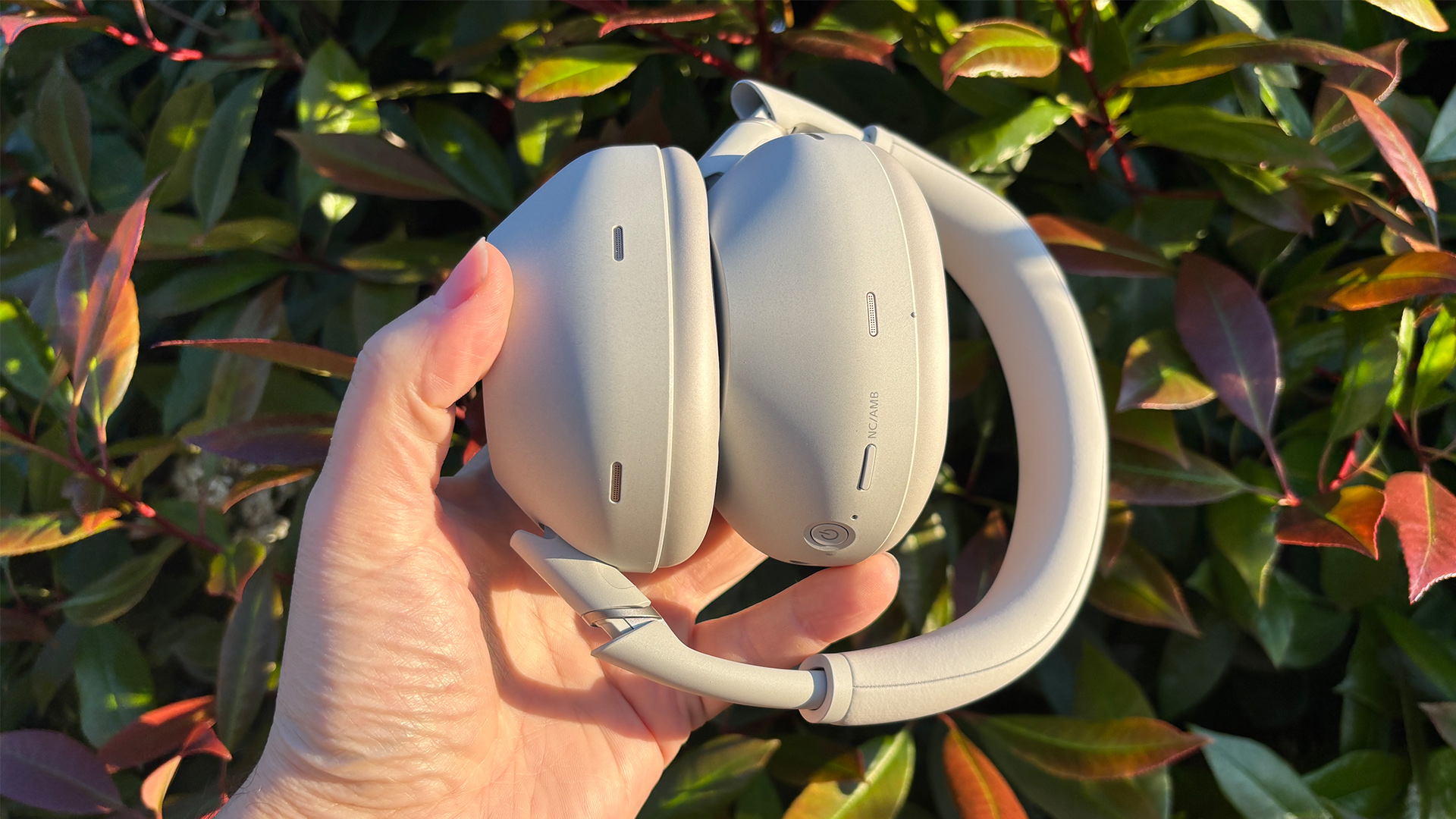
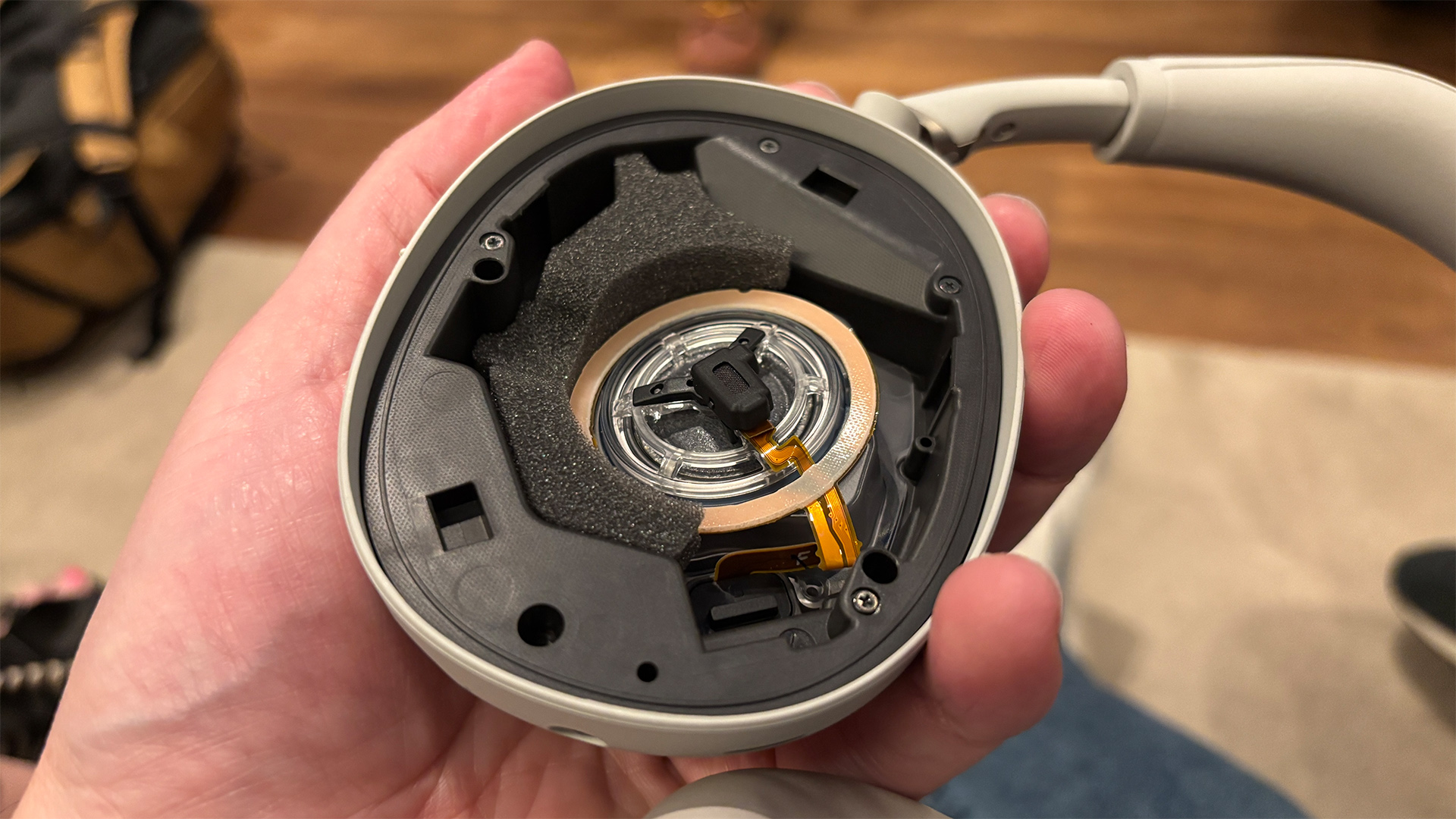
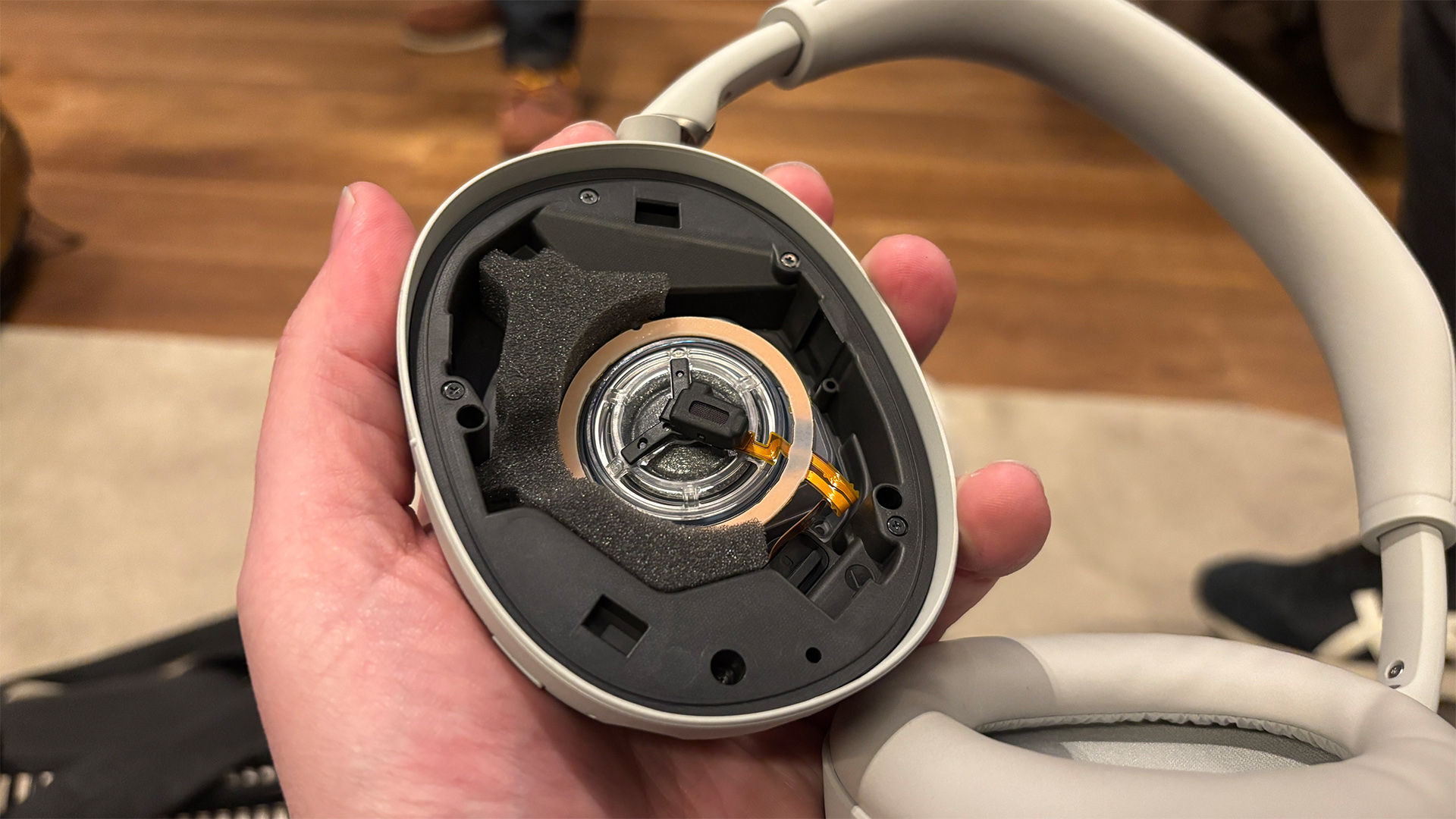
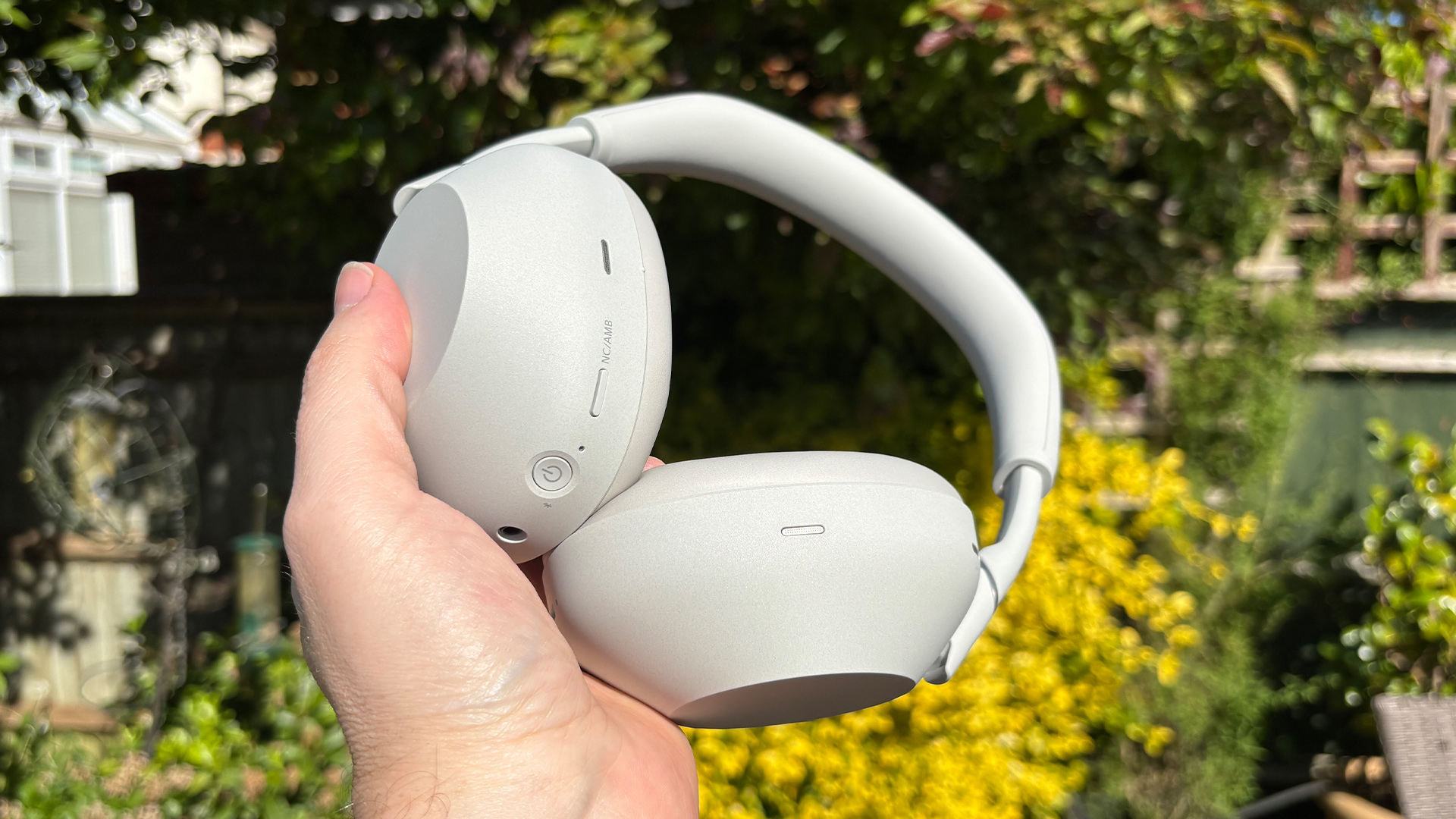
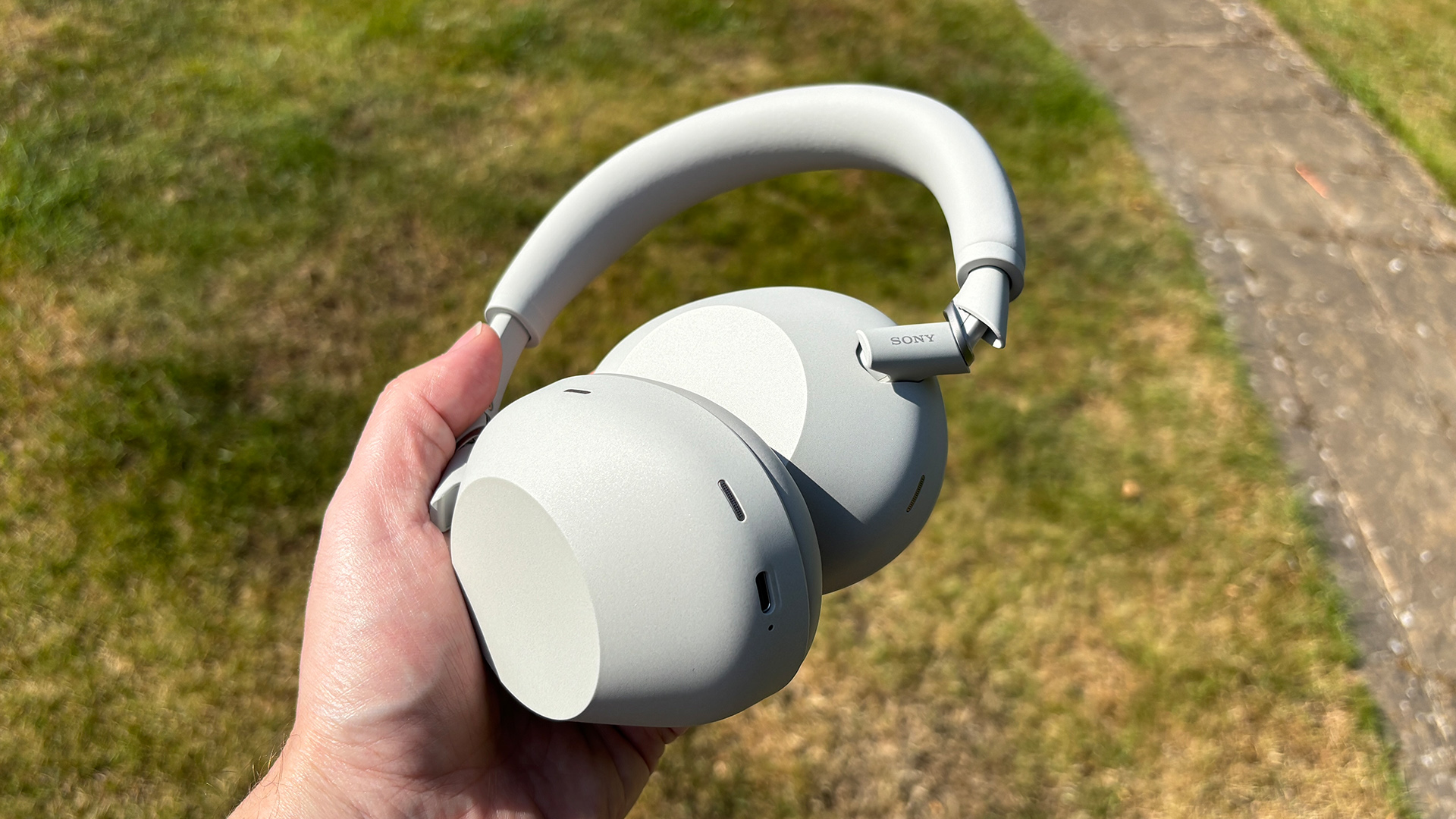
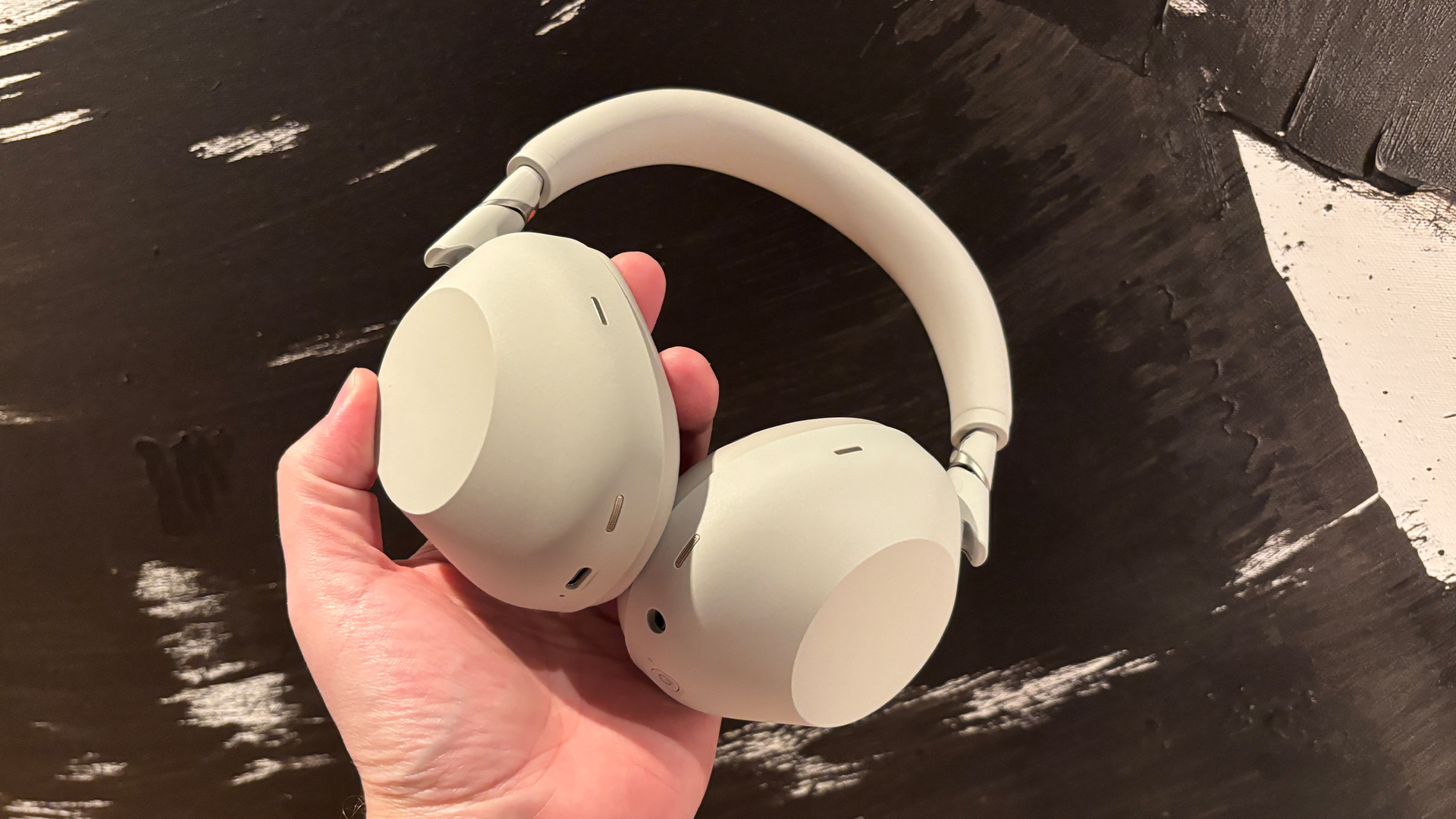
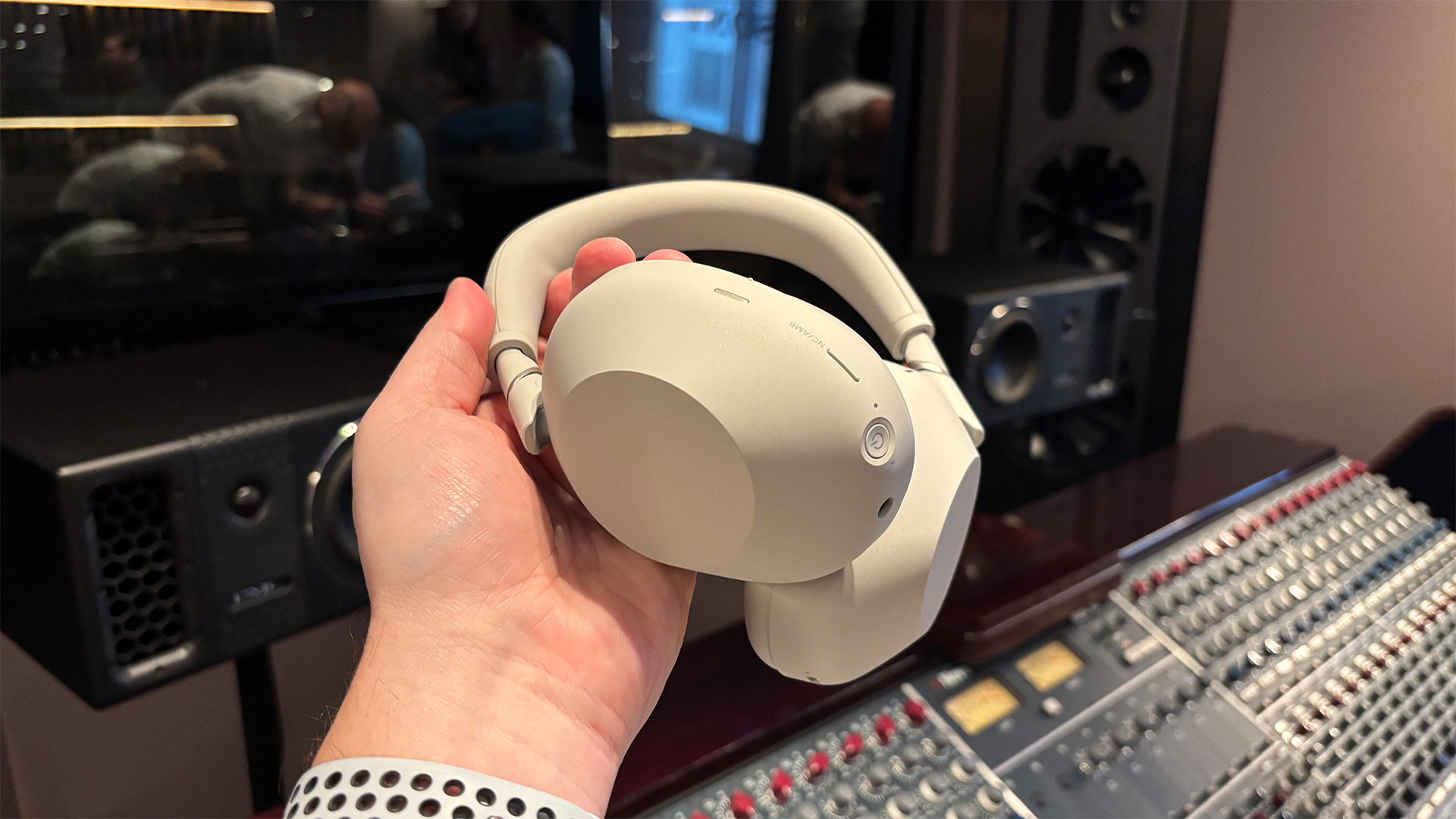
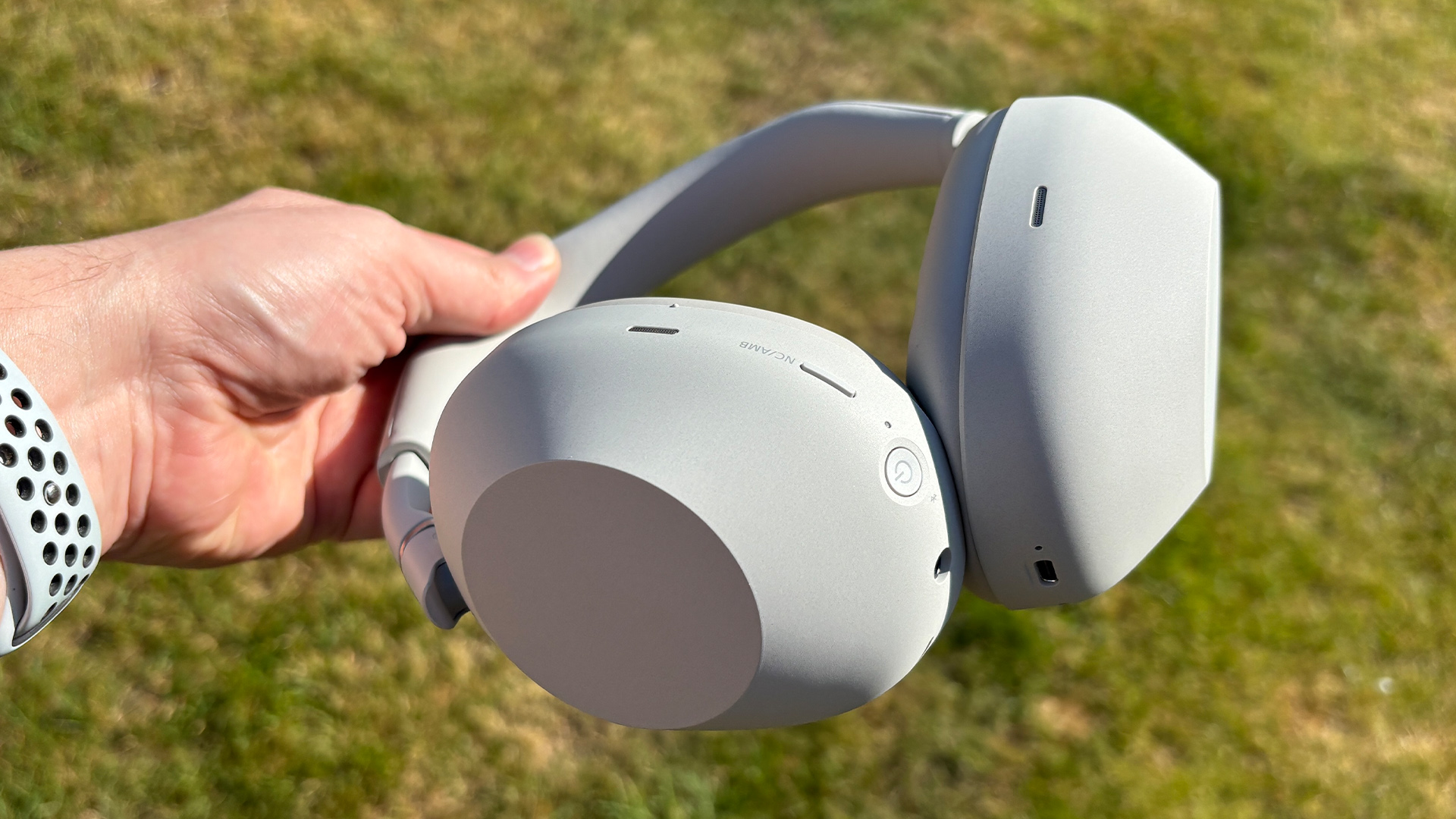
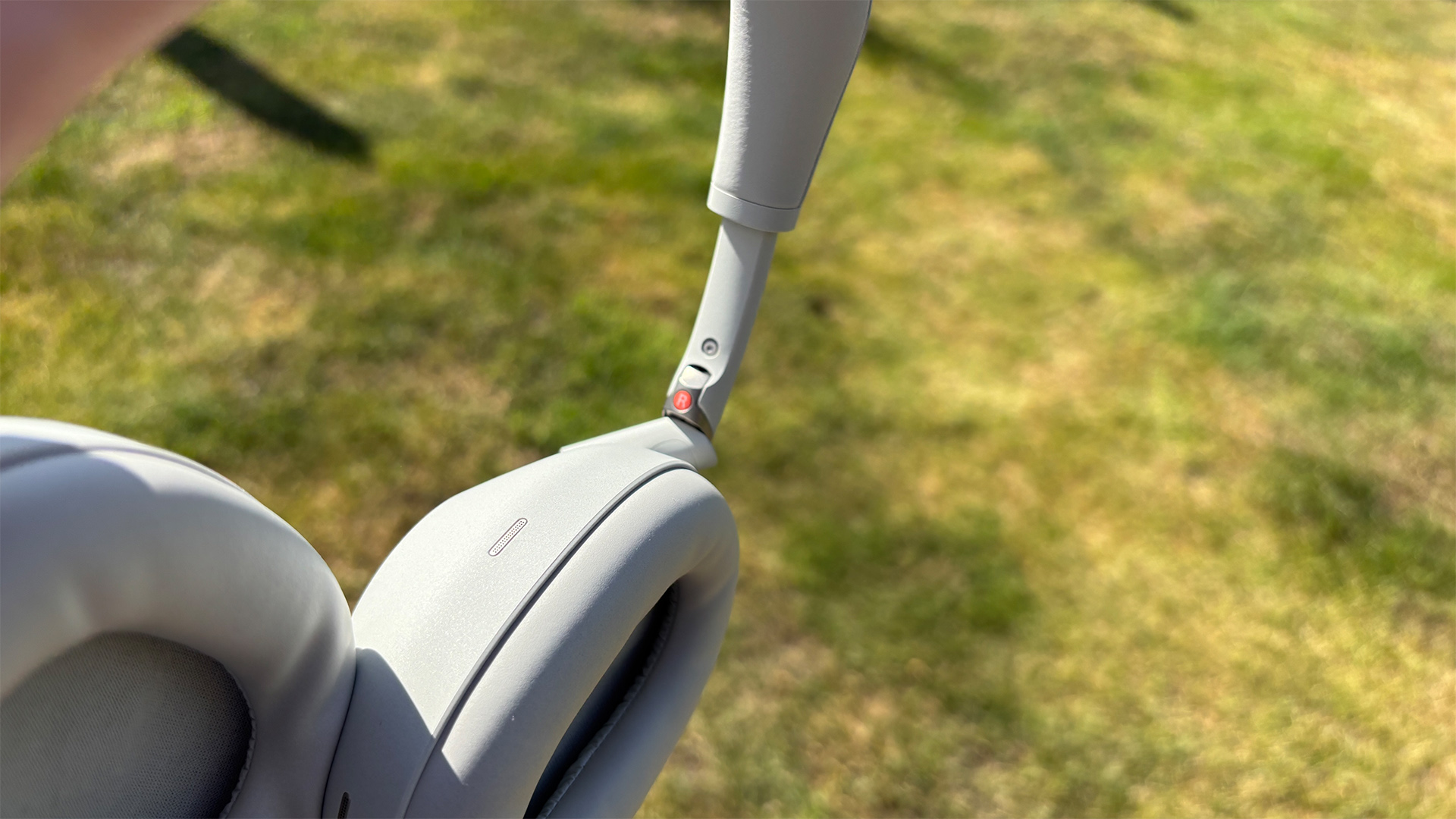
Specifications
Reasons to buy
Reasons to avoid
The latest AirPods Max update did nothing to improve the headphones' sound quality, which left the door wide open for Sony. The XM6 don't only step through it, they rip it off its hinges and throw it out of the window.
They sound even better than their Award-winning predecessors, which sounded very good indeed.
“The way the headphones draw the edges of strings feels like they are extracting every ounce of information possible, leaving nothing left in the tank,” we wrote in our review.
The XM6 improve the dynamics and the sense of expression, and they uncover more texture and fine detail. And all aided by a sound field that’s as open as we’ve heard from a pair of wireless headphones at this price.
Noise cancellation is also improved (and it was already better than the AirPods Max's) thanks to the adaptive NC optimiser, which constantly adapts to changes in your environment as you move.
The design has been improved too – the earcups now fold into a ball for easy transporting, and they're more comfortable for long listening sessions. And they feature some tech borrowed from Sony's high-end Walkman portable music players.
Add to this that they build on an already very solid foundation in the form of the XM5, and you have true all-rounders that are a very worthy alternative to Apple's finest.
Read the full Sony WH-1000XM6 review
Best noise cancelling
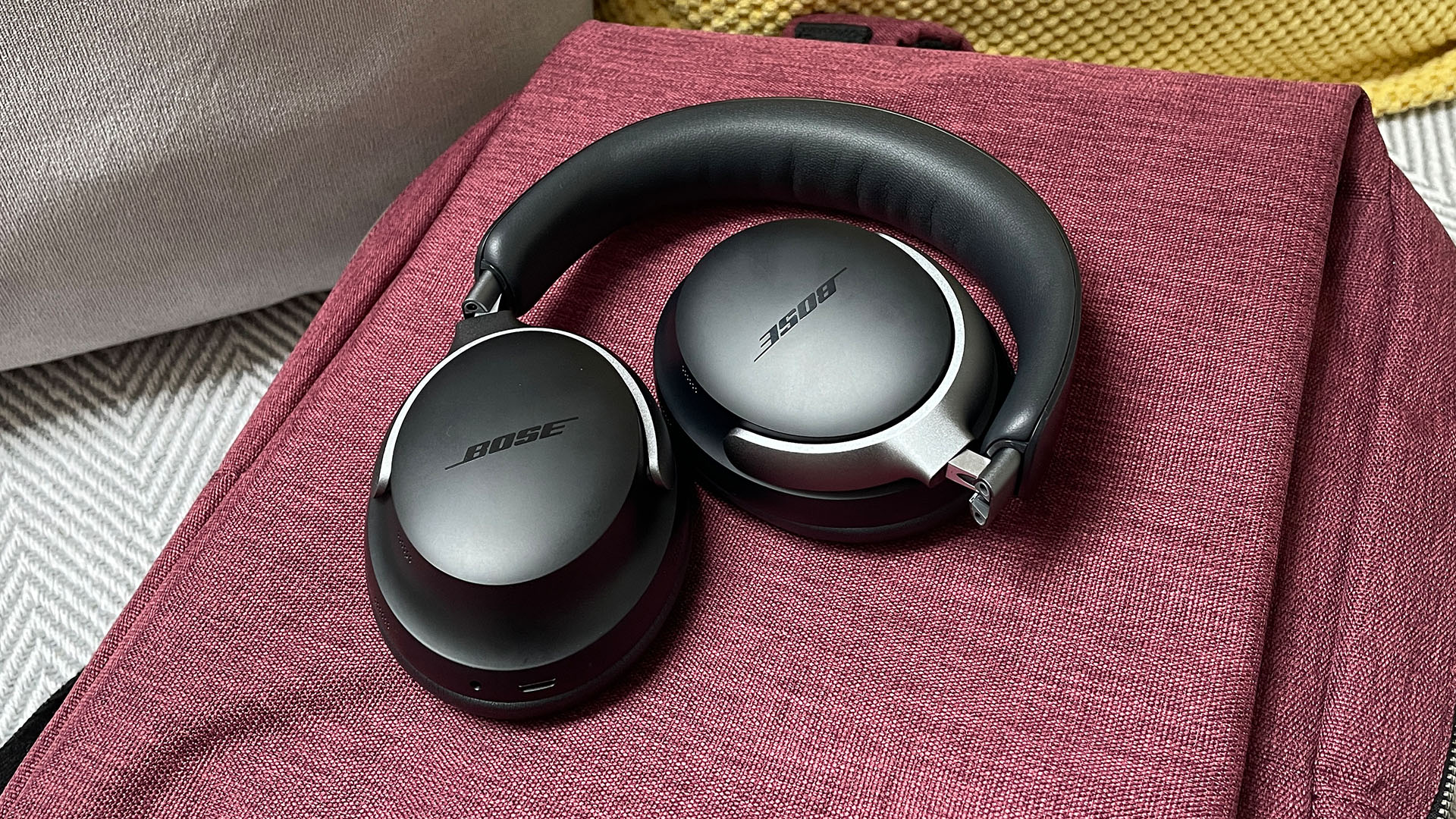
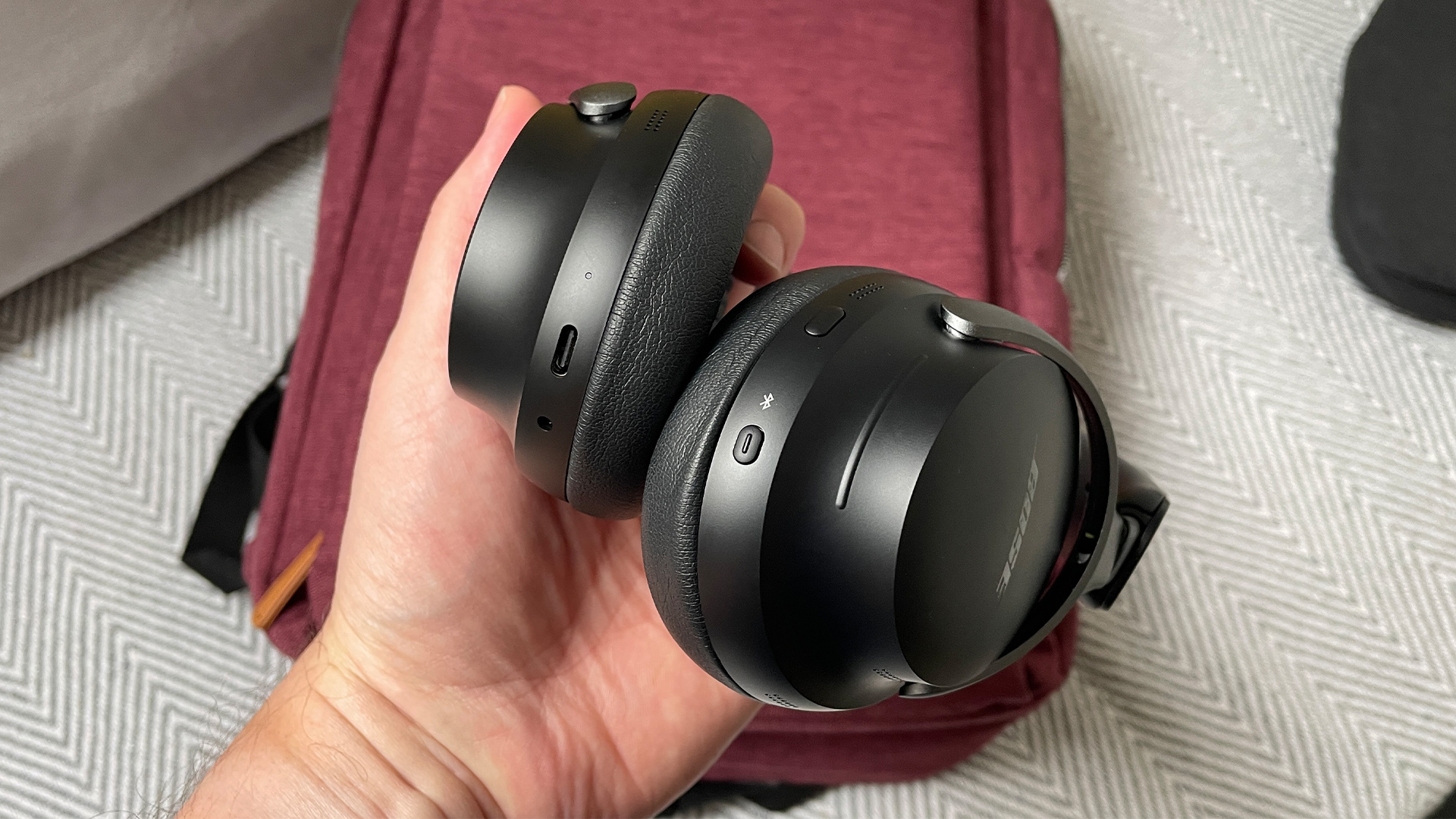
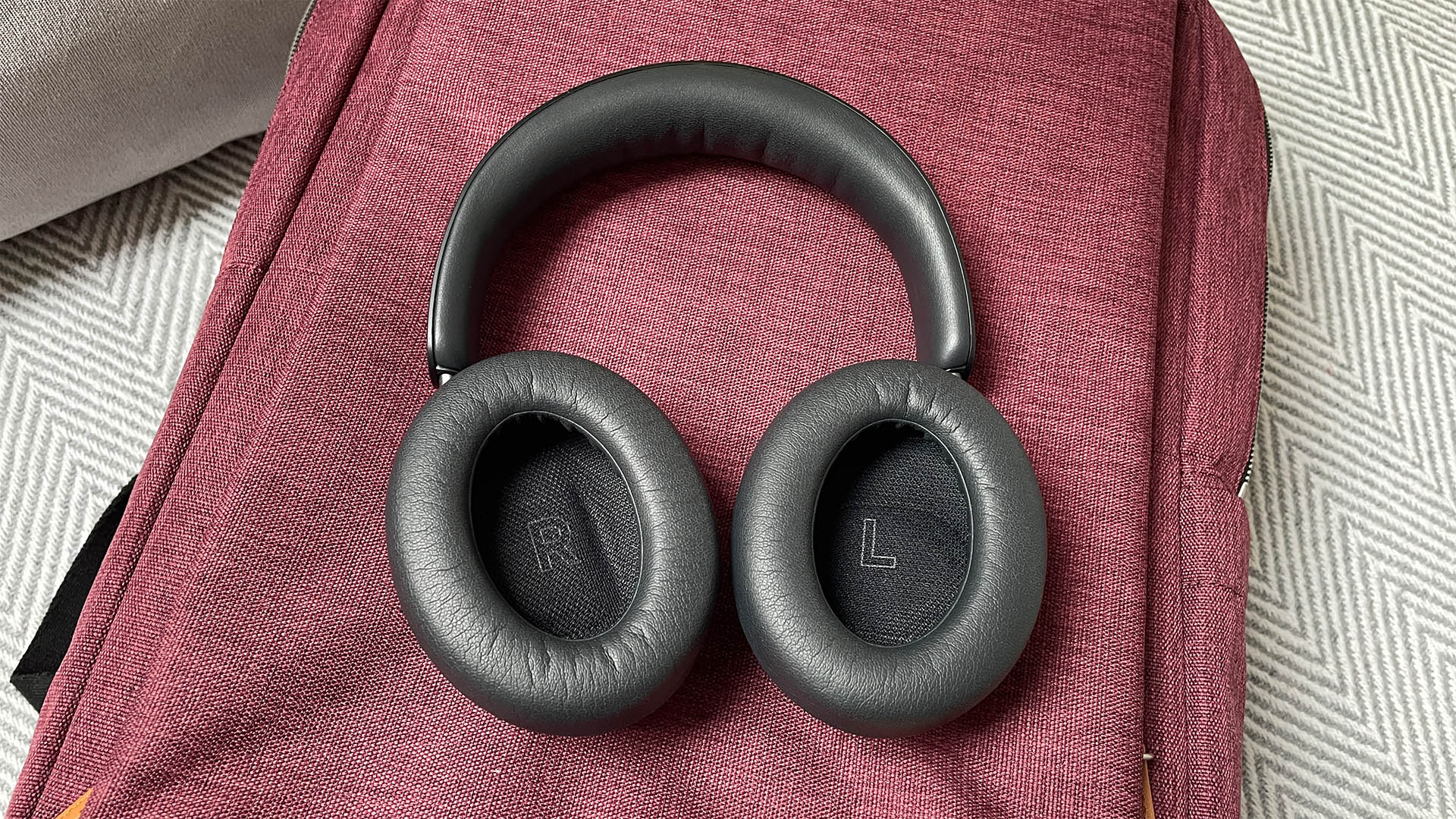
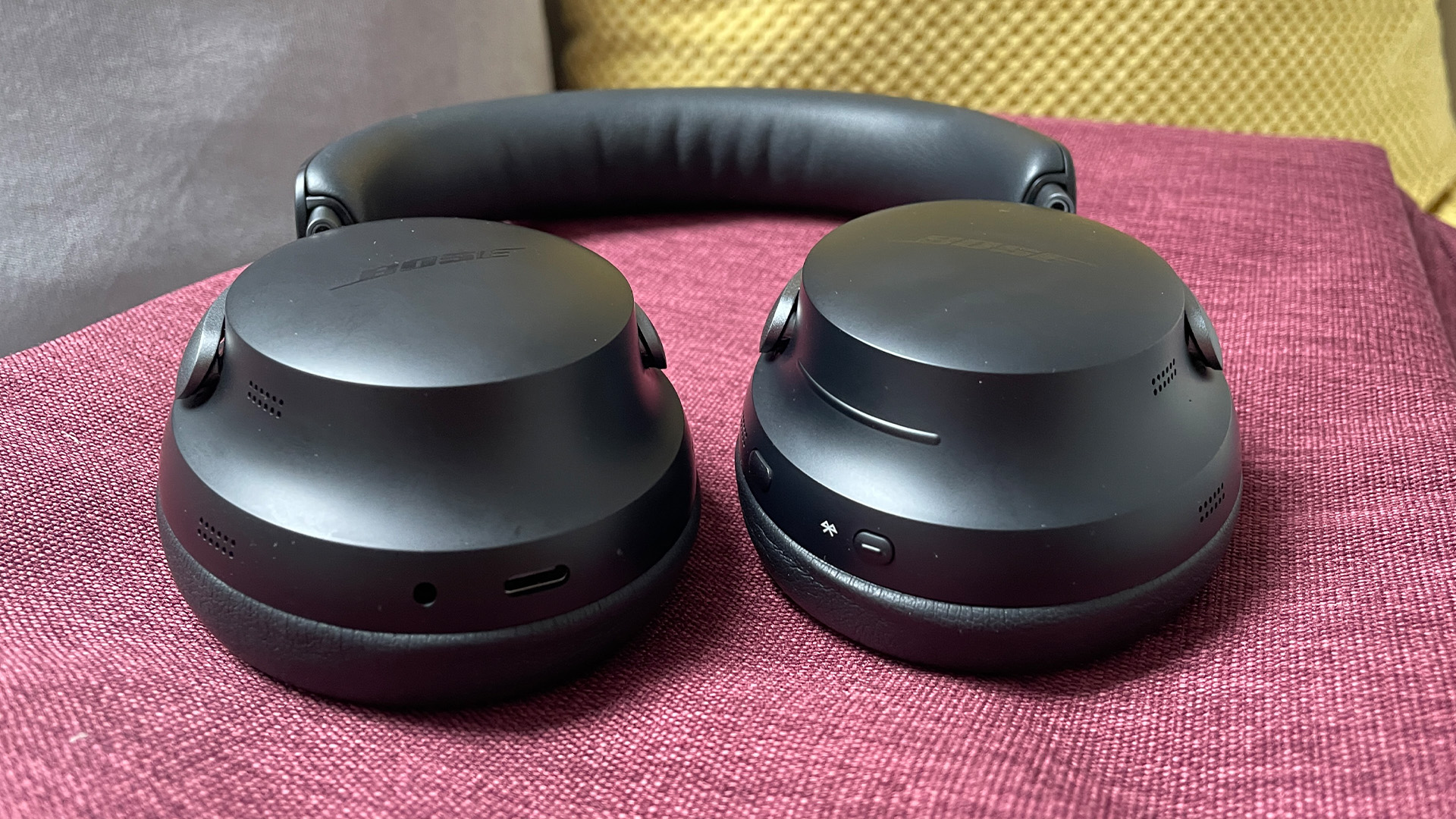
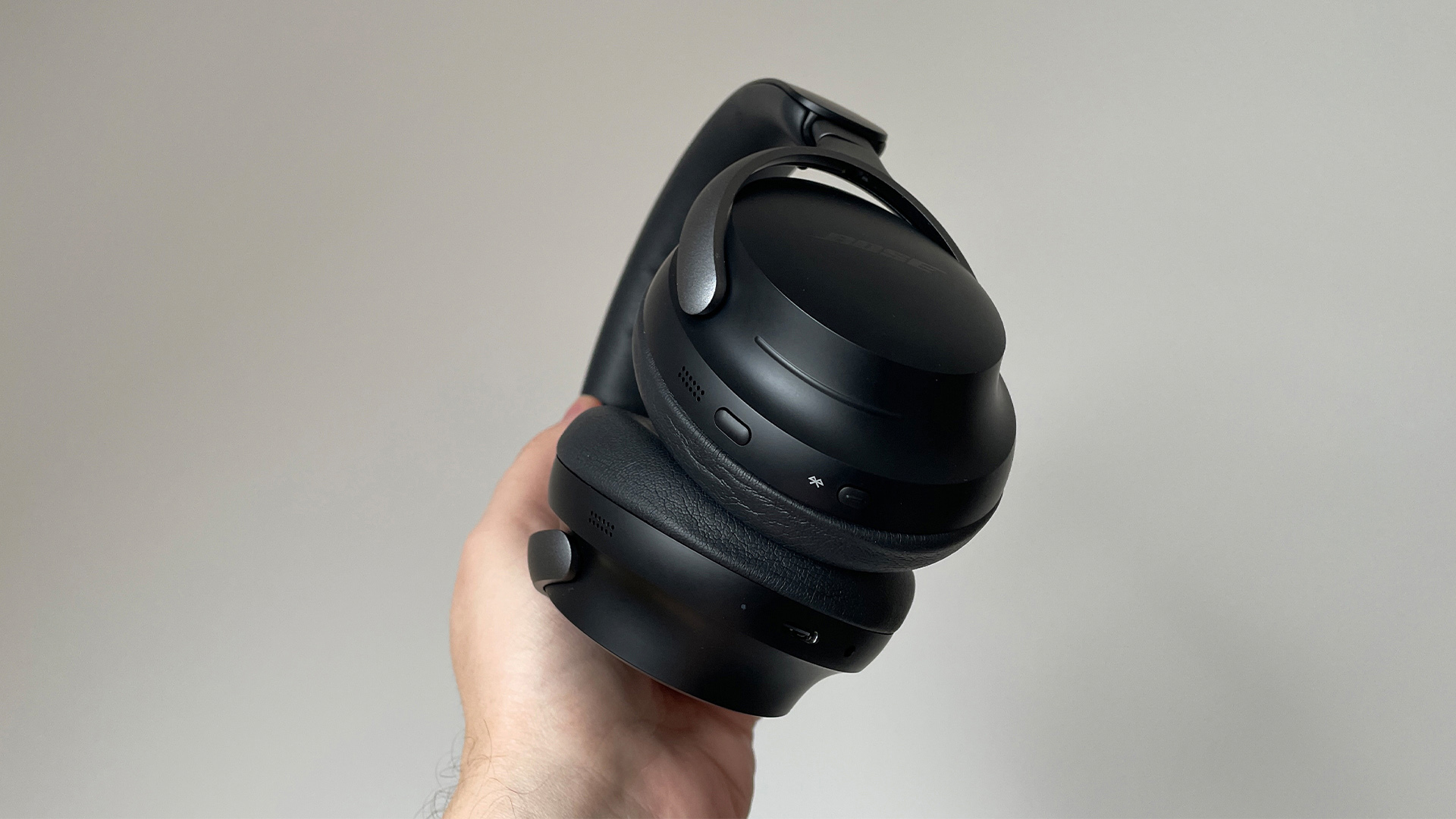
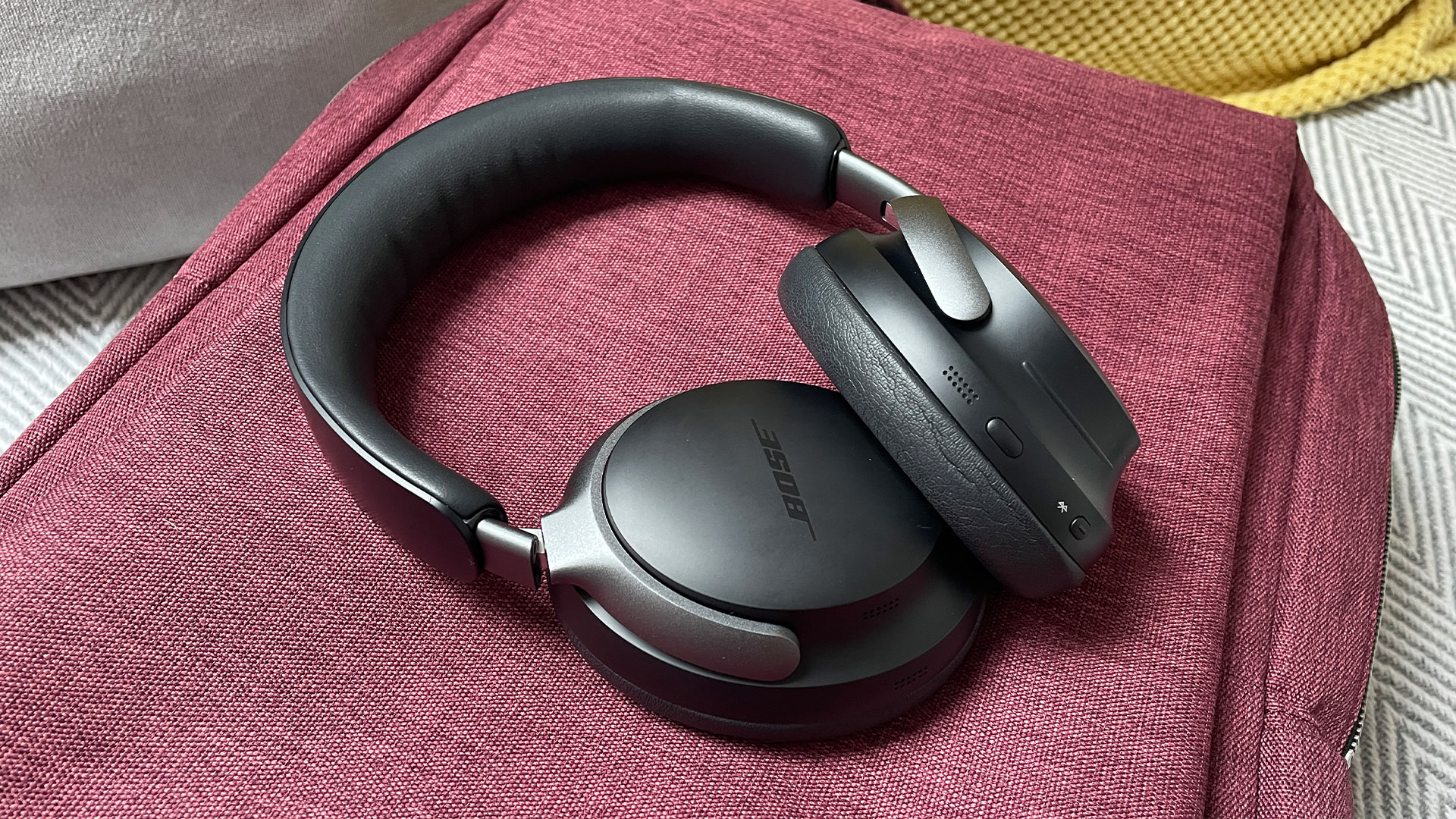
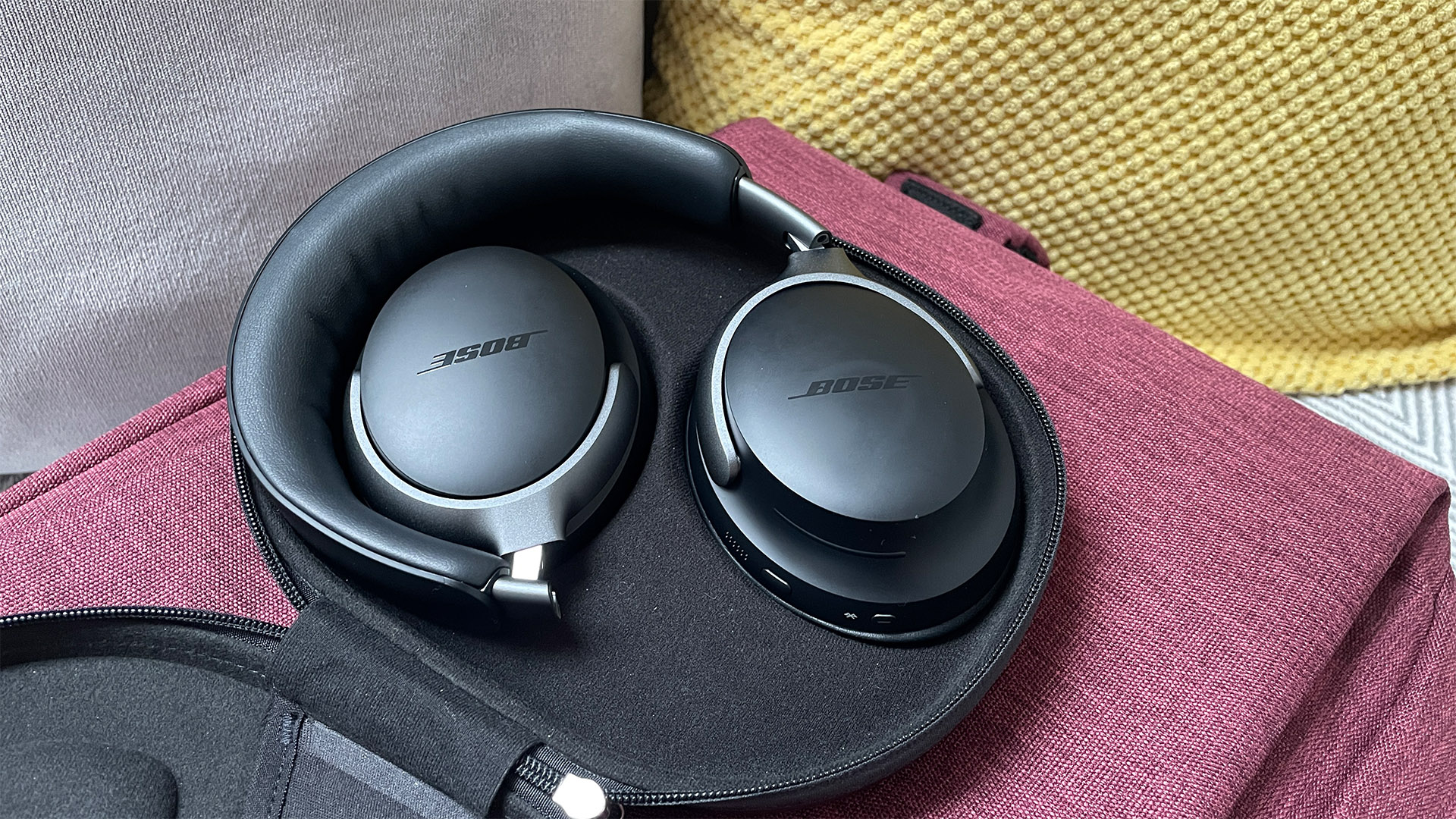

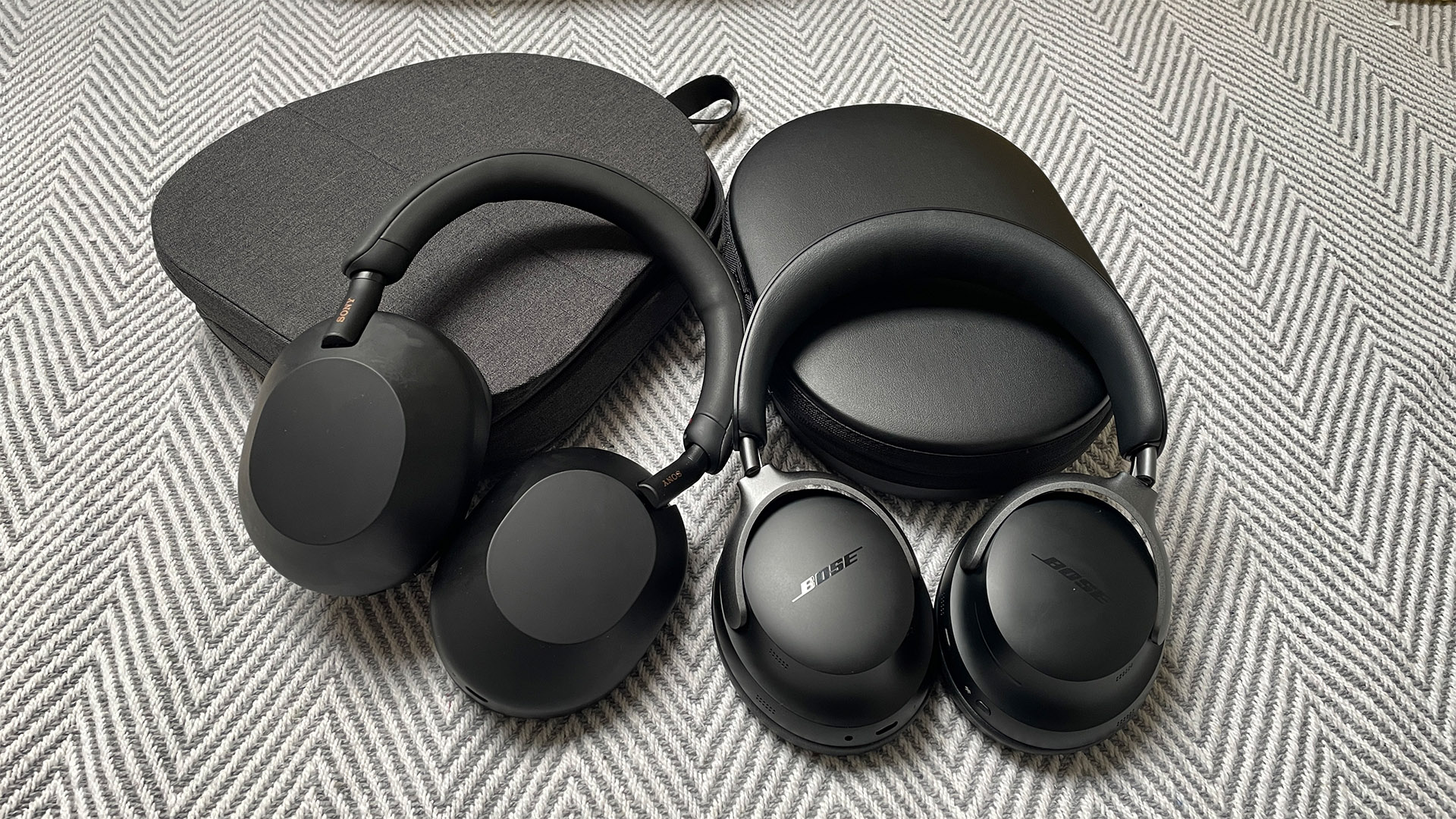
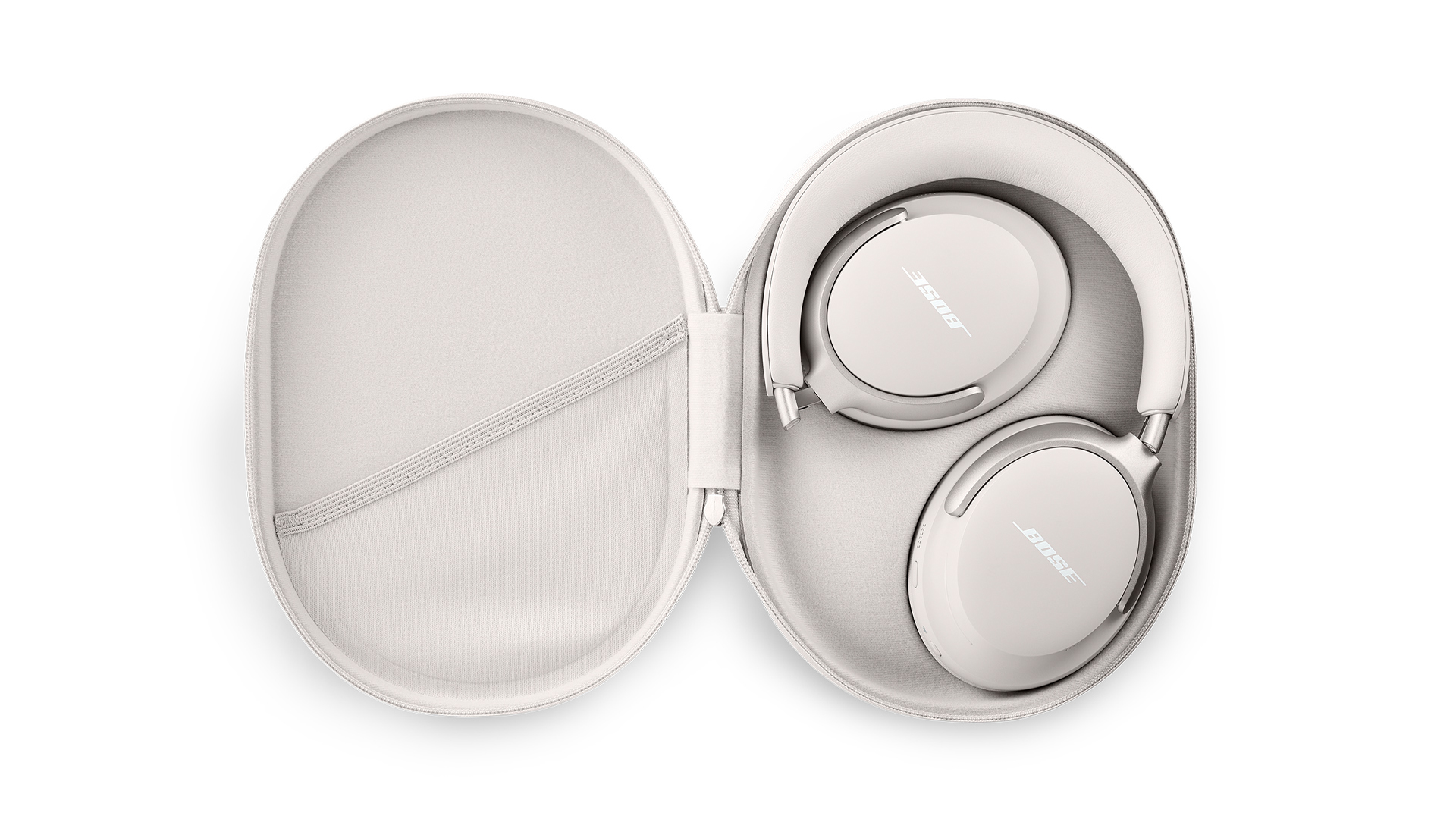
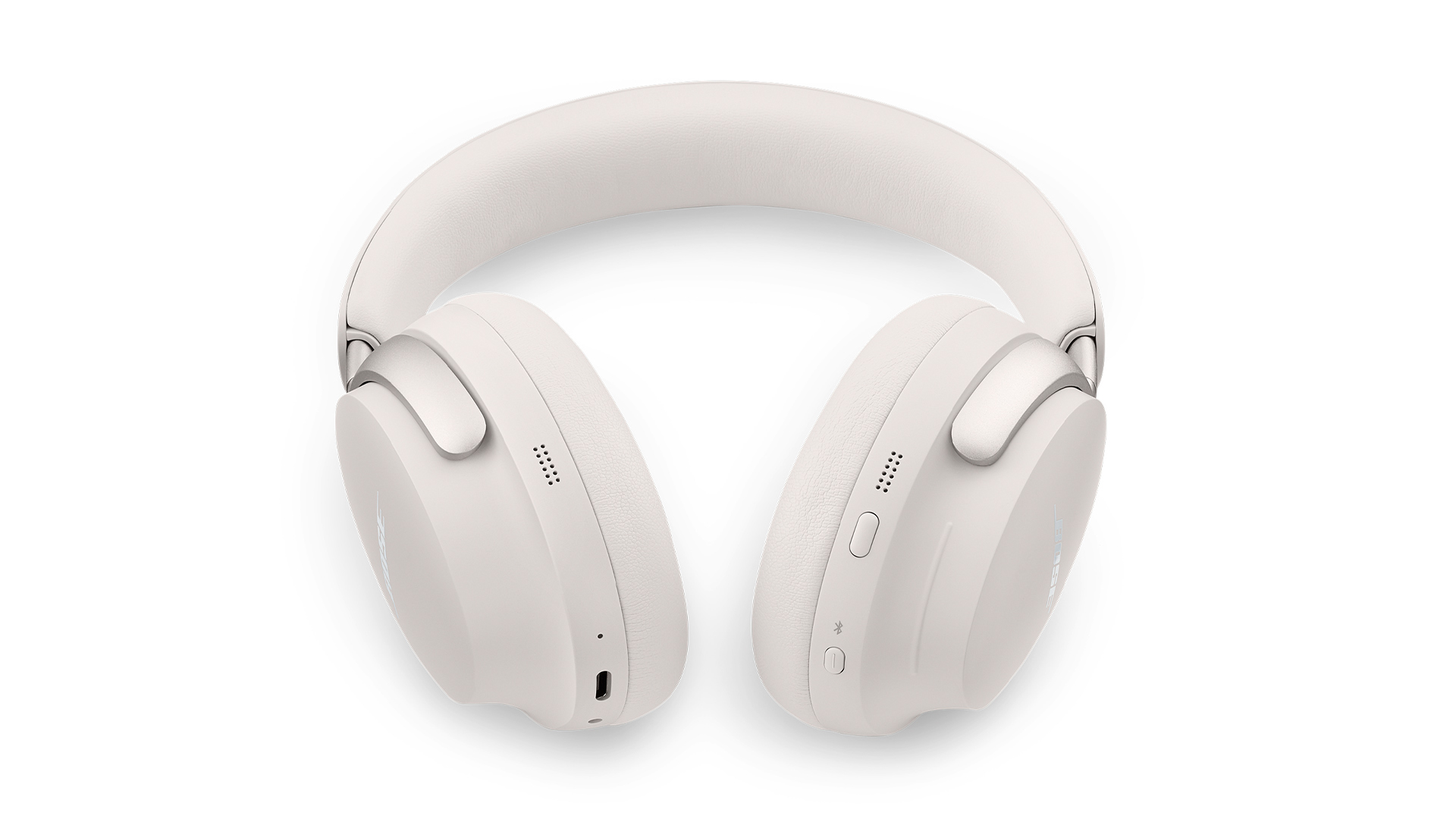
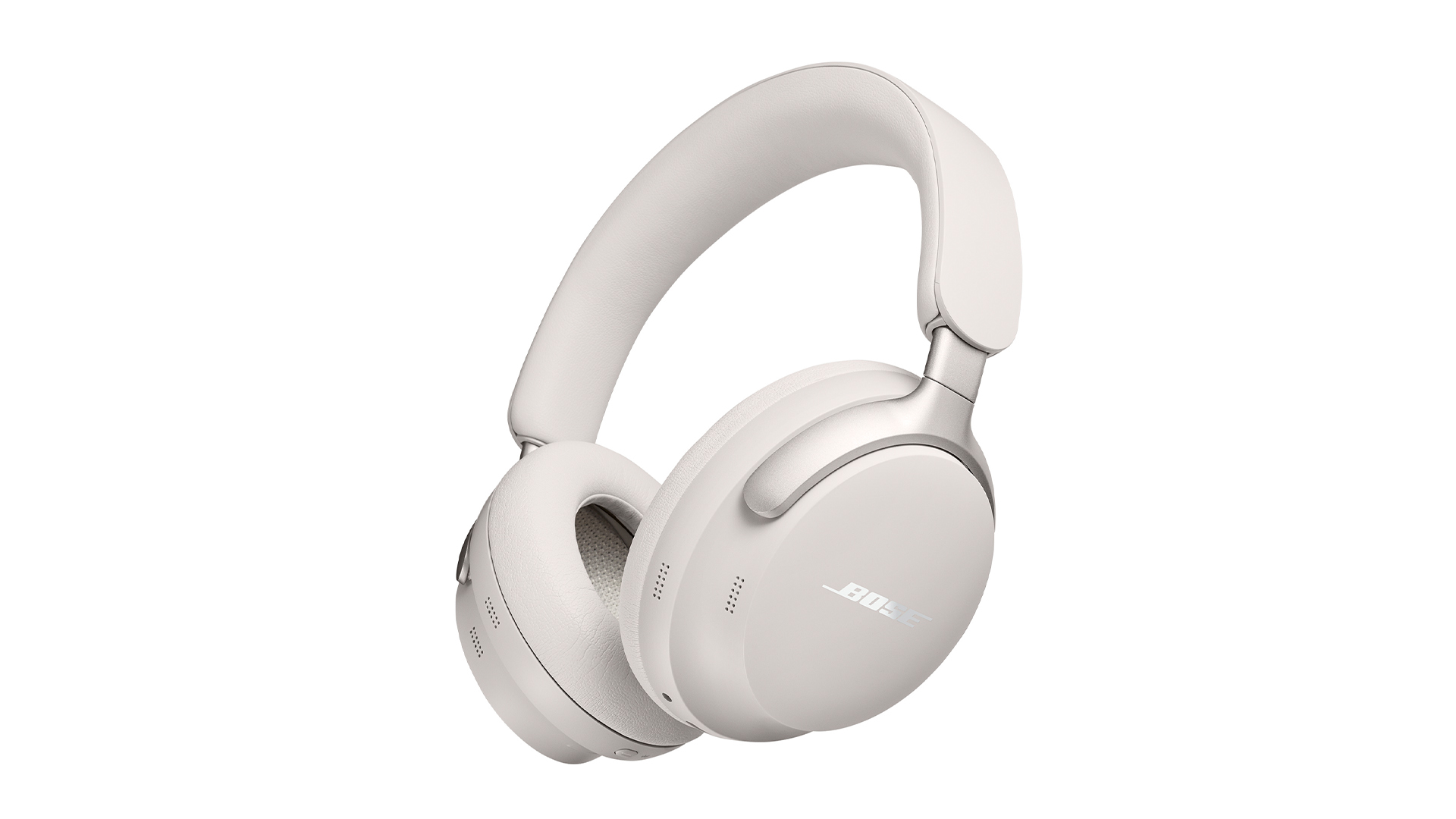
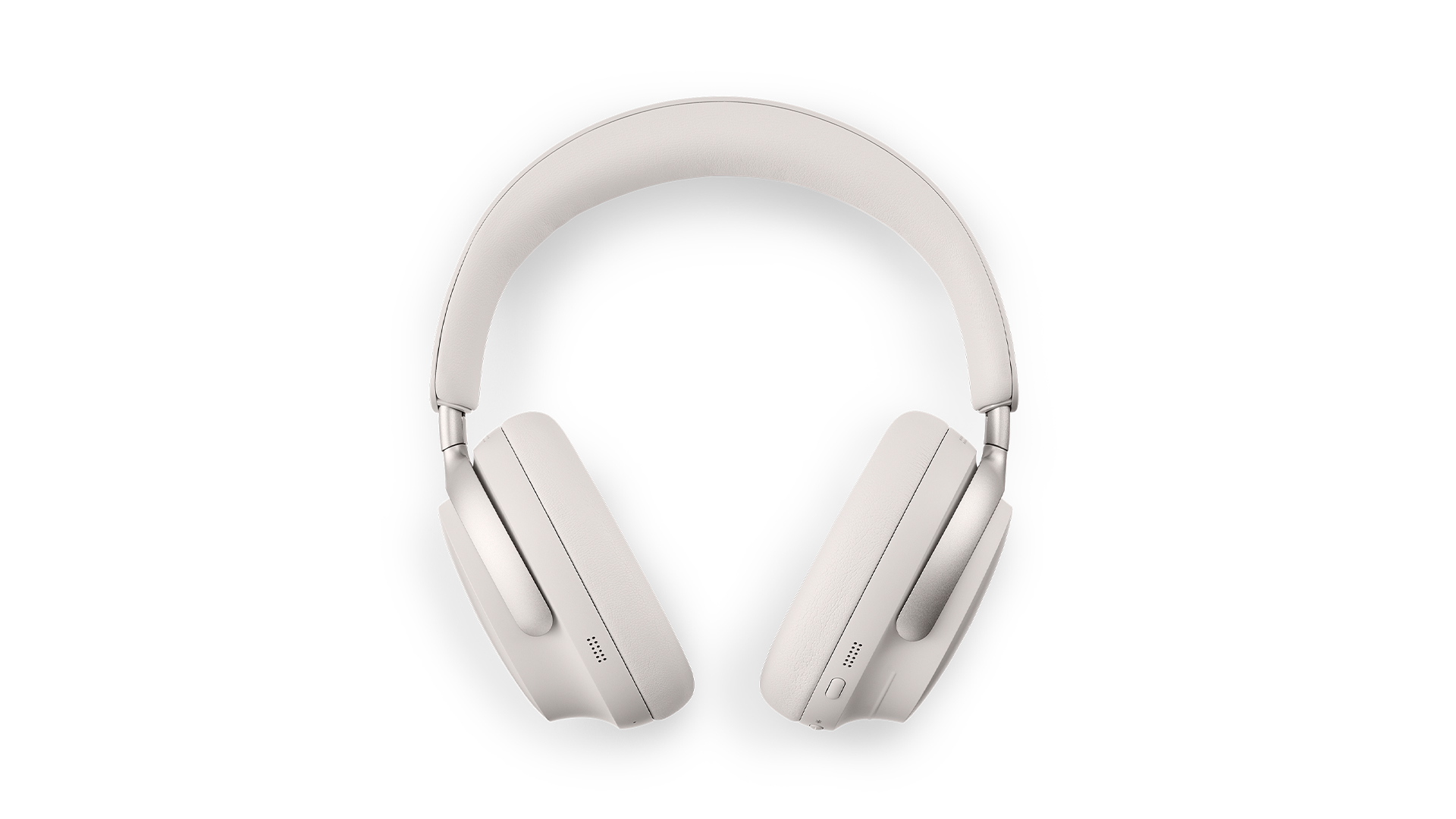
Specifications
Reasons to buy
Reasons to avoid
Bose’s QuietComfort Ultra Headphones were a long time coming, as the last time we saw a flagship pair of wireless cans from the US manufacturer was way back in 2019 with the Noise-Cancelling Headphones 700. Bose needed some flagship over-ear headphones, and it needed them to compete with the very best in the business.
It's a job well done then with the Ultra Headphones. We're not completely in love with the way they look and feel (they're just a tad boring, all things considered), and the cans' Immersive Audio feature hasn't exactly won us over, but everywhere else these premium performers are the real deal.
Battery life is a respectable 24 hours, codec support is solid (aptX Adaptive is locked and loaded), and ANC continues to see Bose lead the way in this key area of performance.
We're also very impressed with how the Ultra Headphones sound. What strikes you from the off is they’re a hugely entertaining pair, with their enthusiasm crossing over to every genre of music as they thrill you with a precise, snappy listen.
The rival Sony WH-1000XM6 offer a little more transparency and balance, but if you like expressive richness and body, we'd direct you towards the Bose Ultra Headphones. They're easily some of the most entertaining wireless headphones you can find for the price, and worth considering if ANC is your priority.
The QC Ultra Headphones have now been succeeded by the 2nd Gen model. We'll have a full review ready as soon as possible – stay tuned to see if they replaced their forbears on this list.
Read the full Bose QuietComfort Ultra Headphones review
Bose QC Ultra Headphones (2nd Gen) vs Bose QC Ultra Headphones (1st Gen): what's the difference?
Best battery life
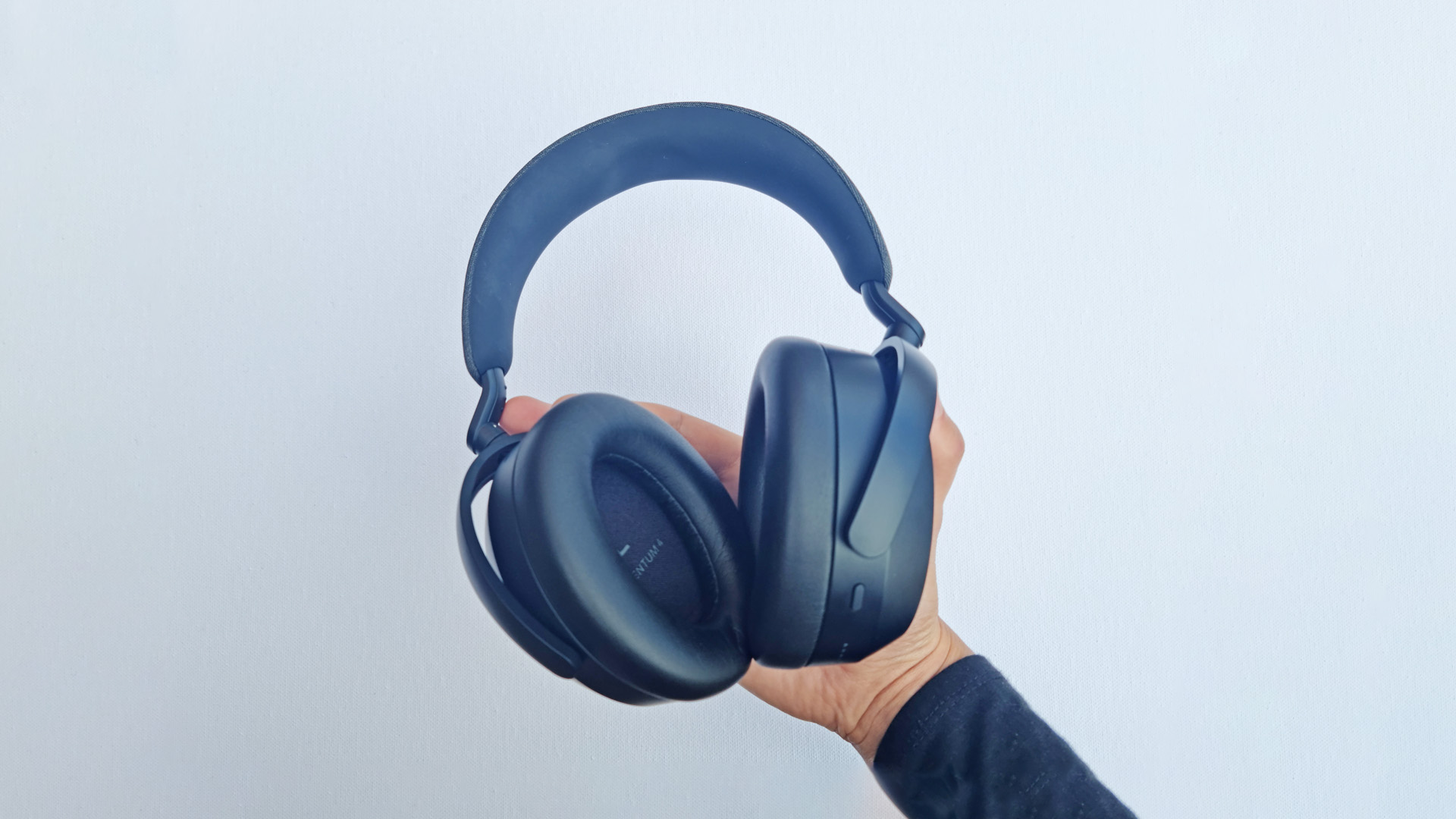
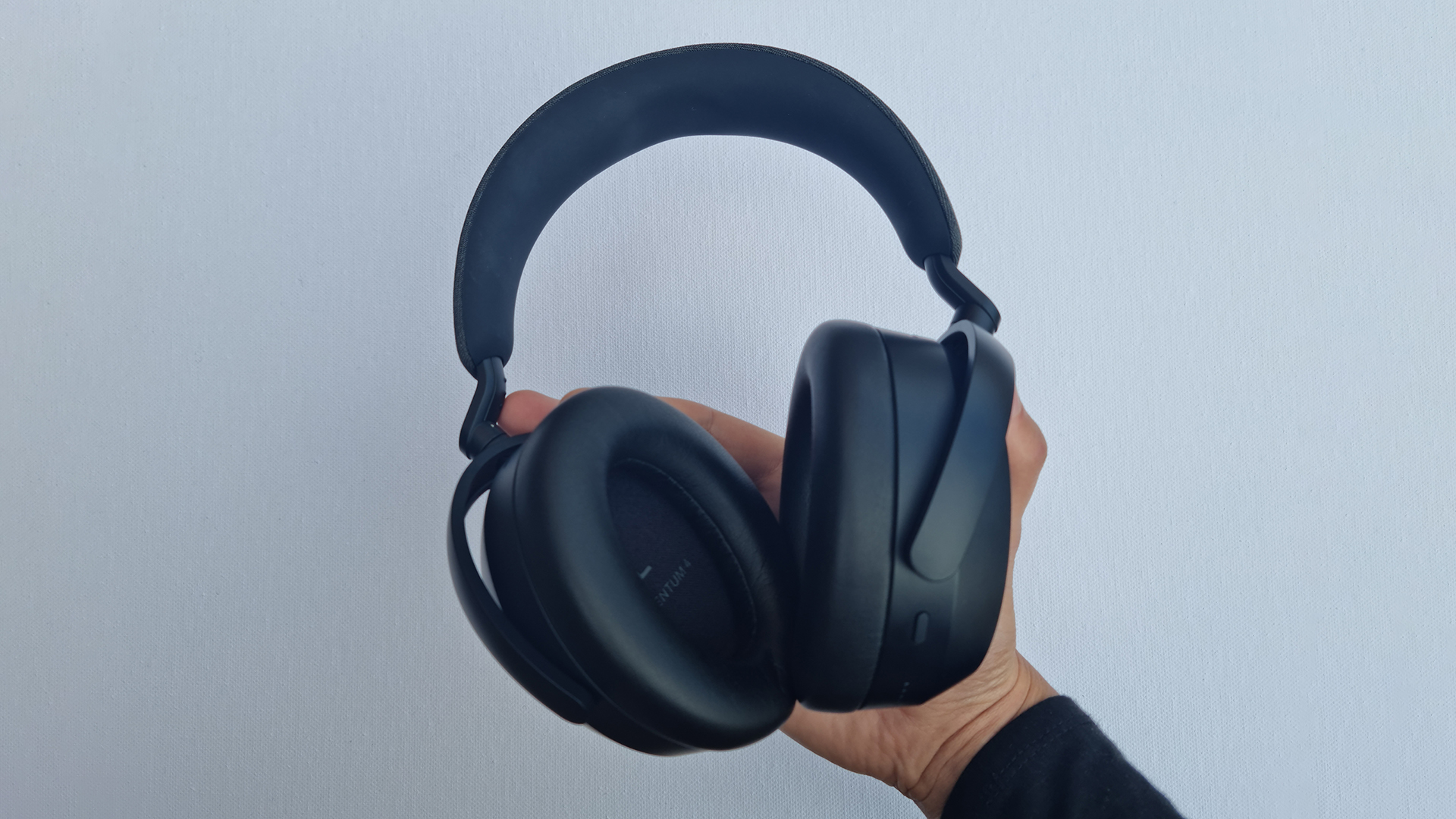
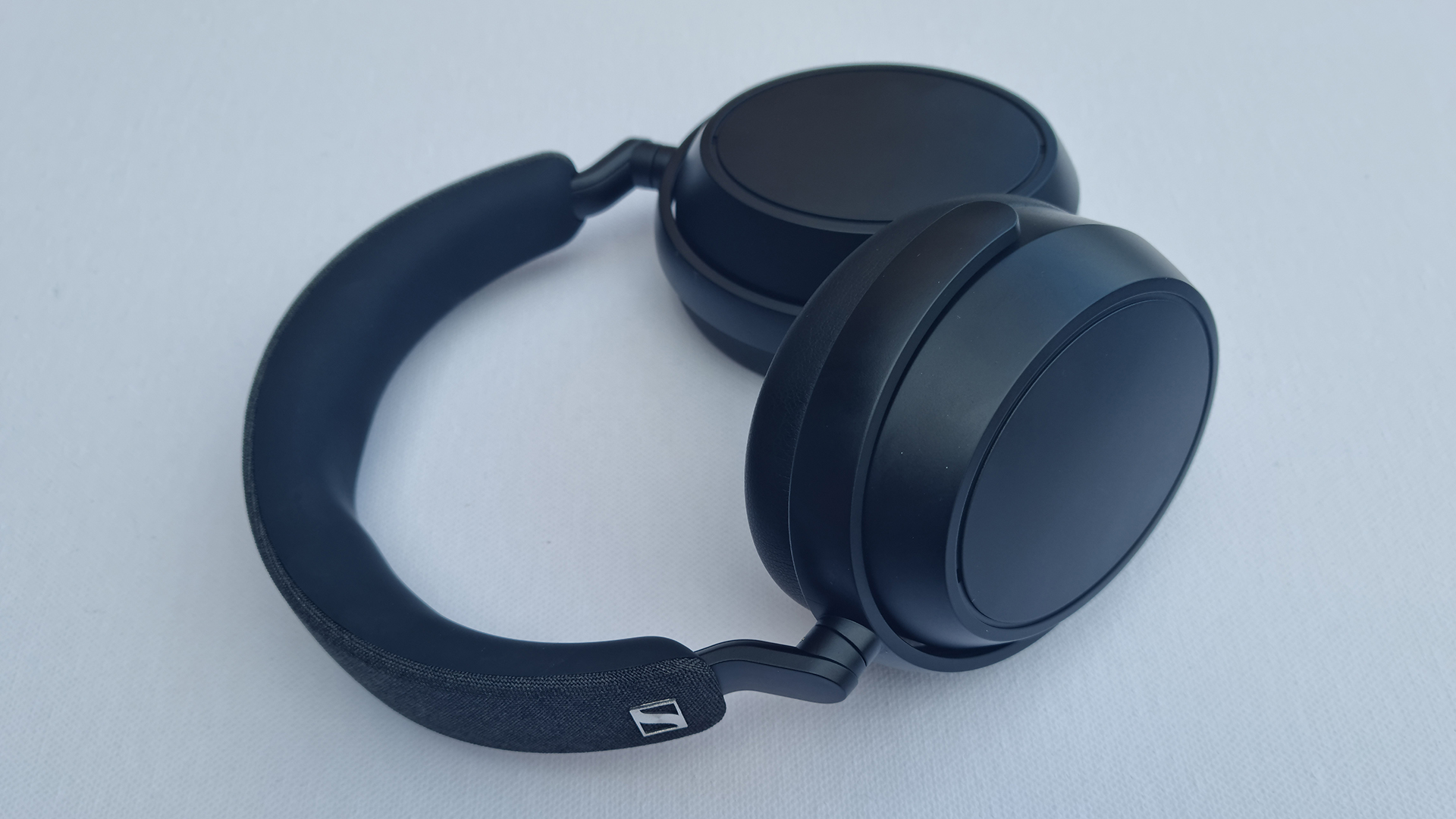
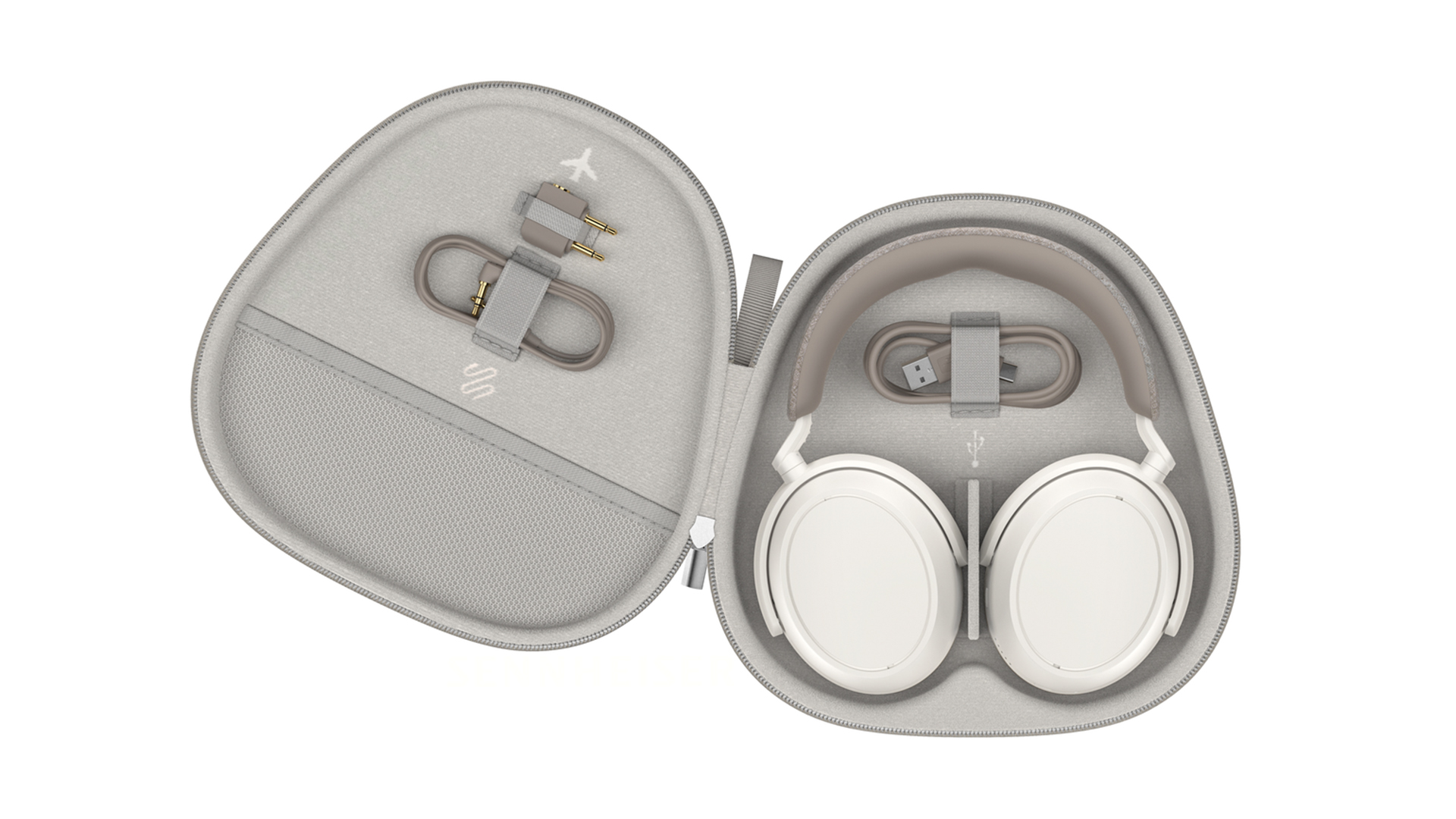

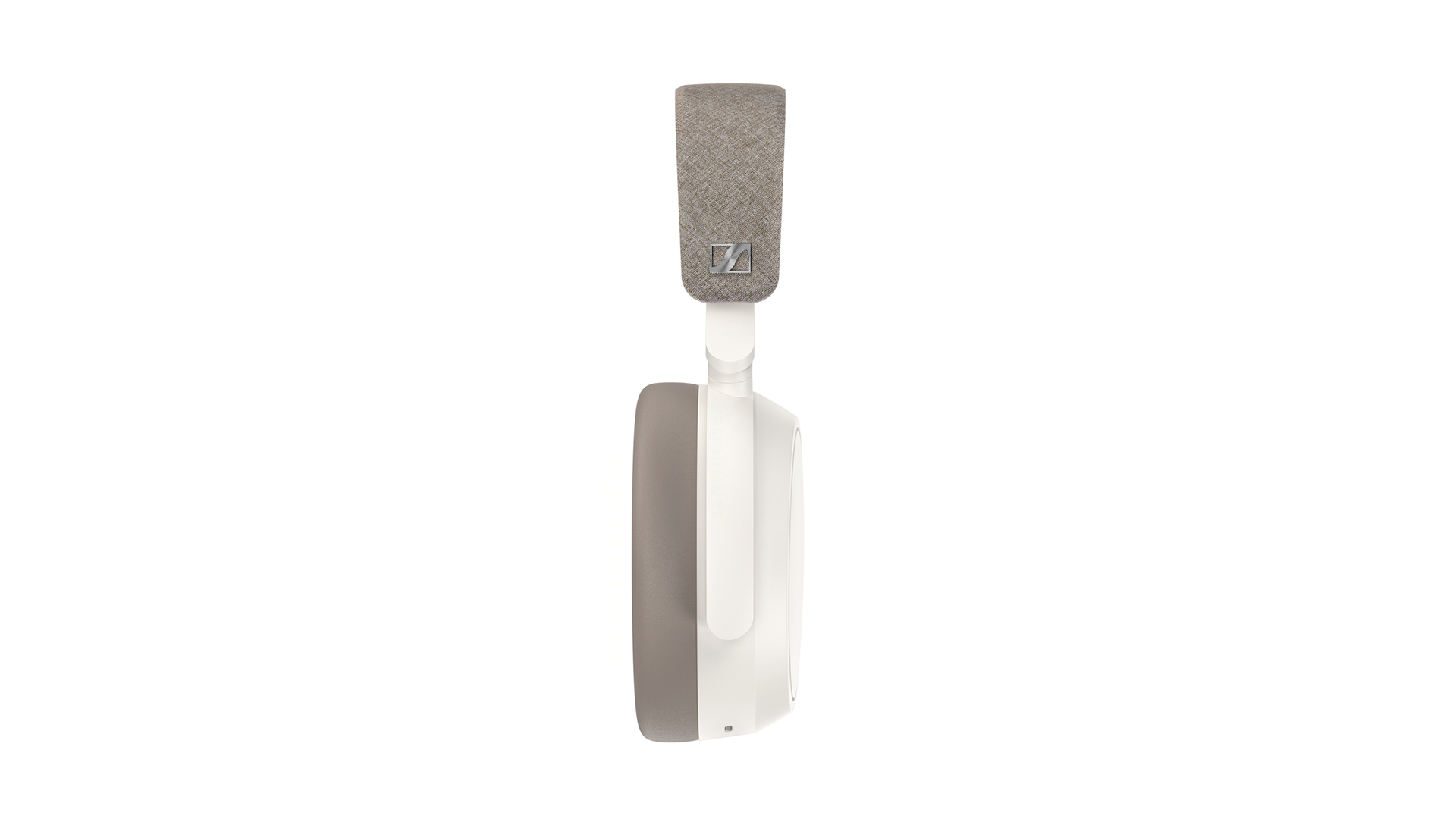
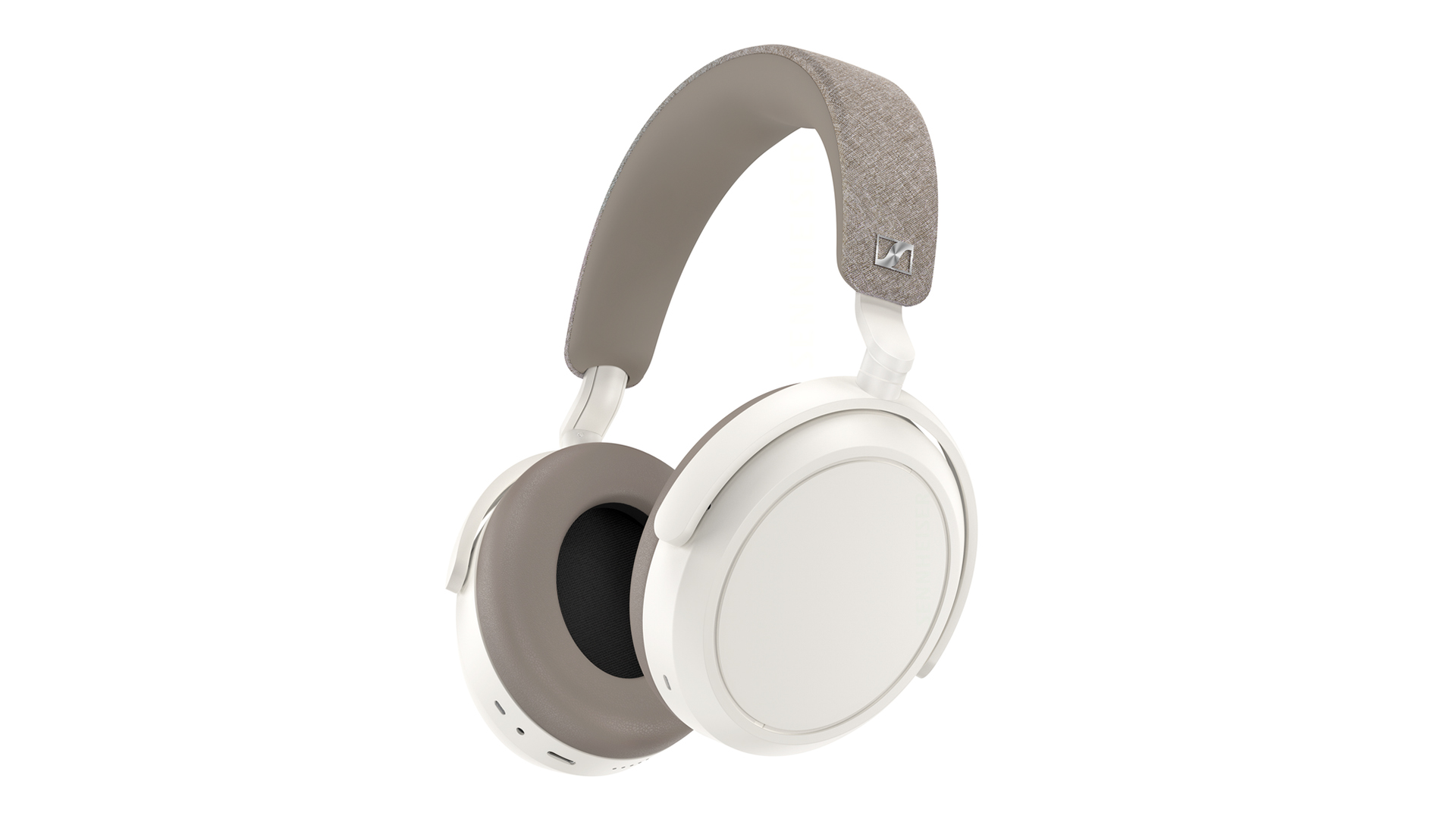
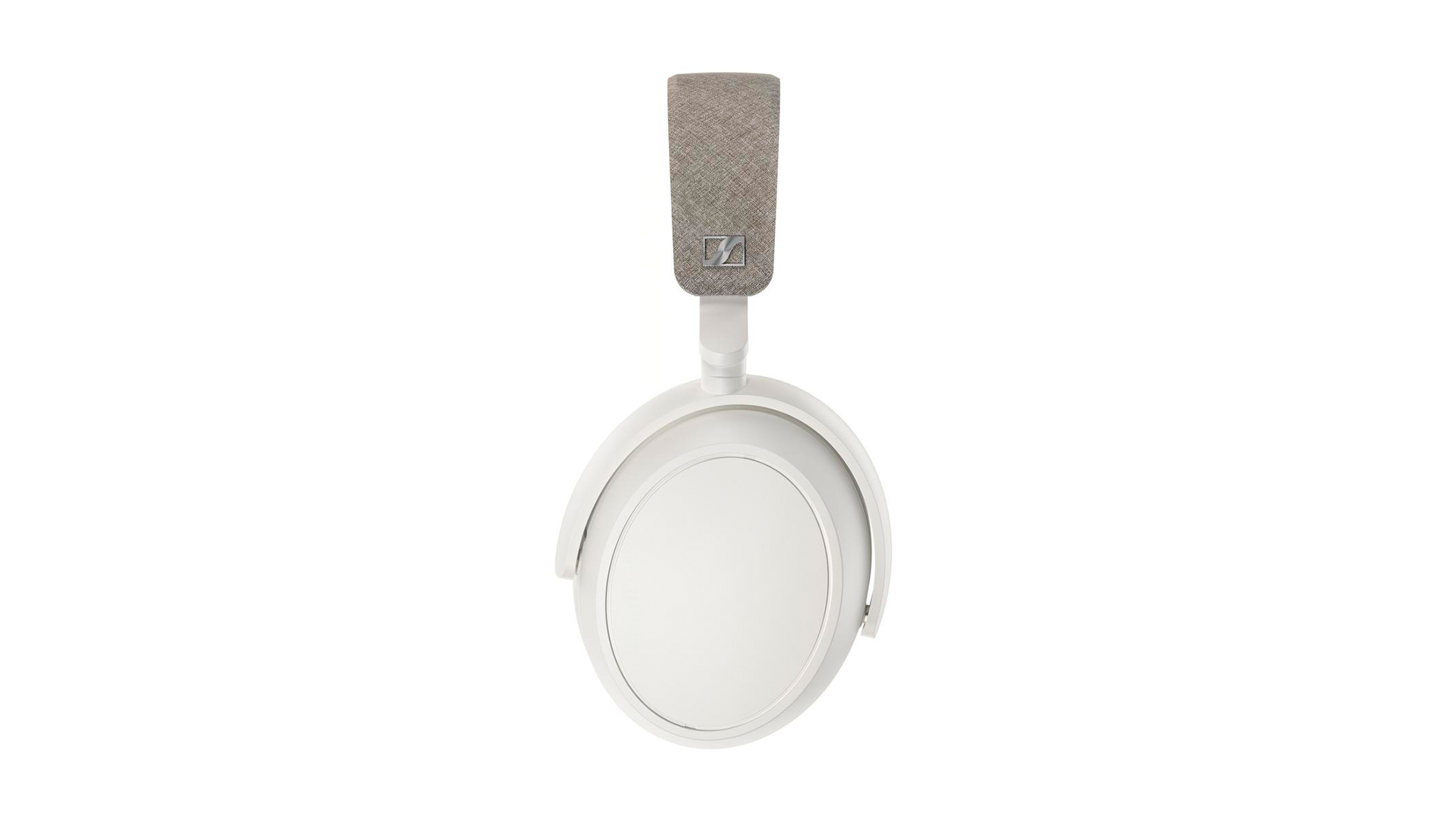

Specifications
Reasons to buy
Reasons to avoid
The Sennheiser Momentum 4 Wireless are massively superior to the AirPods Max in one regard, and quite inferior in another.
It's the build quality that doesn't match up, which was a surprise, given that the Momentum 3 Wireless were pure luxury. But next to Apple's finest, they look positively cheap.
So how are they superior? Battery life. At a staggering 60 hours, it's twice what some rivals offer, and three times the AirPods Max's.
They launched at a cheaper price than their predecessors as well, making them substantially more affordable than the AirPods Max. With household budgets still feeling the pinch after years of runaway inflation, that's quite a selling point.
They also support aptX Adaptive – one of the highest-quality Bluetooth codecs around – cementing their position as a premium pair of cans.
ANC, meanwhile, is of a decent standard, while wired listening doesn't require your cans to have any juice left, meaning you can simply plug them into the source and keep on listening if the battery runs flat and you can't get to a charger.
The Momentum 4 might not blow you away in terms of looks, but this is a sonic win for Sennheiser. The sound presentation is clear and direct in a way that commands your attention, with the Momentum 4 feeling sharp and sprightly, with an added leanness that doesn't come at the expense of substance across the frequencies.
It may not lead the field here, but if you're after the cheapest of the premium rivals to the AirPods Max, the Sennheisers are a solid alternative.
Read the full Sennheiser Momentum 4 Wireless review
Best for audiophiles
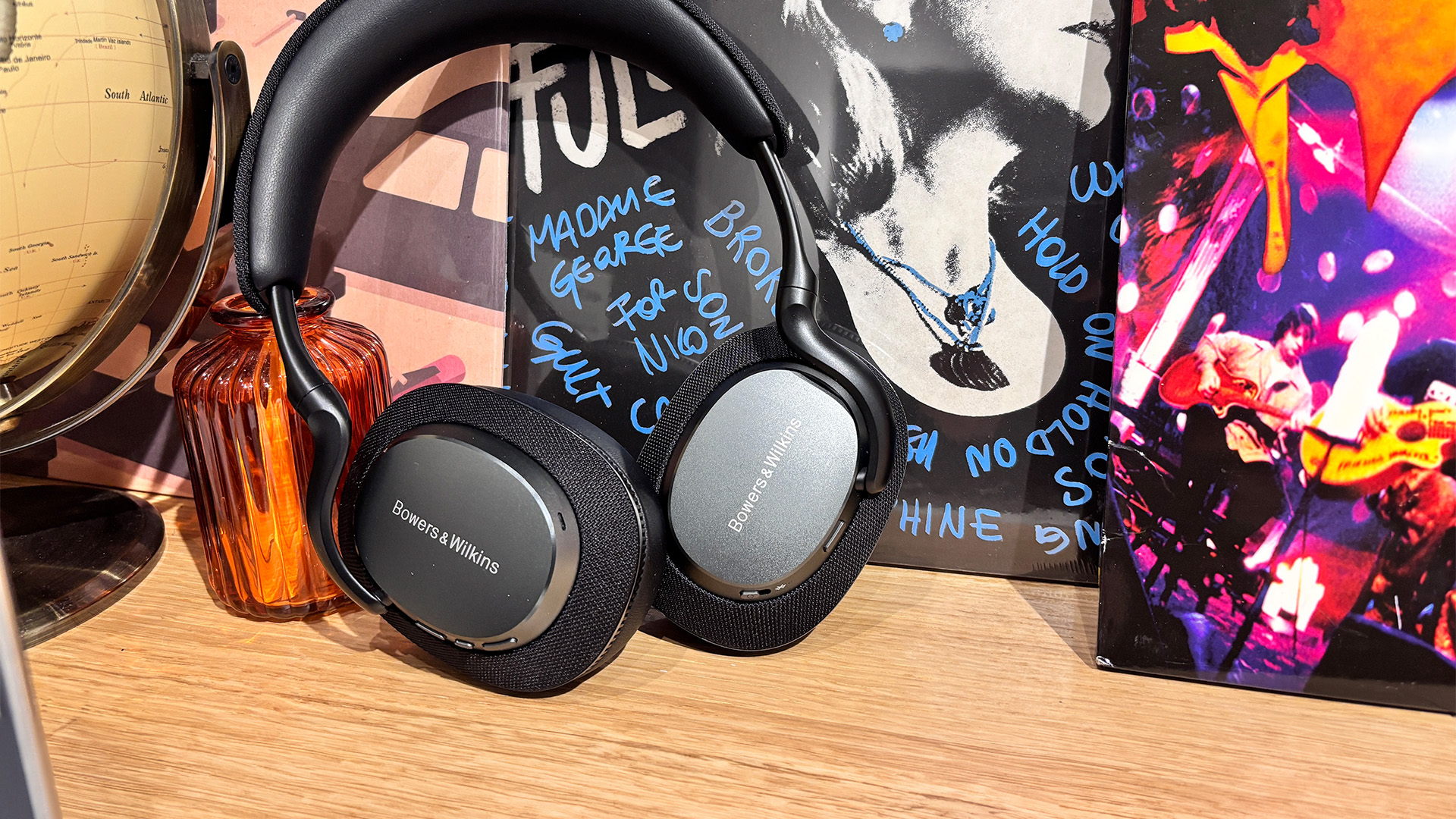
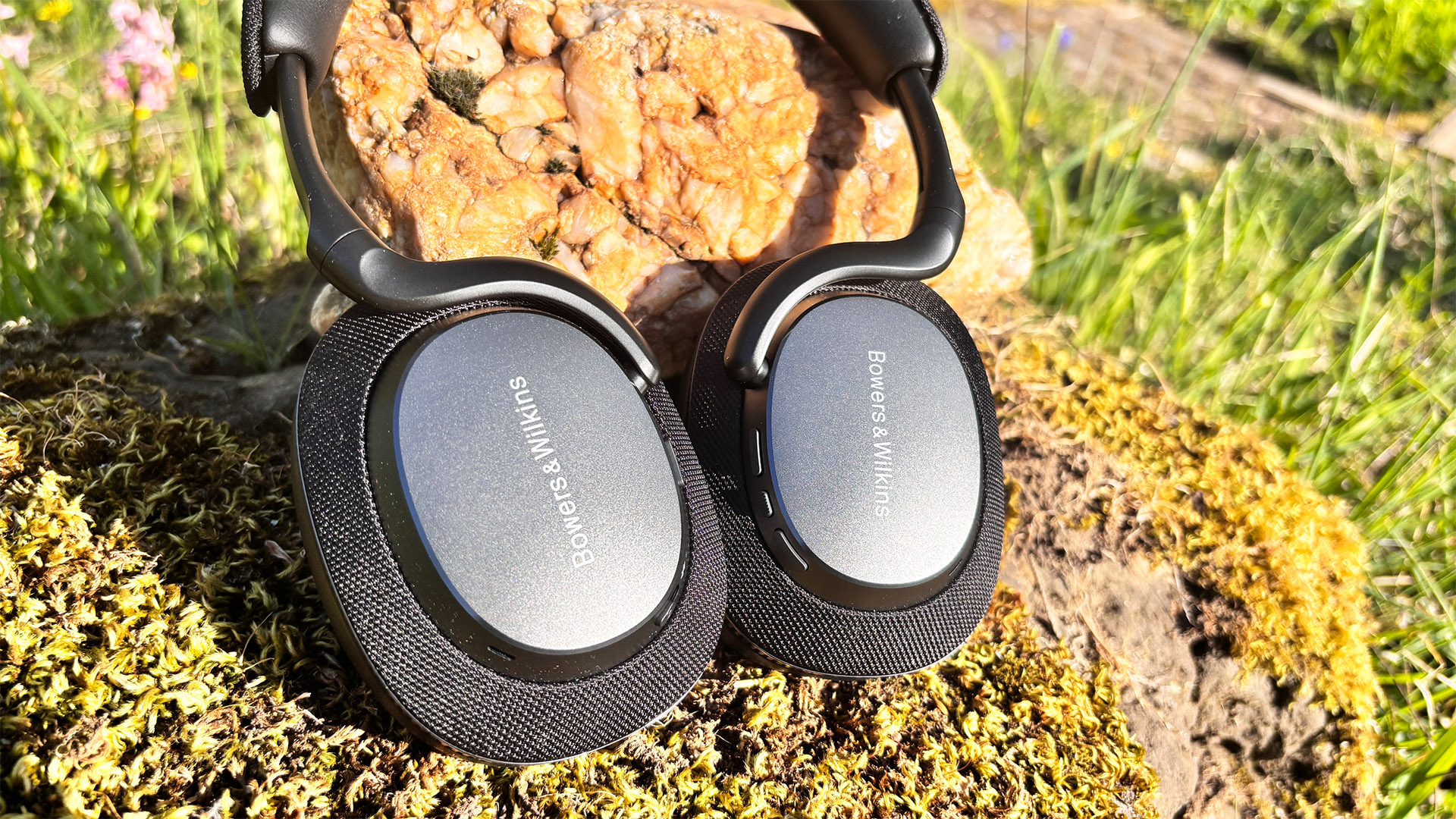
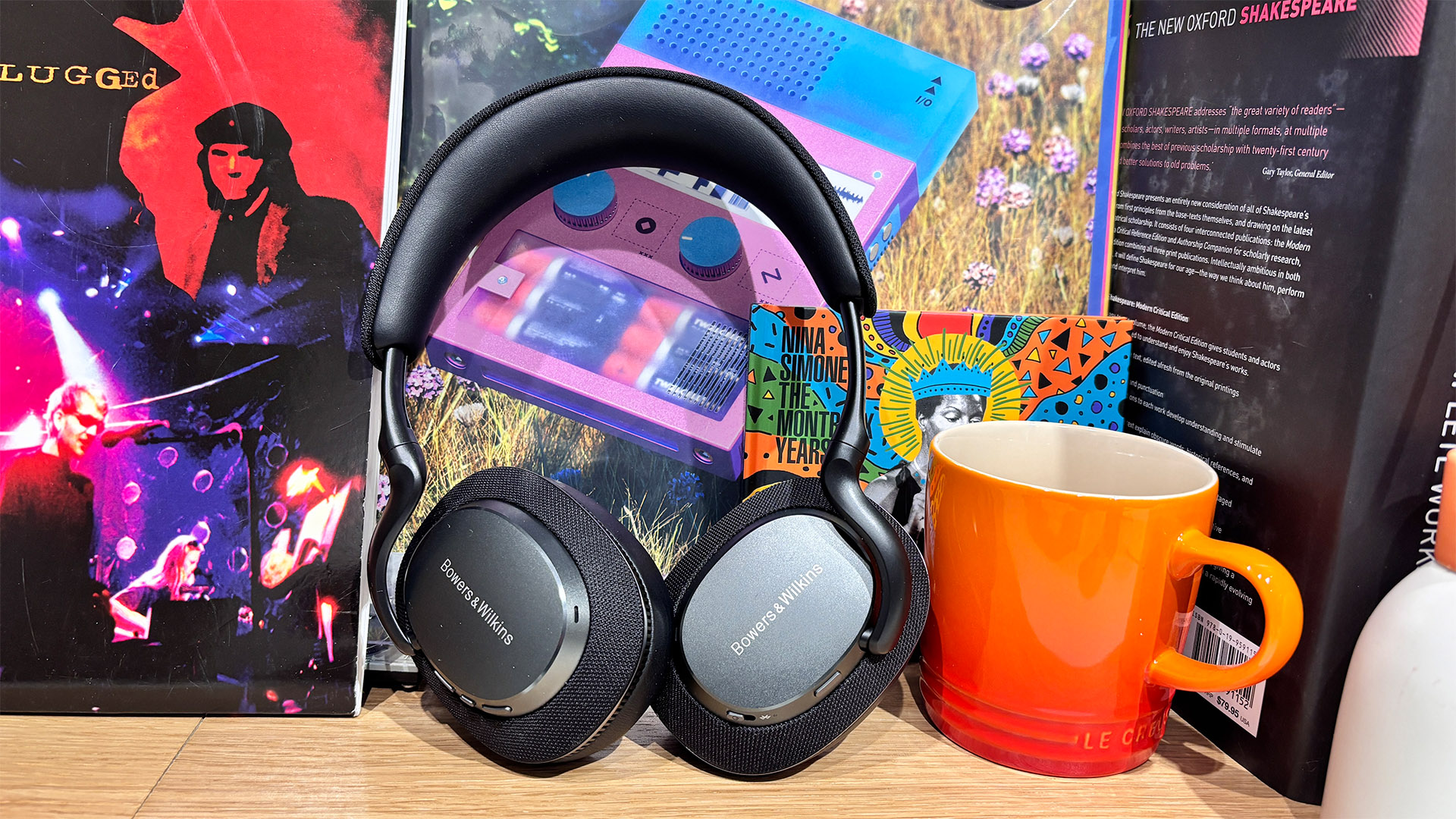
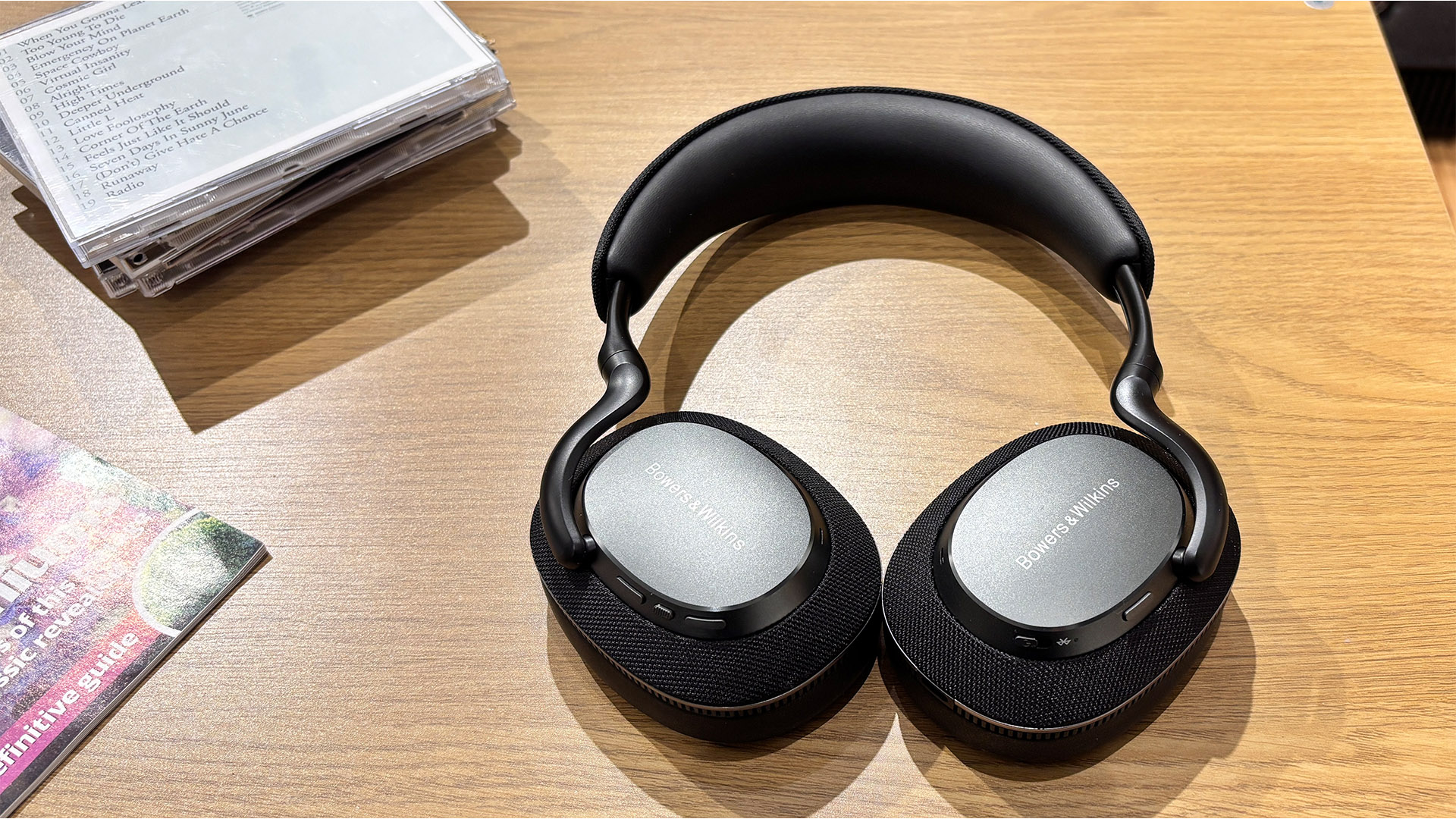
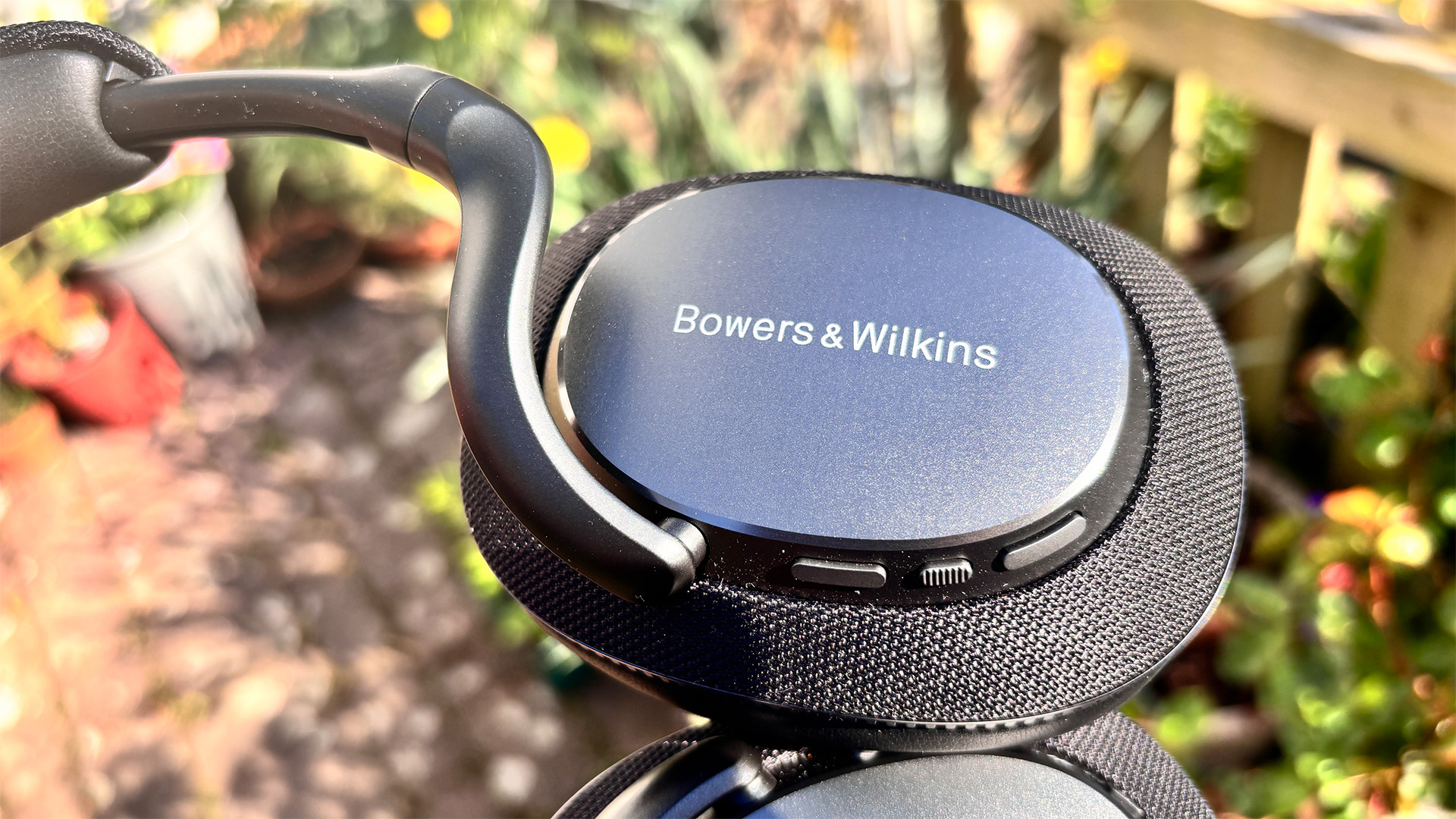
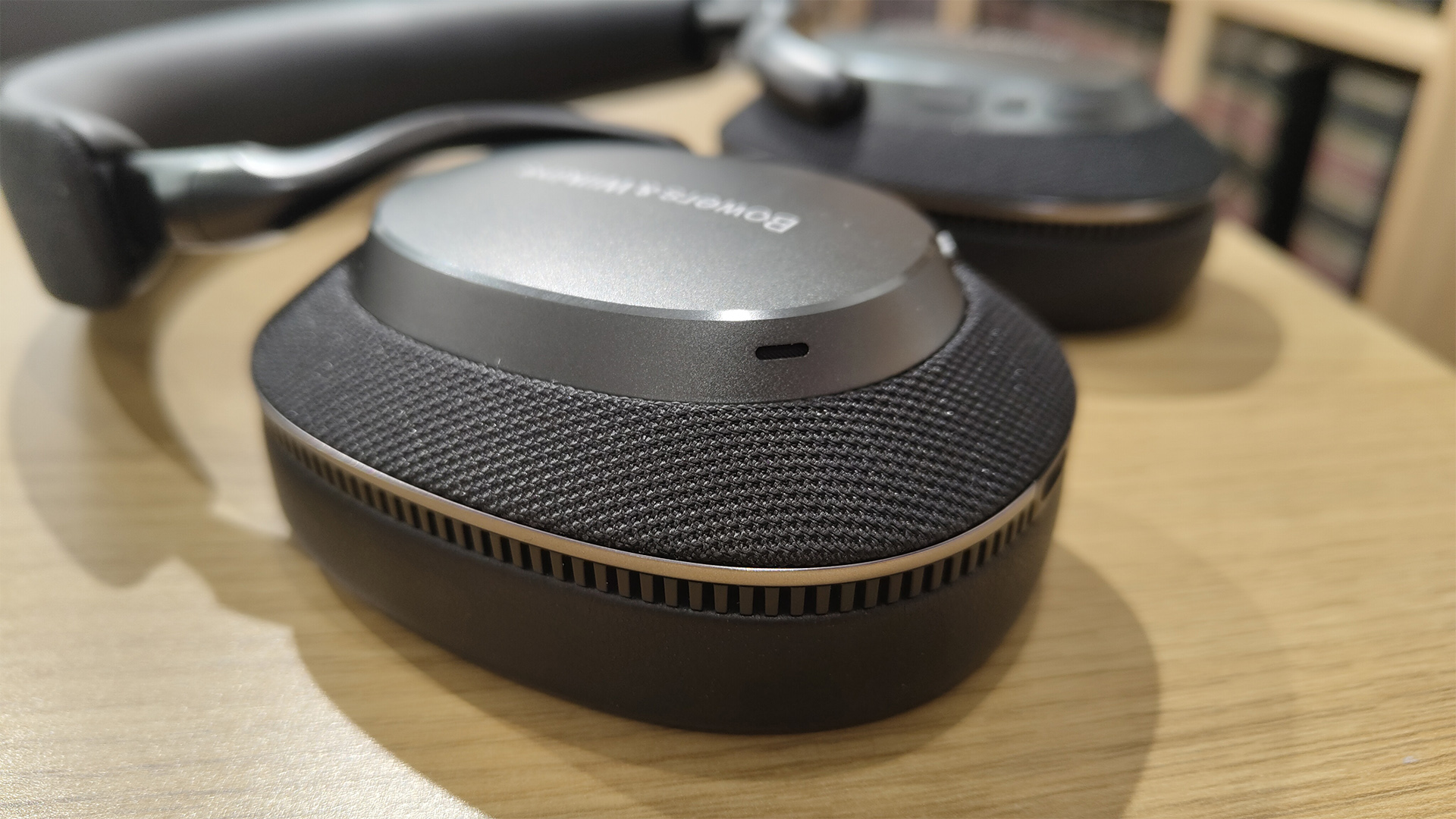
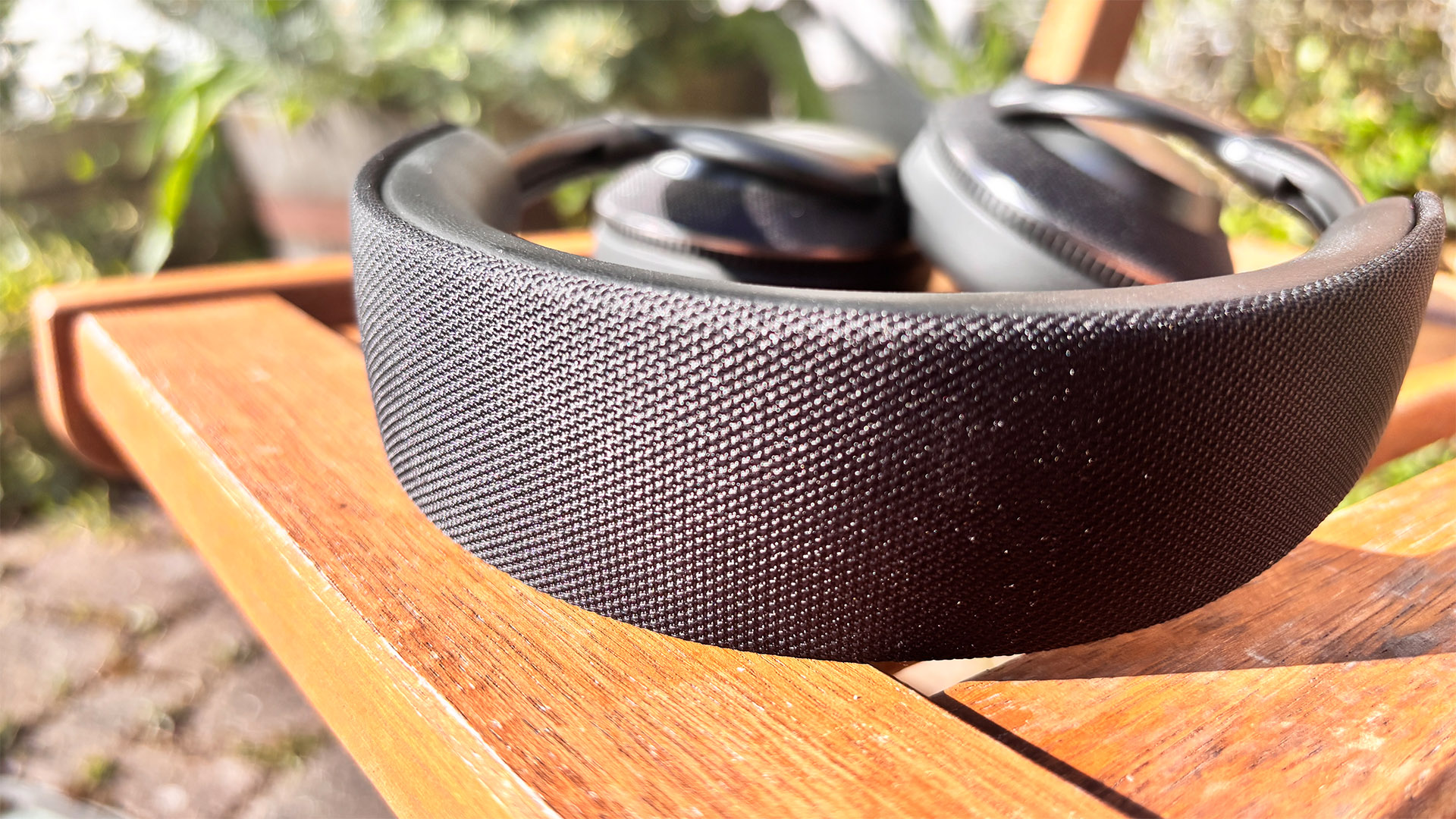
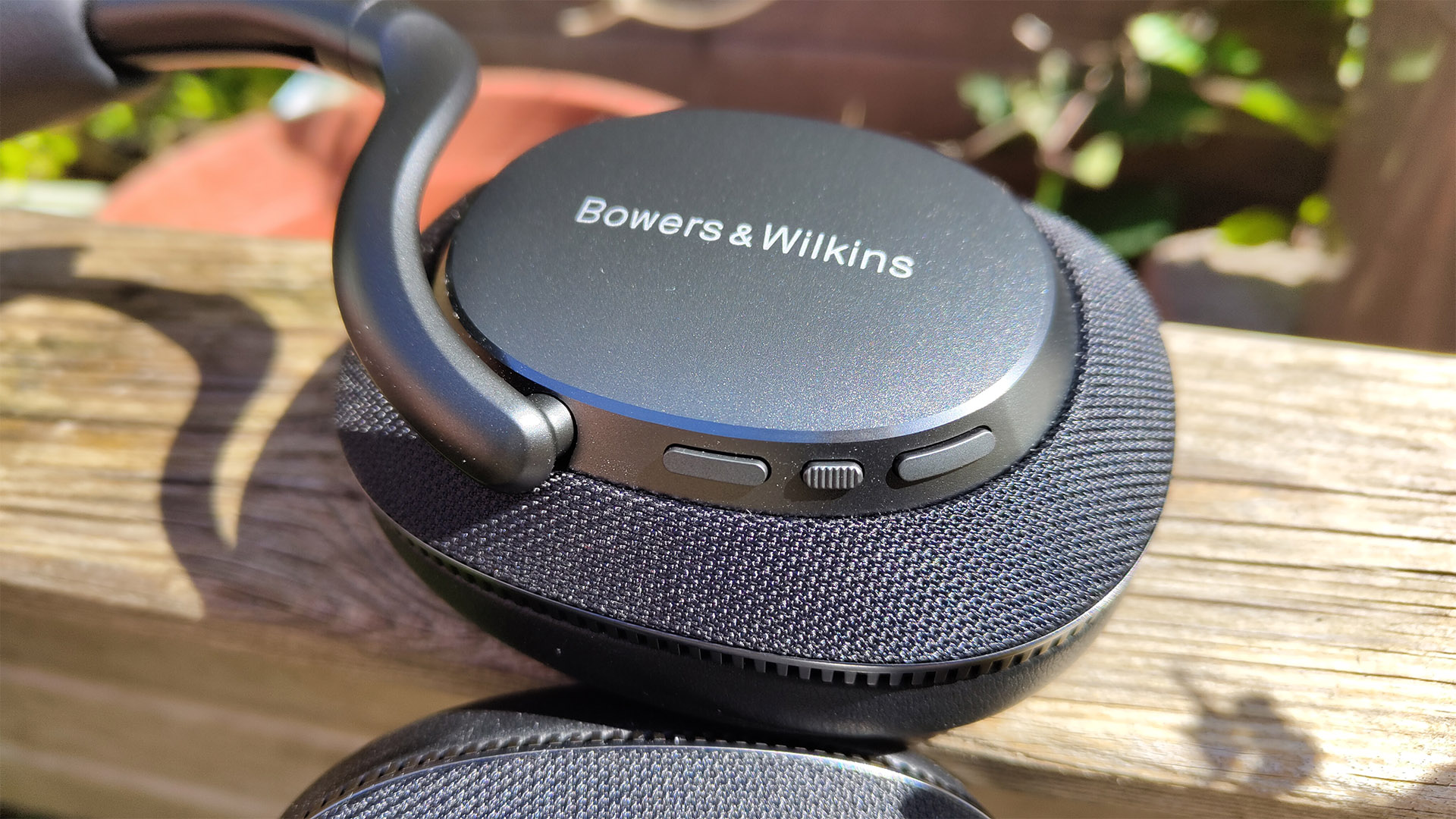
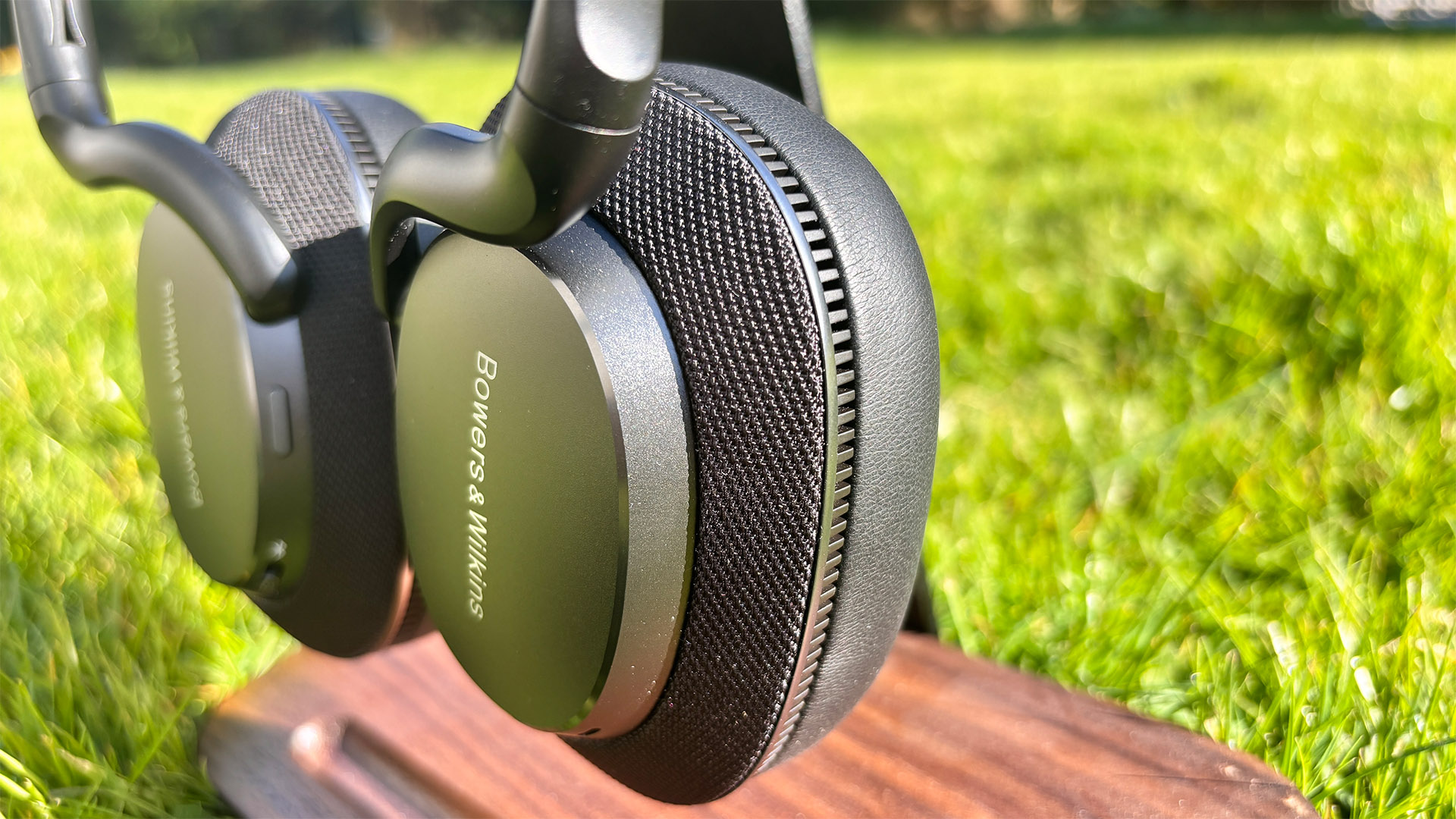
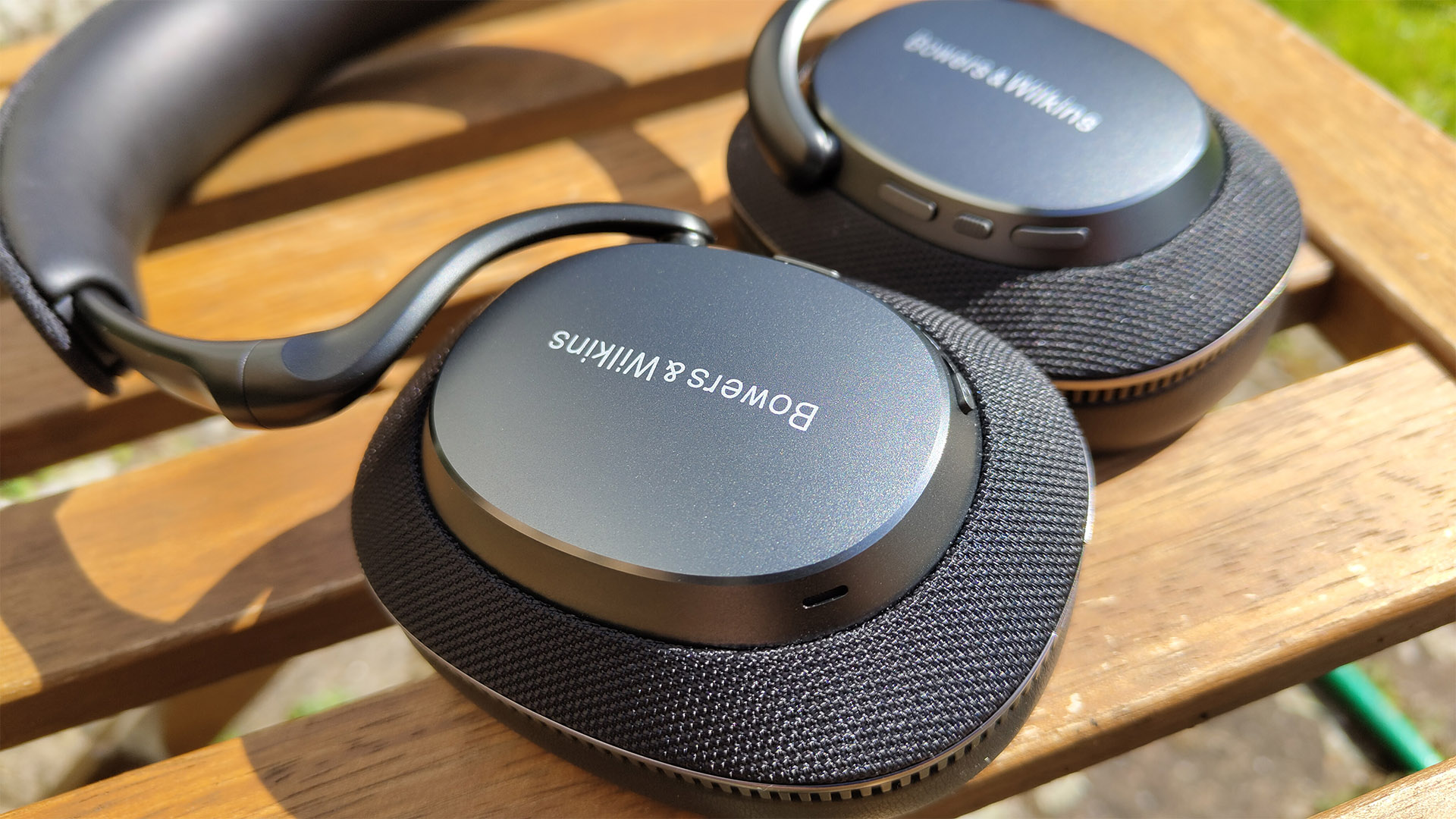
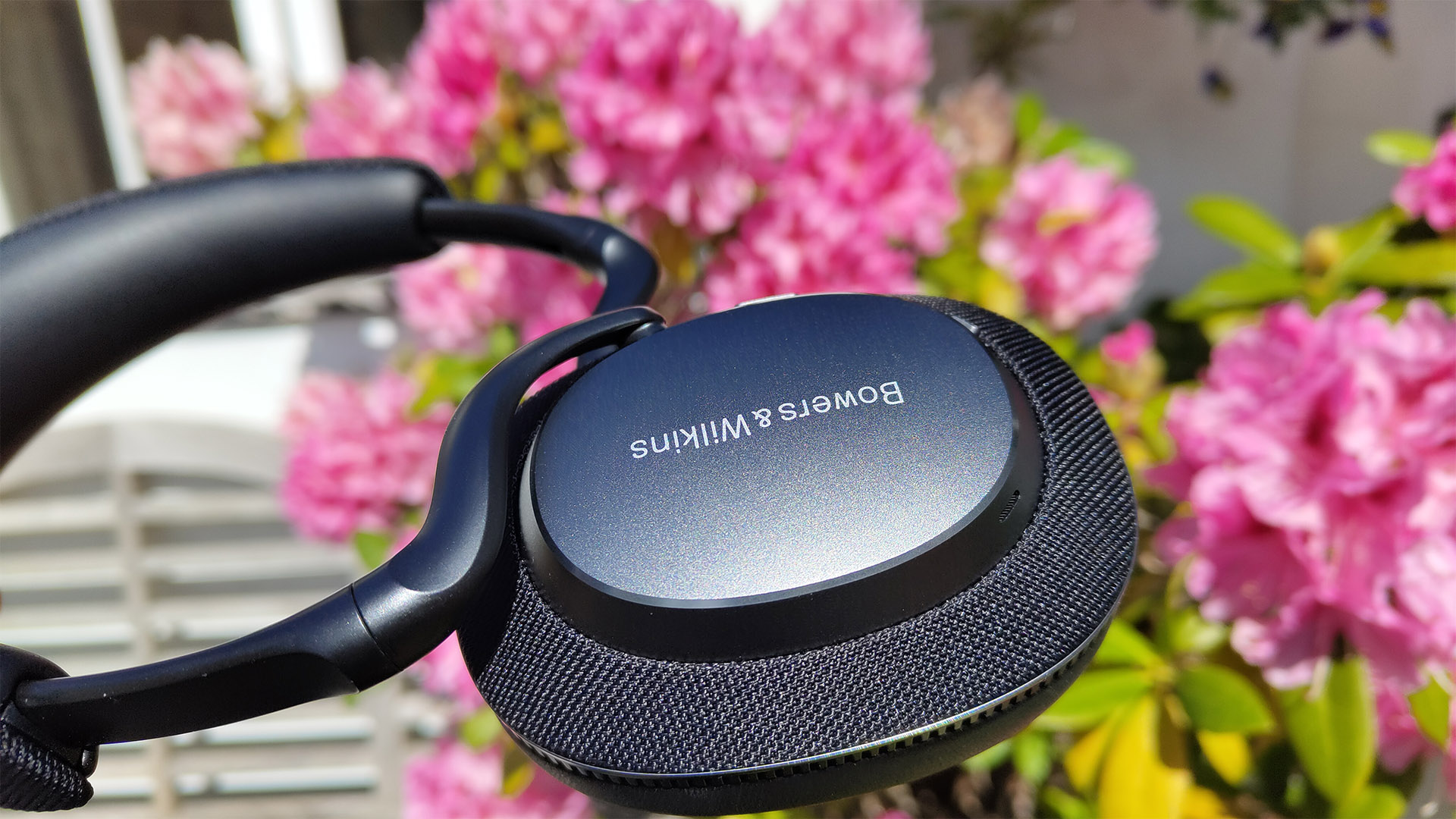
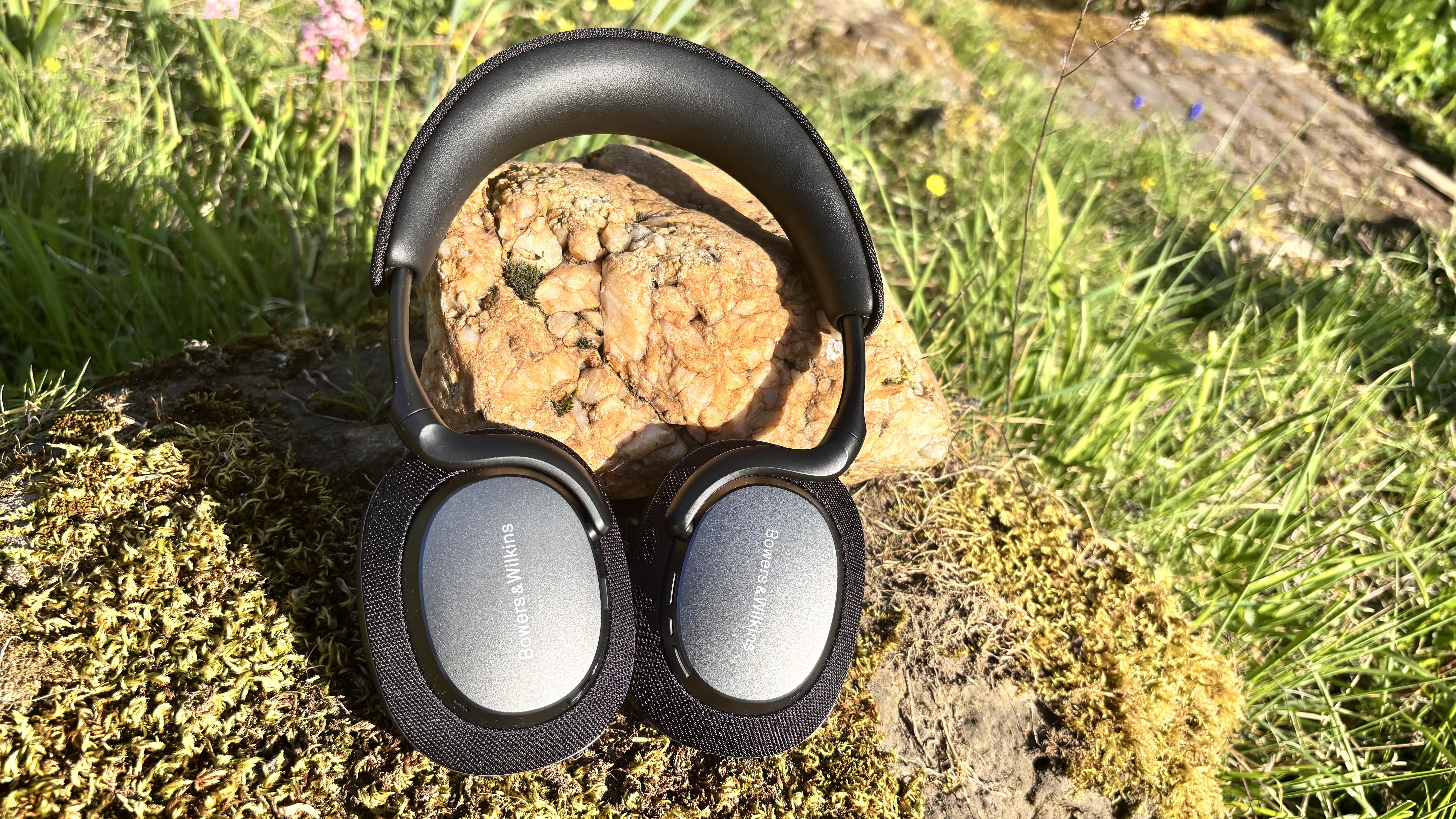
Specifications
Reasons to buy
Reasons to avoid
The Px7 S3 follow B&W's Px7 S2e, and sit below the Px8 in its range of wireless headphones. And they sound even better than they look, which is very high praise indeed.
Because the build quality is second to none. It's the little touches that make them, like the textured woven fabric of the headband or the subtle metallic embellishments that gleam when exposed to the light. You will struggle to find a more dapper pair at this price.
But it's the sound quality that really sets them apart.
In our review, we found their sonic performance to be "exceptionally refined and detailed", outperforming even the pricier Dali IO-8 in terms of textural insight. No wonder they replaced the Dalis in the 'best for audiophiles' slot in this list.
"These are wireless headphones that dig deep into your music, eschewing a broad or general sonic overview and instead pulling out instrumental timbres with the relentless curiosity and enthusiasm of a bloodhound on the scent of a new lead," we noted in our review.
It's truly an immersive experience, dropping you right into the heart of the action. And that's before we've tried the spatial audio setting, which will arrive via a software update at a later date.
They have plenty of power too, which really comes through in the low end. But their bass is always controlled and refined, and never overbearing, which shows a real light touch at work.
Listen wired using the USB-C cable, and they sound even better.
They outgun the AirPods Max for battery life by a whopping 10 hours, and a 15-minute quick charge will give you seven hours of runtime. Which is the most impressive fast charging we've seen from headphones at this level.
They support plenty of codecs too, and are future-proofed with Auracast support from compatible broadcast sources. Bluetooth Multipoint lets you pair them with multiple sources seamlessly, and the ANC is very natural and effective.
In short, these are very fine alternatives to the AirPods Max for those of us who prioritise sound quality.
Read the full Bowers & Wilkins Px7 S3 review
Best for luxury
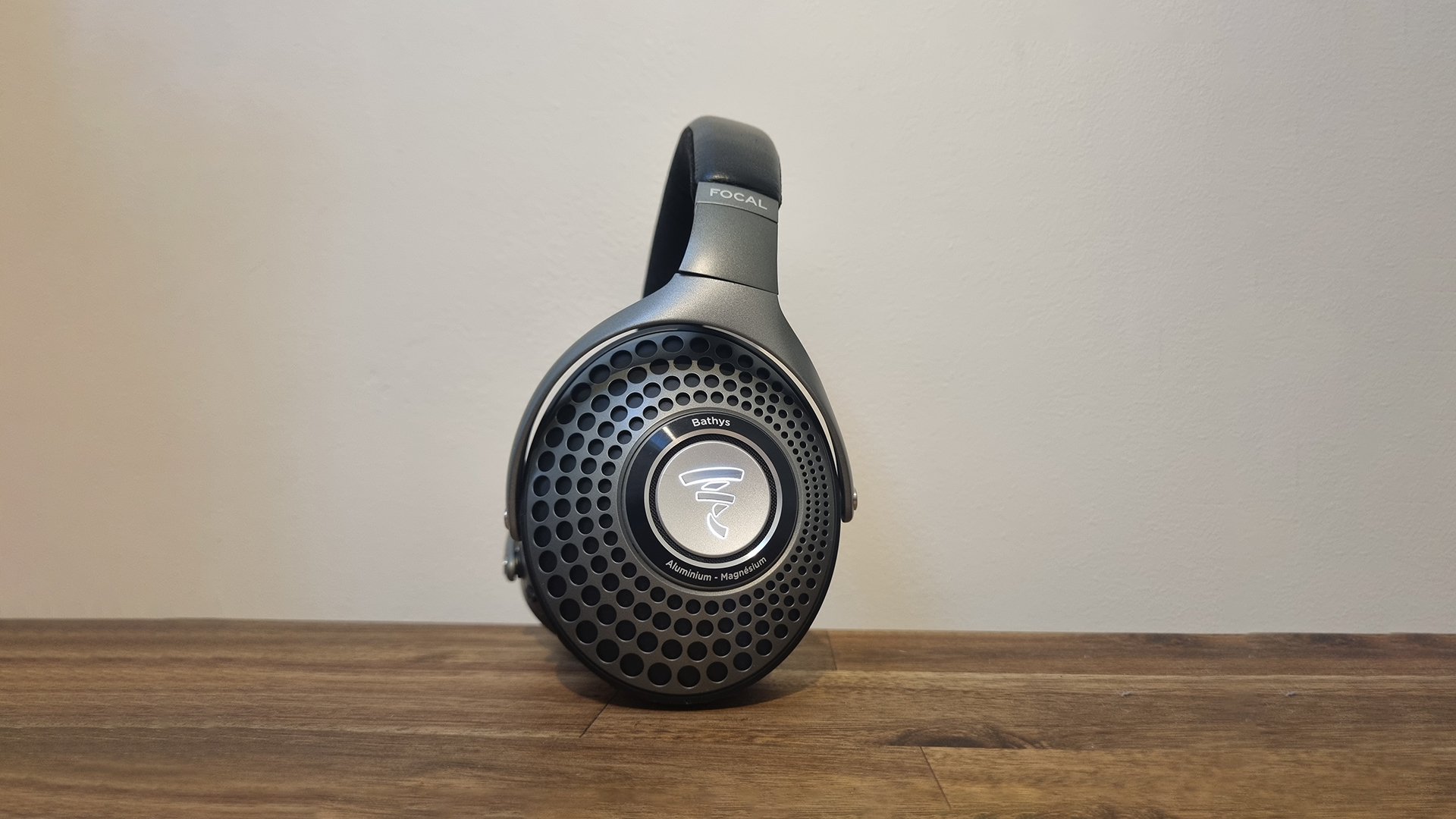
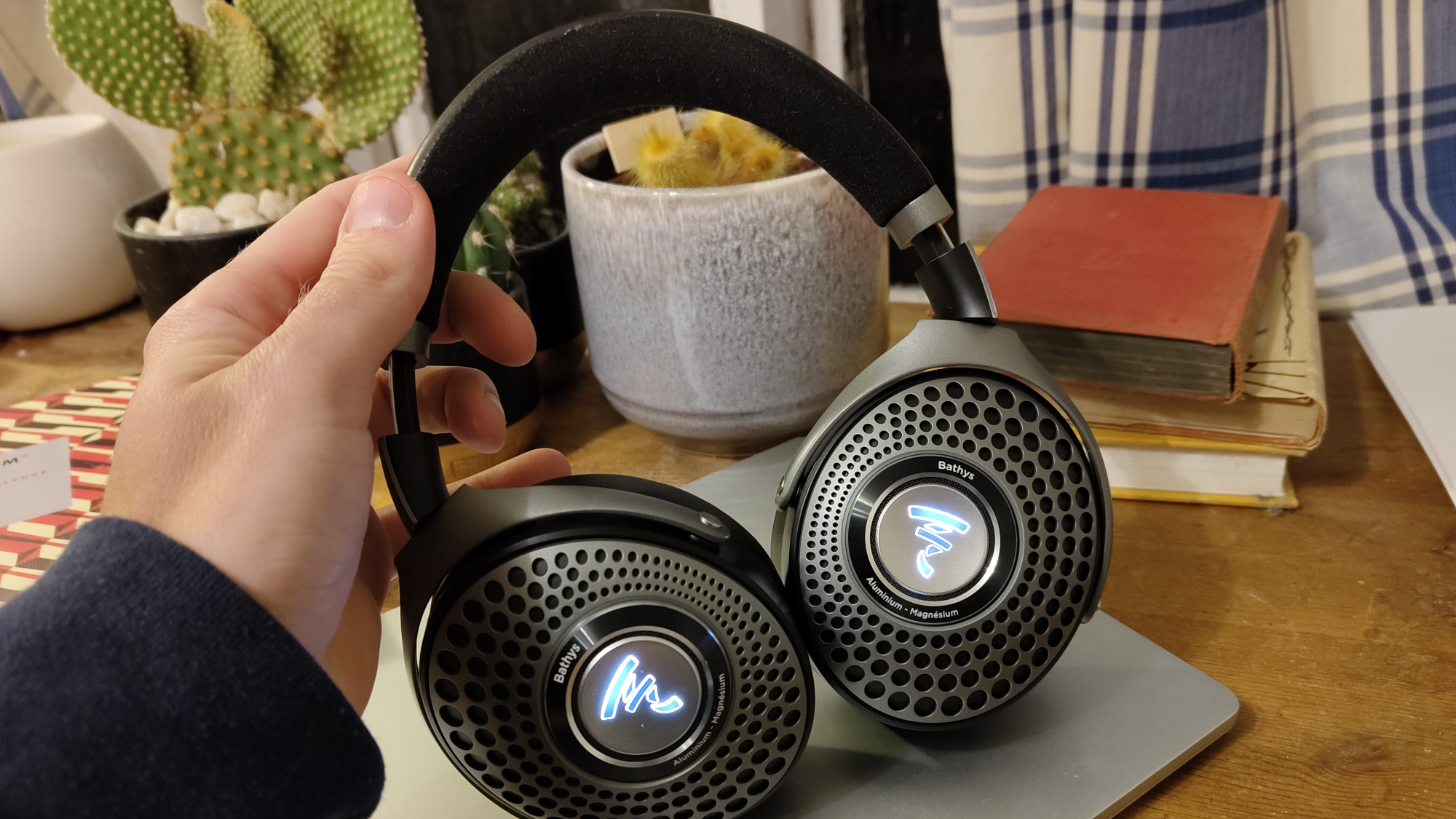
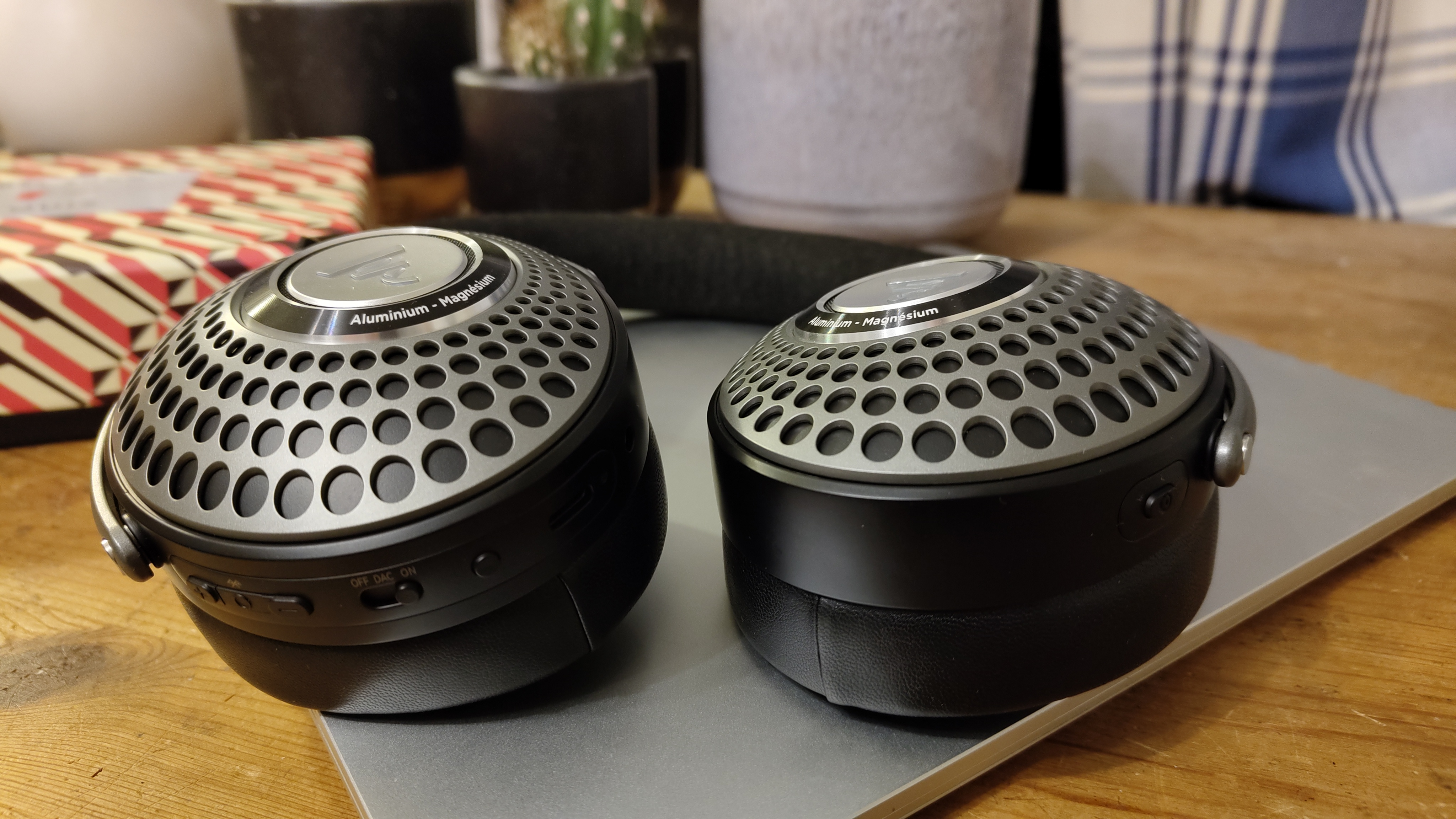
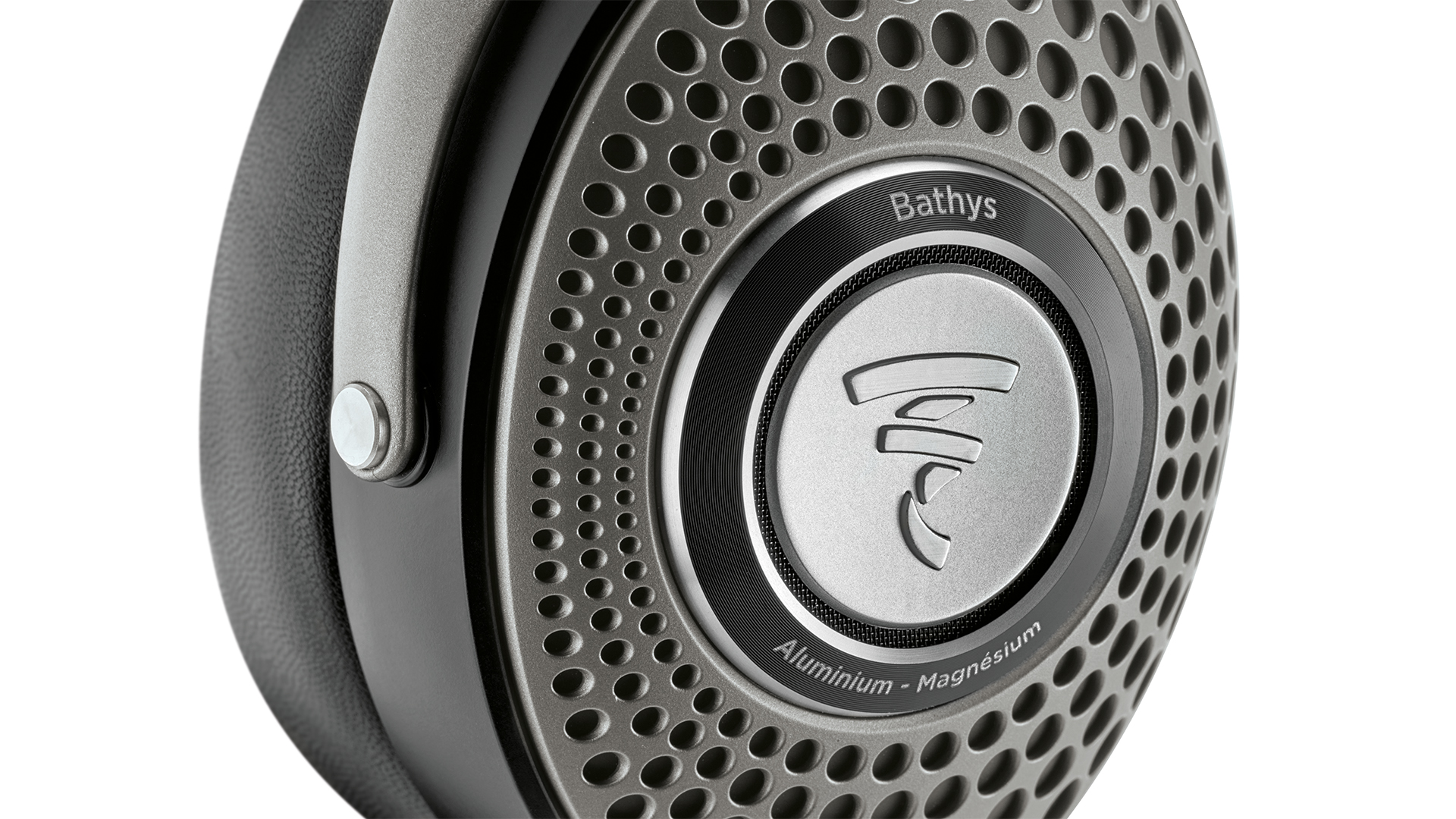
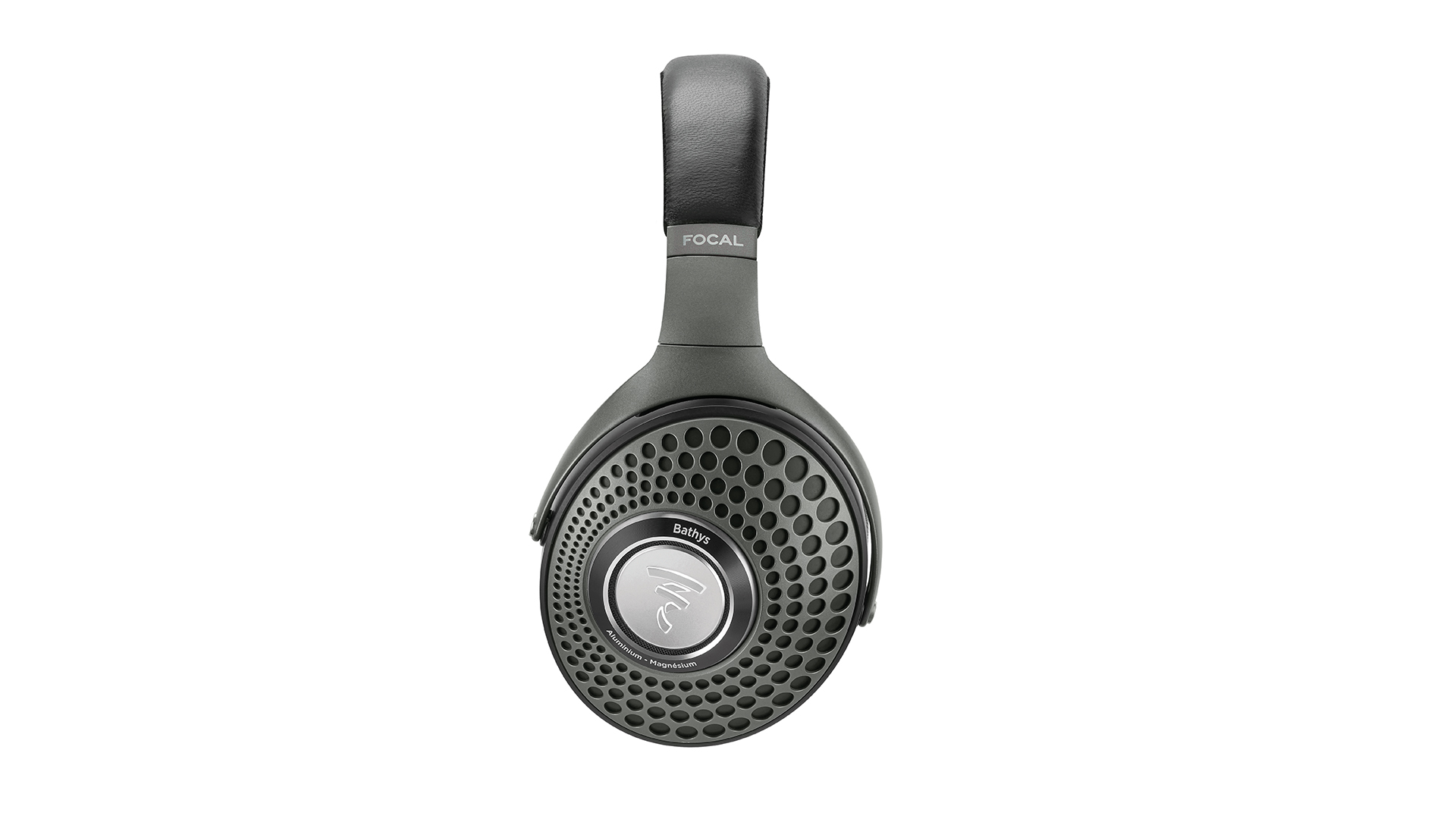
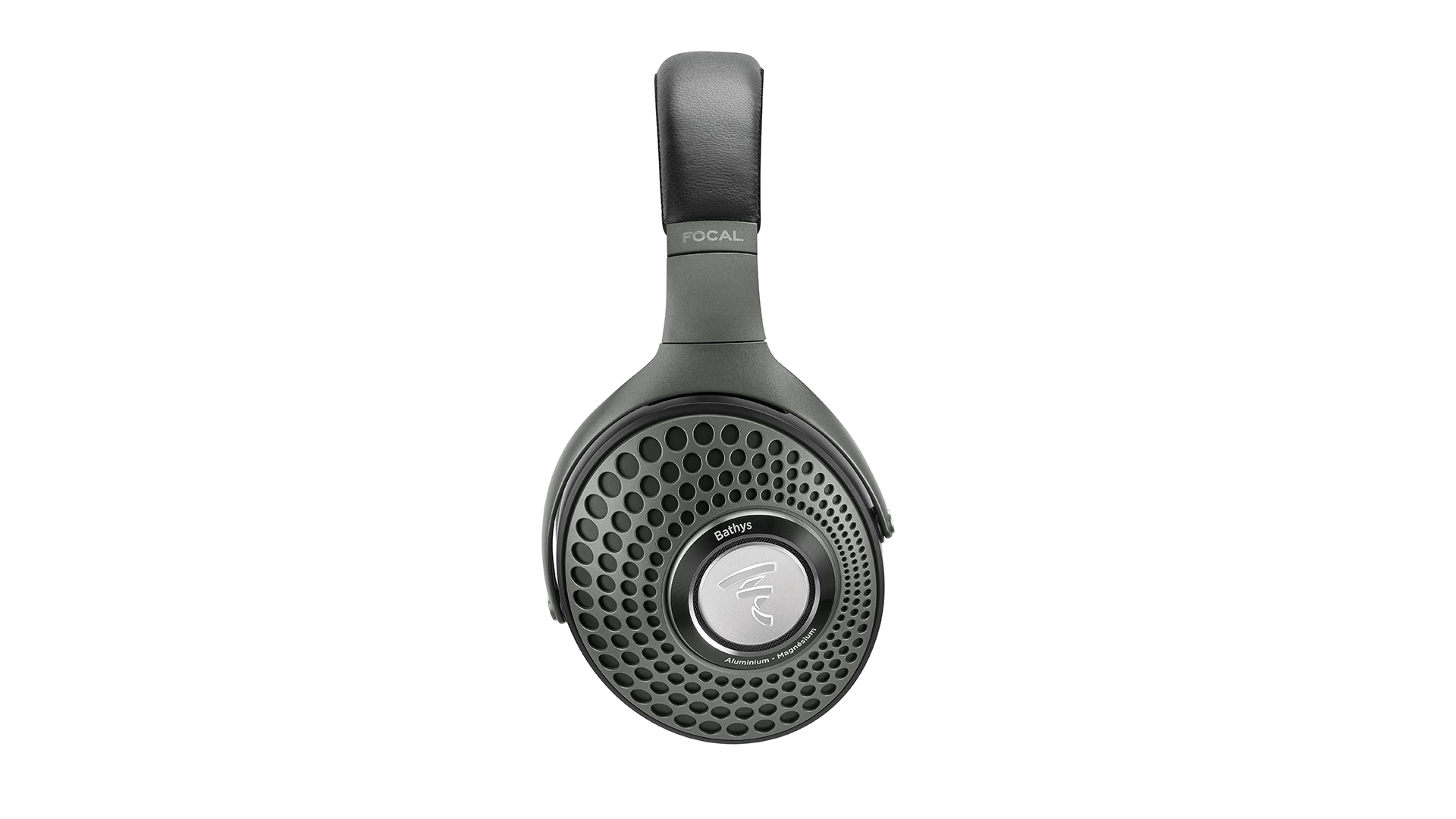
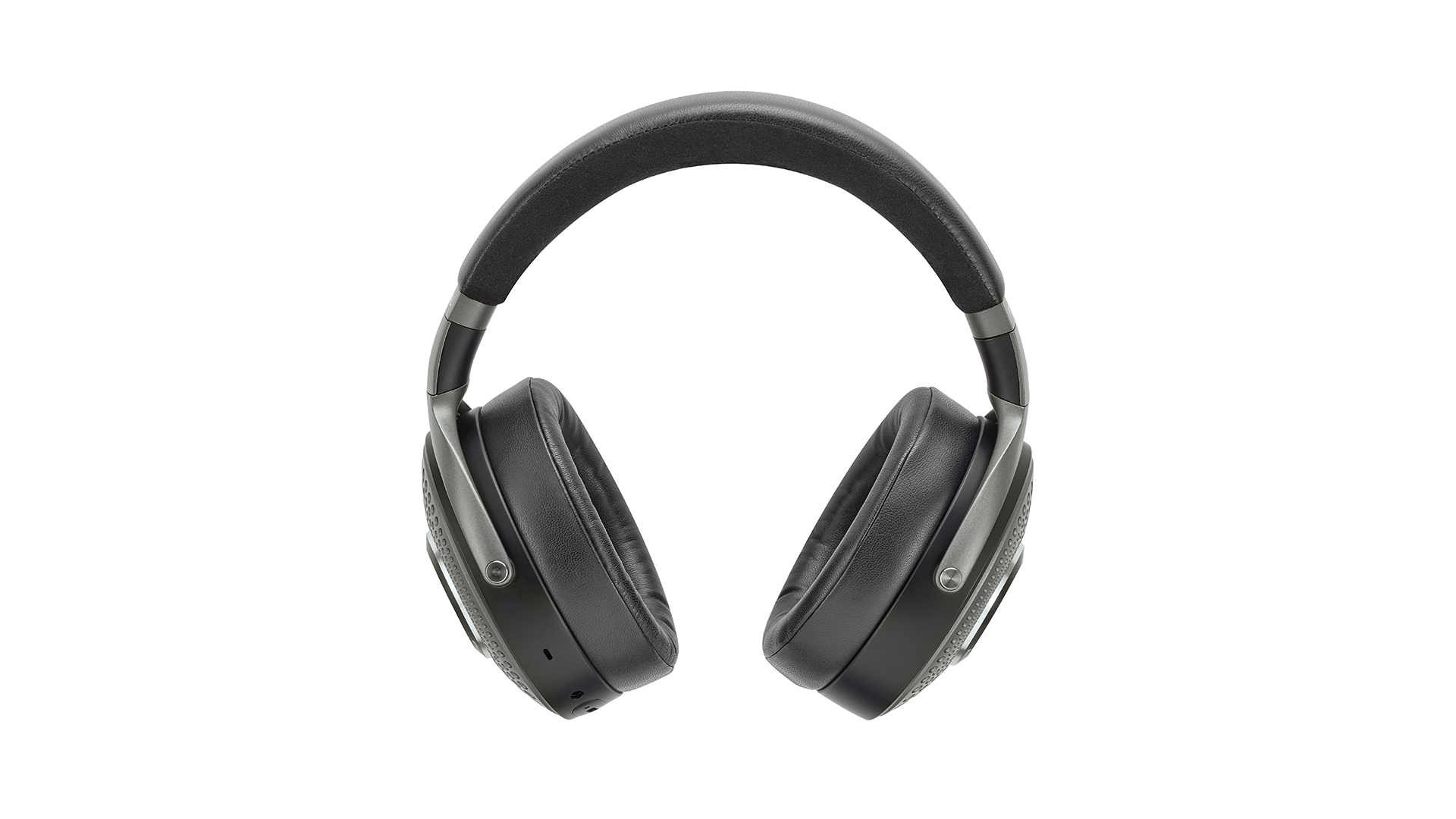
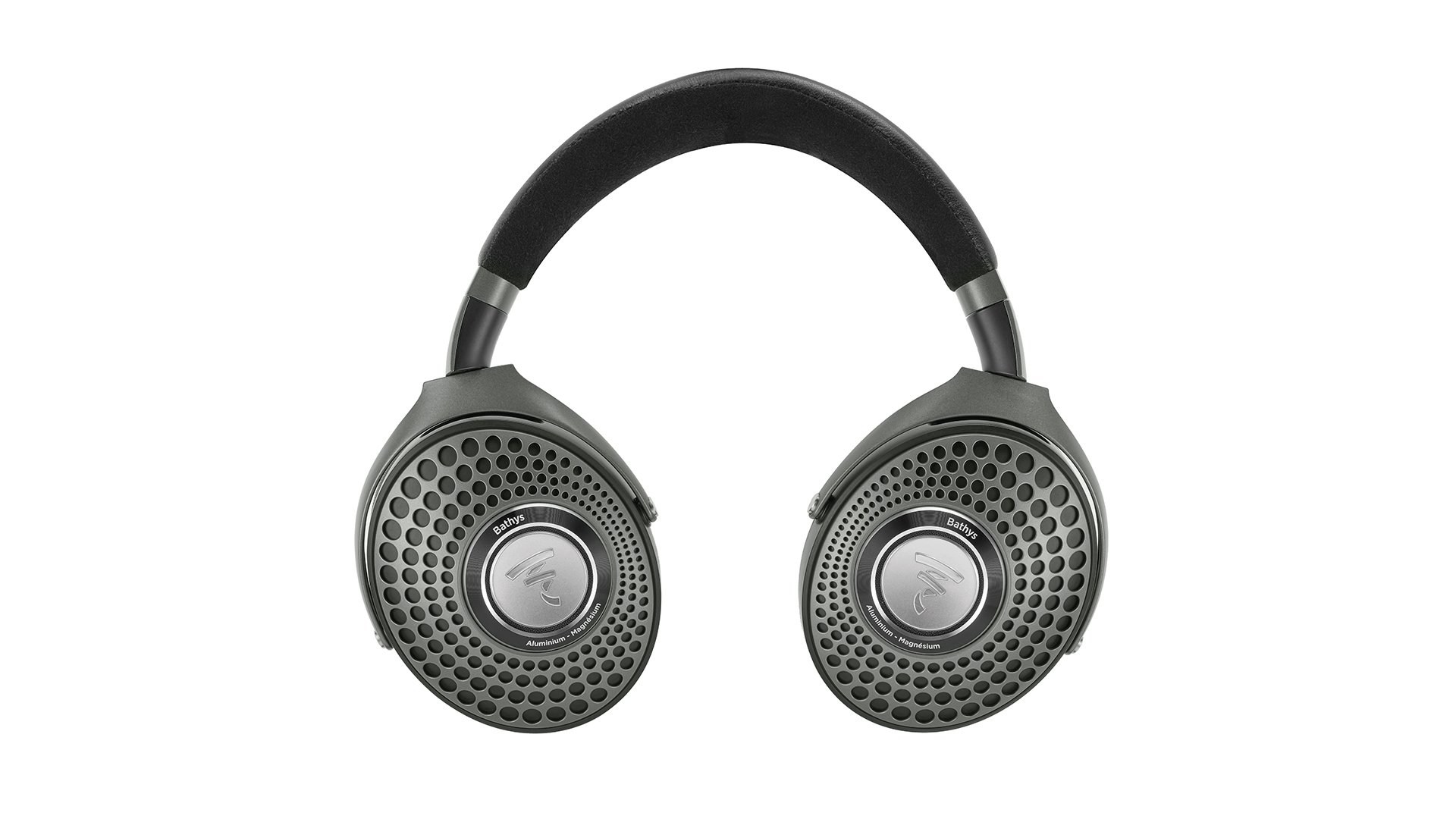
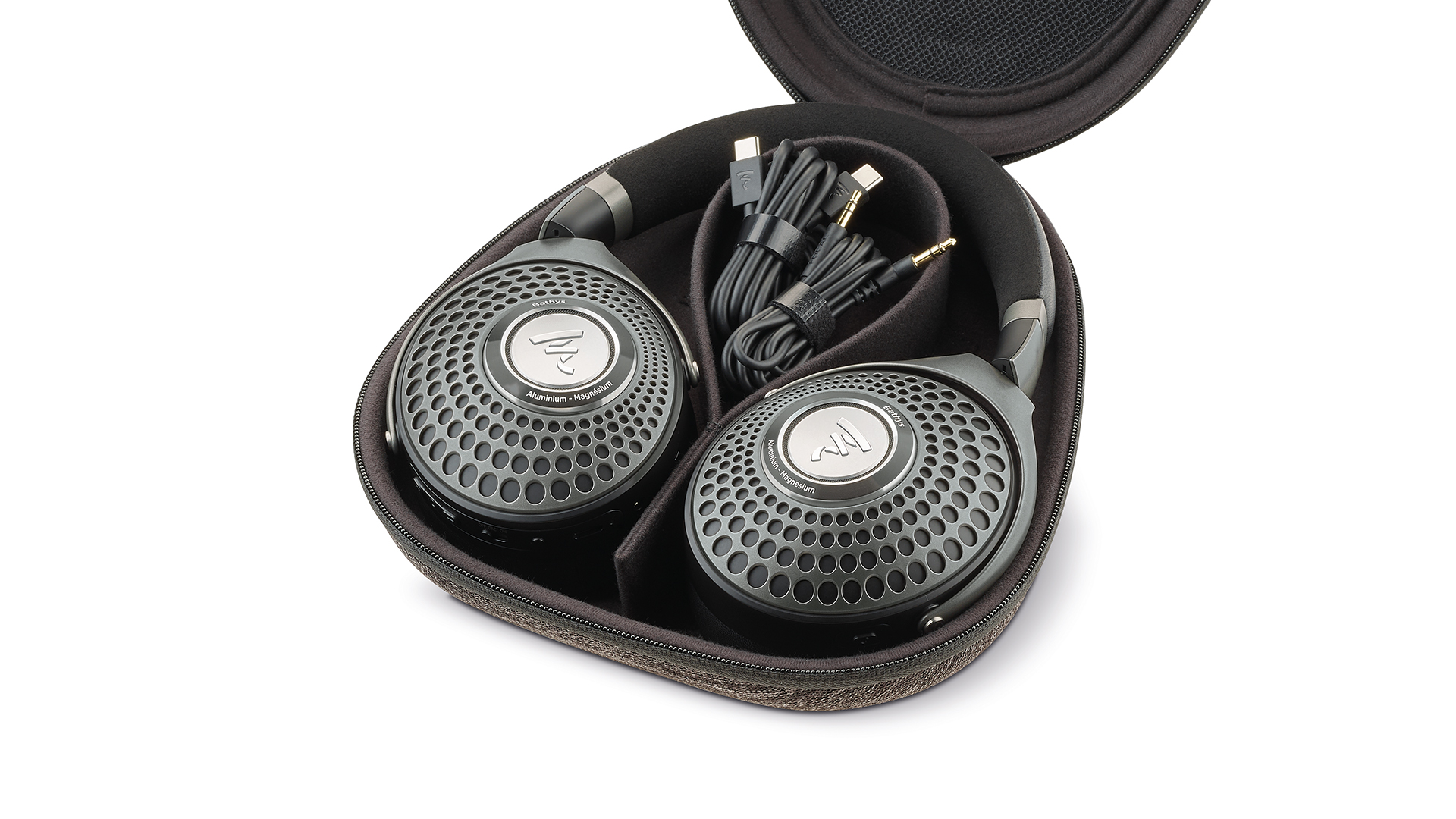
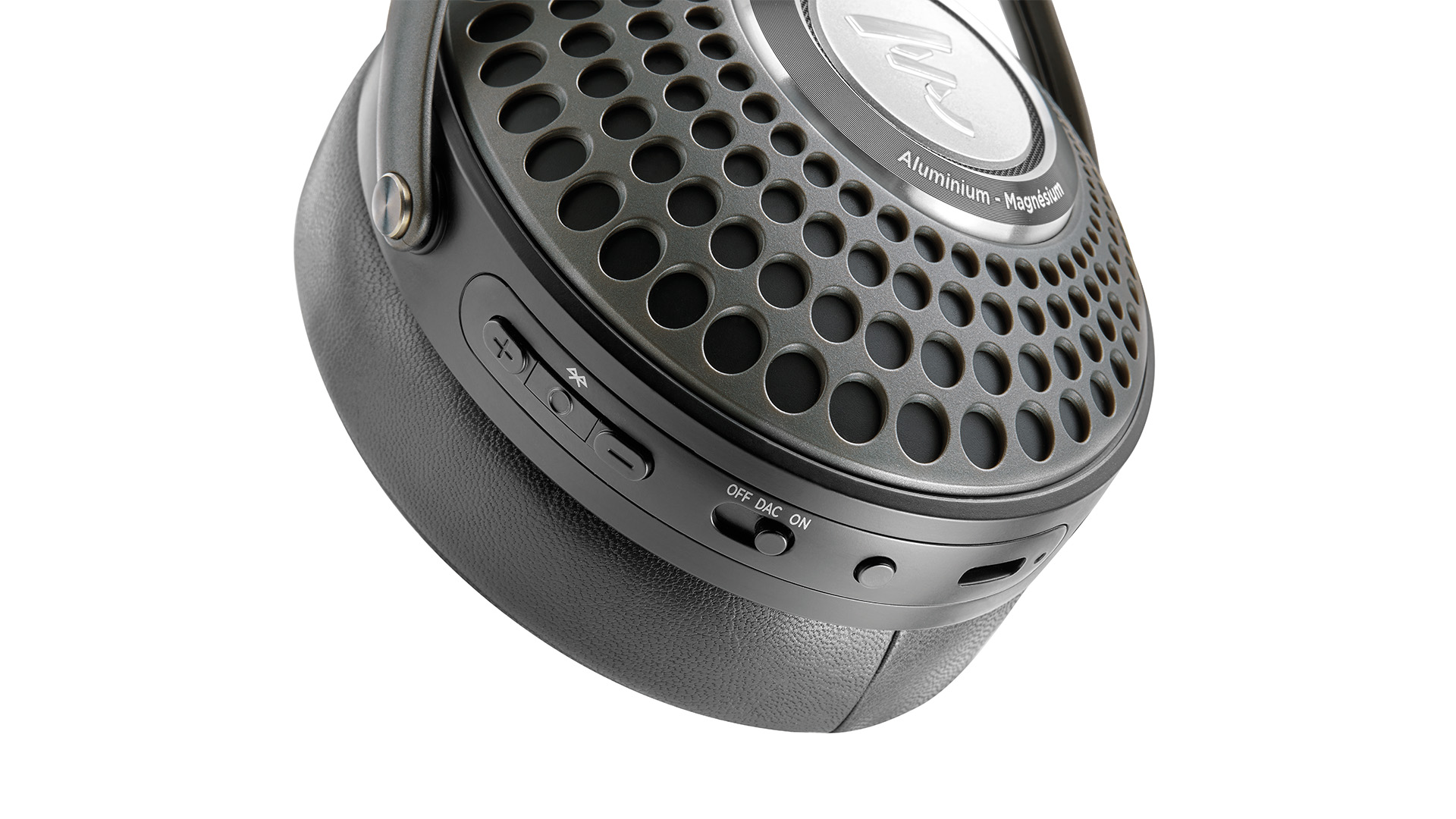
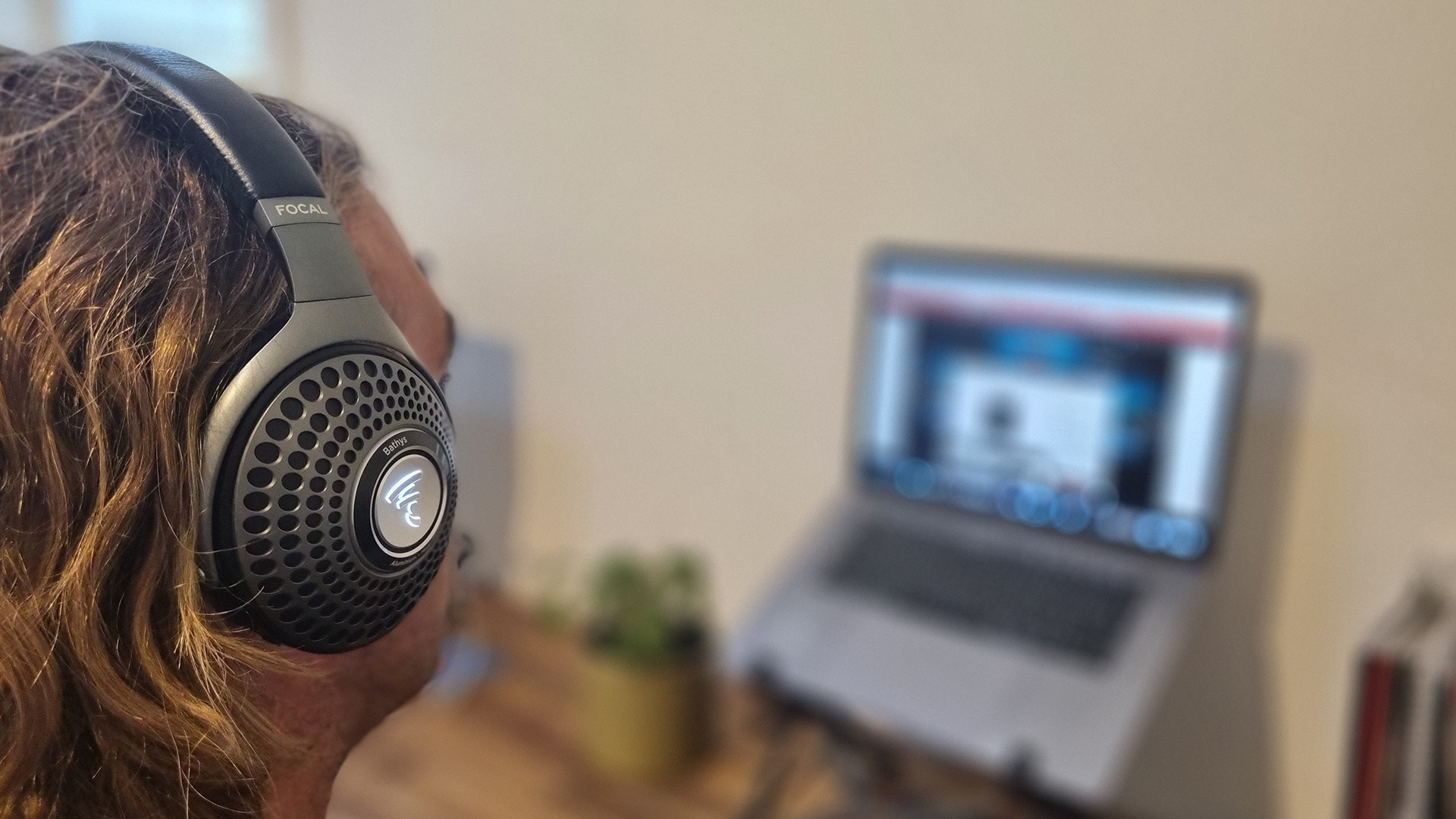
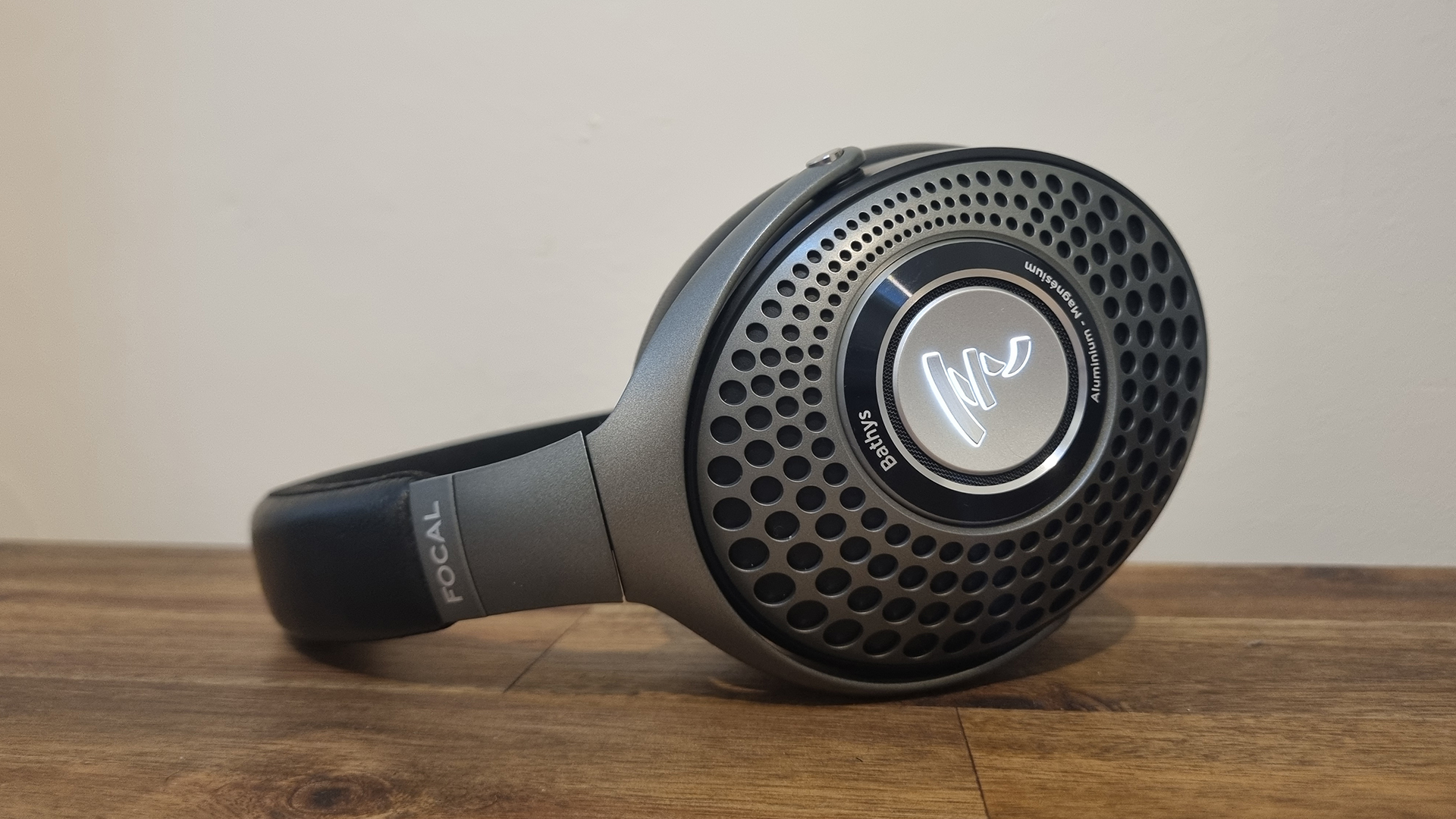
Specifications
Reasons to buy
Reasons to avoid
You want eye-catching wireless cans that make a mighty impression before you've even clamped them over your noggin? Say hello to the Focal Bathys.
Focal’s entrance into the burgeoning premium Bluetooth noise-cancelling headphones market wasn't exactly a surprise considering its presence at the premium end of the wired space, but we're still pretty knocked out by the success of its first foray.
The gorgeous-looking Bathys are highly recommended for anyone after the convenience of portability in a premium pair of headphones at this price, earning a five-star recommendation and plenty of fans along the way.
The wireless headphone performance is among the most engaging we have heard at this level, offering space and breadth with plenty of aggression, spark and passion, too. If you want them to double up as home headphones for longer listening stints, which they are more than comfortable enough to wear for, know that going wired via the built-in DAC/USB-C port does add a degree of refinement and tightness to the delivery.
They do need power to be listened to, even with wires, so just bear that in mind if you're taking them out and about.
Noise cancellation is fairly non-intrusive to the performance, too, and if you need it – as we did on two flights during testing – it does a decent job of diminishing distracting outside world noise from your music listening in ‘Silent’ mode.
Overall, a spectacular pair of premium wireless headphones that signal Focal's intentions pretty clearly in this market. Watch out, Apple!
Read the full Focal Bathys review
Also consider
The best (other) AirPods Max alternatives we've tested:
Bowers & Wilkins Px8: One of the few wireless pairs priced higher than the AirPods Max, the Px8 are worth every penny. They feel luxurious, have features galore and deliver serious musical insight and enjoyment.
Mark Levinson No. 5909: These were a previous pick as best for audiophiles. Their sound quality remains fantastic all these years later, they're built to last and have decent active noise cancellation, too. They're end of line now, so grab them while you can.
Shure Aonic 50: Shure's first wireless headphones are very good, but do have room for improvement. They dig up an outstanding level of detail with a solid low end, but the carry case is as bad as the AirPods Max's, and the noise cancelling pales in comparison to the best around.
Dali IO-8: Another previous 'best audiophile' entry, the IO-8 sound clean, crisp and detailed, with expressive dynamics and a pleasingly rhythmic drive. Battery life and build quality are also terrific, though the controls could be more responsive.
Sony WH-1000XM5: The XM5 won a What Hi-Fi? Award three years running, and deservedly so. Great sound, excellent design and superior noise cancellation make these fantastic all-rounders. And now the XM6 are here, the chances of a deal are high.
Focal Bathys MG: If money is no object, the Bathys MG are for you. They take wireless headphones to a whole new level with impeccable build quality and a wonderfully balanced sound.
How to choose
Chief among the AirPods Max's skills are wireless connectivity and active noise cancelling (ANC). So any alternative you're looking at will have to offer both of those.
Wireless connectivity means the cans will need a battery, and ANC is a real battery drain. The AirPods Max manage 20 hours of run time before needing a recharge – look for at least a similar battery life from any alternative headphones on your shortlist.
While we're on noise cancelling, some pairs have gradients of noise cancelling (most notably the Bose Noise Cancelling Headphones 700), and some just have two settings: on or off. What's best for you really depends on how much you'll use the noise cancelling, and in which situations.
As well as noise cancelling, Apple's on-ears offer a transparency mode, which allows in outside sound. It's handy if you'd like to hear a station announcement, or to have a quick chat with a friend or colleague, and don't want to take your headphones off.
Lots of other headphones have the same feature, but it can come under different names (like talk through).
How we test
We test most products in our state-of-the-art testing rooms, but AirPods Max alternatives are a little different. One of their main selling points is noise cancellation, and you can't test that in a quiet room.
Instead we head out into the field, using them on packed trains, in crowded pubs, down busy streets and in chatty offices. Like all products we test, we use them as if we had bought them in order to see how they really perform.
We don't take manufacturers' claims at face value, but test every aspect of the headphones ourselves. Does the battery life match what the maker claims? How does call quality fare? We download any partnering mobile apps and control the headphones that way, and of course consider comfort and ease of use during our long listening sessions.
We always compare AirPods Max alternatives to rival headphones in their price bracket, as testing in isolation is like wearing blinkers. Our stock room is packed with the best headphones of all makes and styles from the last few years, so we're never short of comparison pairs.
And with over 100 years of experience between us, our reviews team is one of the most seasoned in the business.
We pool that knowledge on every review, agreeing all verdicts as a team rather than allowing one member to have solely their say on a product. That way we avoid personal preference and make sure we haven't missed anything.
We aren't guided by PR companies or sales people when it comes to how many stars we award, and we never have been. We're proud of the reputation we've built over nearly 50 years as the home of honest, accessible and unbiased reviews – our only goal is to help you buy the best kit possible for your budget.
For more, check out our how we review page.
F.A.Q
Are any headphones better than the AirPods Max?
Yes they are. The AirPods Max may have widened the market for wireless headphones, creating a new level above the then industry leaders, but plenty of rivals have since stepped in to challenge them. All of the above pairs work better with Android devices than the AirPods Max, some have better noise cancellation and some sound better too.
What is the Android equivalent of AirPods Max?
There's not one Android equivalent, but all of the above offer the same features to Android users as to iOS. Which is not something that's matched by the AirPods Max.
Are AirPods Max even good?
It depends. For Apple users, they're pretty great. But if don't use an iOS device, you won't be able to use all their features. That's a lot of money to spend without reaping the full benefit. In that case, you might be better off with one of the AirPods Max alternatives suggested here.
When are AirPods Max 2 coming out?
They're out now! The 2024 model is more of a refresh than a proper sequel – the only initial changes were new colour schemes and a USB-C port in place of the Lightning one. But Apple subsequently added lossless playback and wired listening.
Recent updates
- 4th November 2025: Replaced Bose Noise Cancelling Headphones 700 with Focal Bathys MG in 'Also consider'. Updated intro to mention recent headphone launches. Added 'What Hi-Fi? Awards winner' line to Sony WH-1000XM6 entry.
- 4th July 2025: Replaced Sony WH-1000XM5 with XM6. Moved XM5 to 'Also consider'.
- 28th April 2025: Replaced Dali IO-8 with Bowers & Wilkins Px7 S3. Moved Dali IO-8 to 'Also consider'.
- 11th February 2025: Replaced Mark Levinson No. 5909 with Dali IO-8. Moved Mark Levinson No. 5909 to 'Also consider'.
- 12th December 2024: Updated intro. Added link to our 'how we test and review headphones' page. Mentioned the recent Mark Levinson No. 5909 price cut.
- 23rd September 2024: Updated intro to focus on new model of AirPods Max. Removed duplicate headings in The Quick List section. Edited Q&A to mention 2024 refresh of AirPods Max.
- 22nd July 2024: Updated intro to reflect new rival models and updated advice in How to Choose section.
- 10th May 2024: Updated the intro and edited one of the FAQs.
- 1st March 2024: Updated our advice and testing process, and removed B&W Px8 and B&W Px7 S2 entries from the main list.
- 18th September 2023: Added Focal Bathys and Mark Levinson No. 5909 to the main list.
Today's best AirPods Max alternatives deals
The latest hi-fi, home cinema and tech news, reviews, buying advice and deals, direct to your inbox.
Joe has been writing about tech for 20 years, first on staff at T3 magazine, then in a freelance capacity for Stuff, The Sunday Times Travel Magazine (now defunct), Men's Health, GQ, The Mirror, Trusted Reviews, TechRadar and many more. His specialities include all things mobile, headphones and speakers that he can't justifying spending money on.
- Harry McKerrellSenior staff writer

